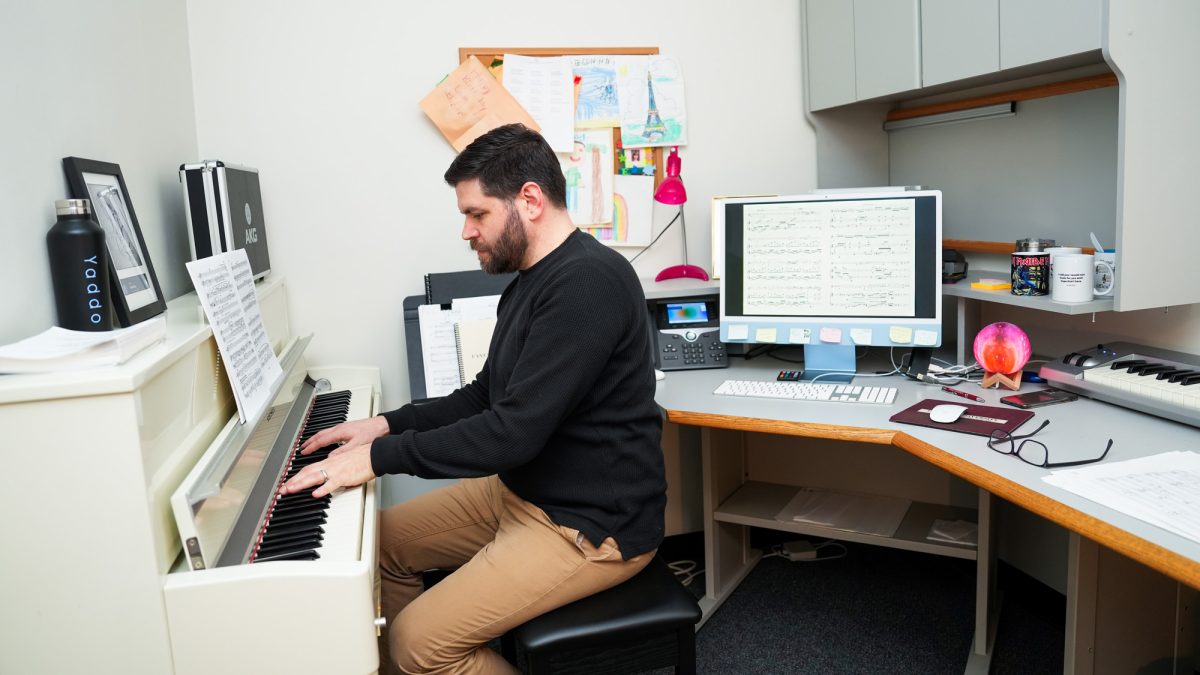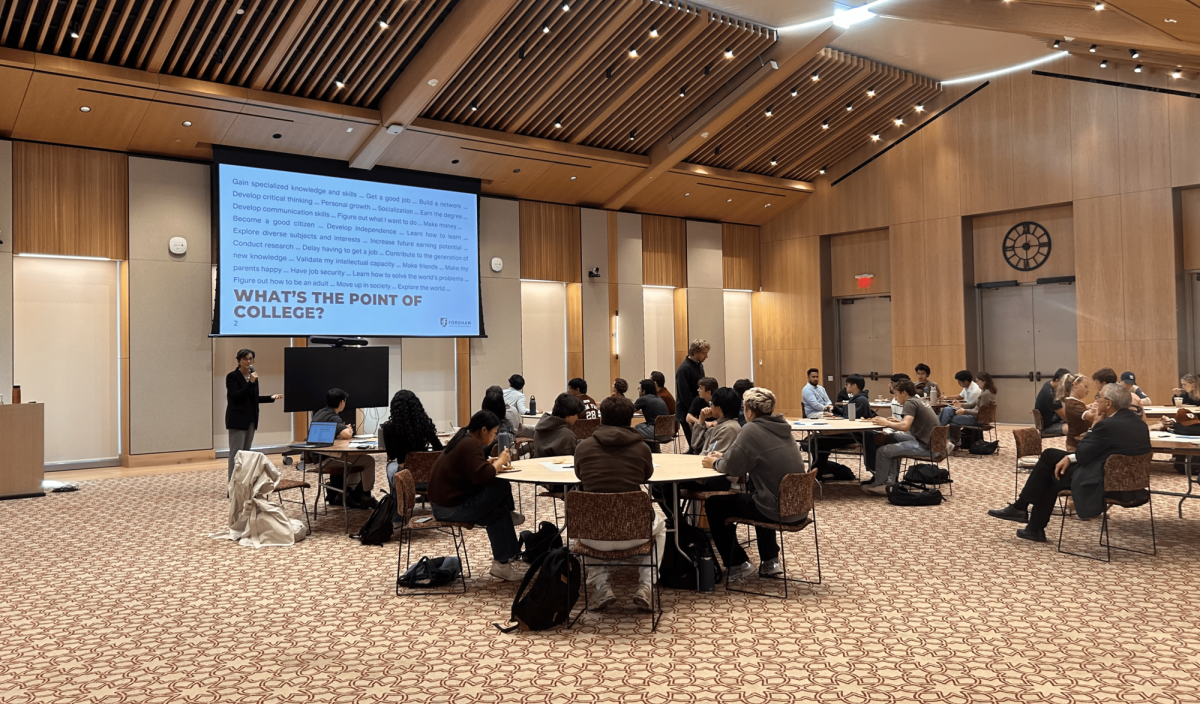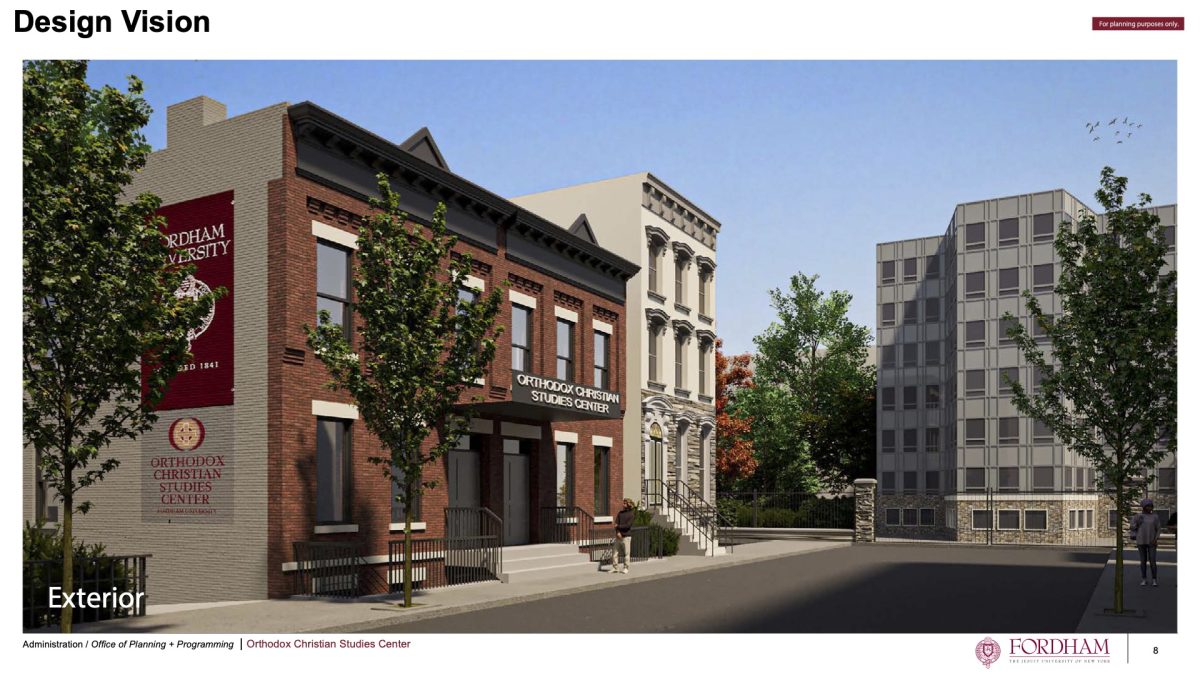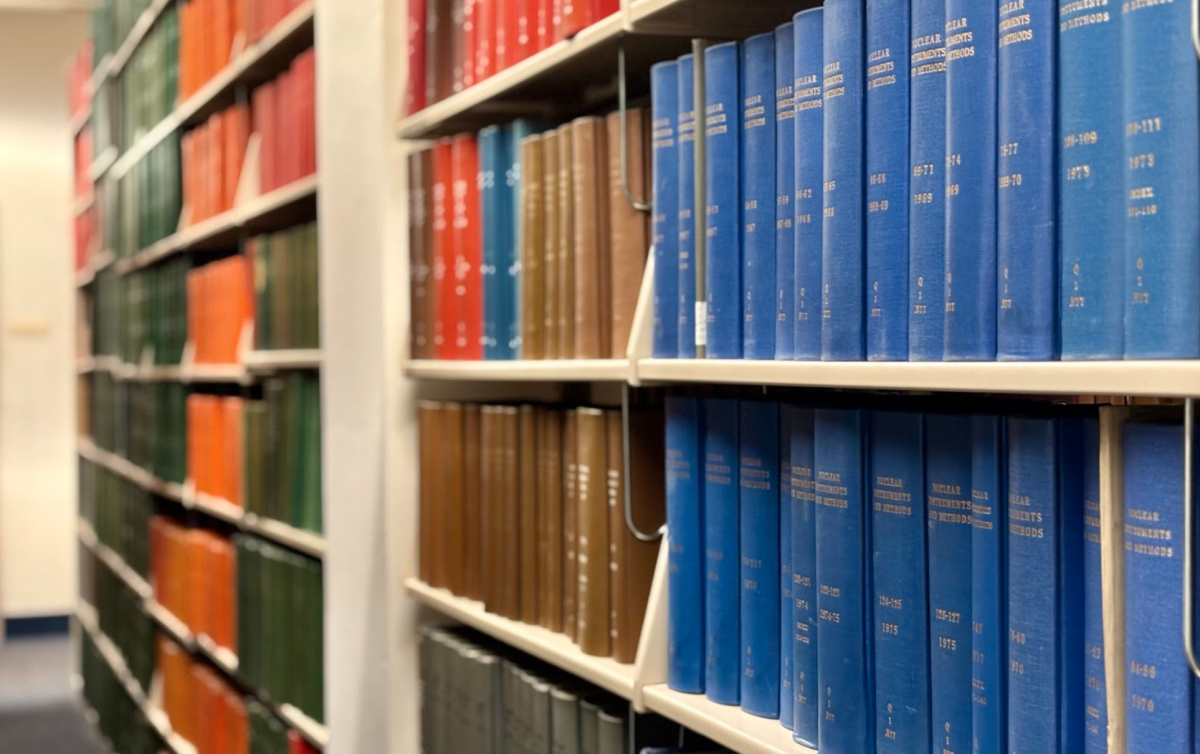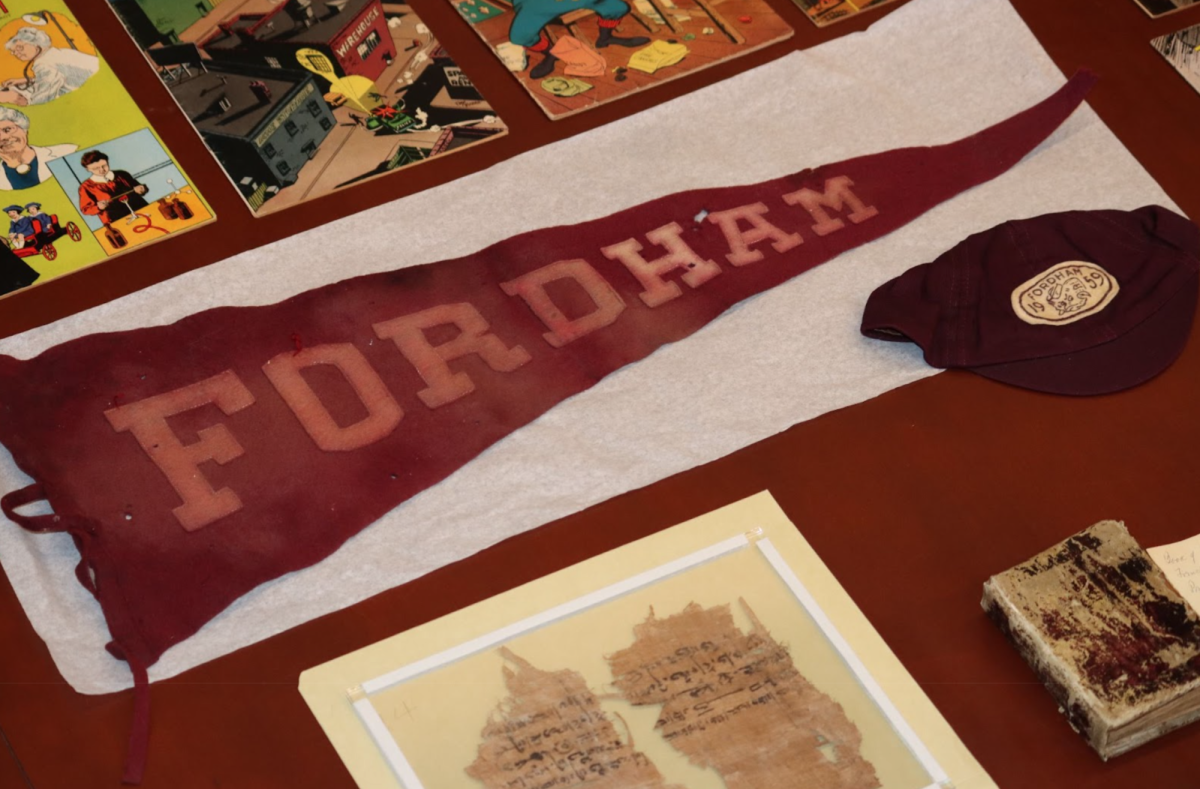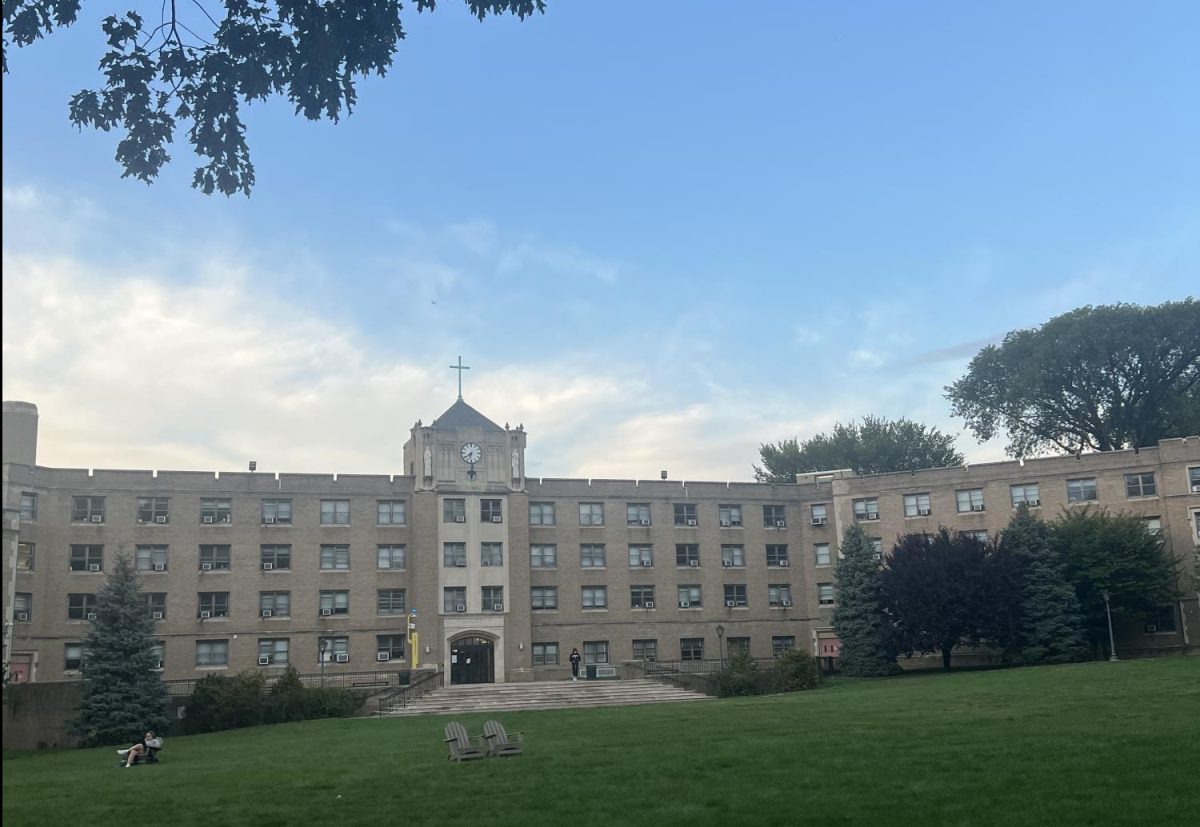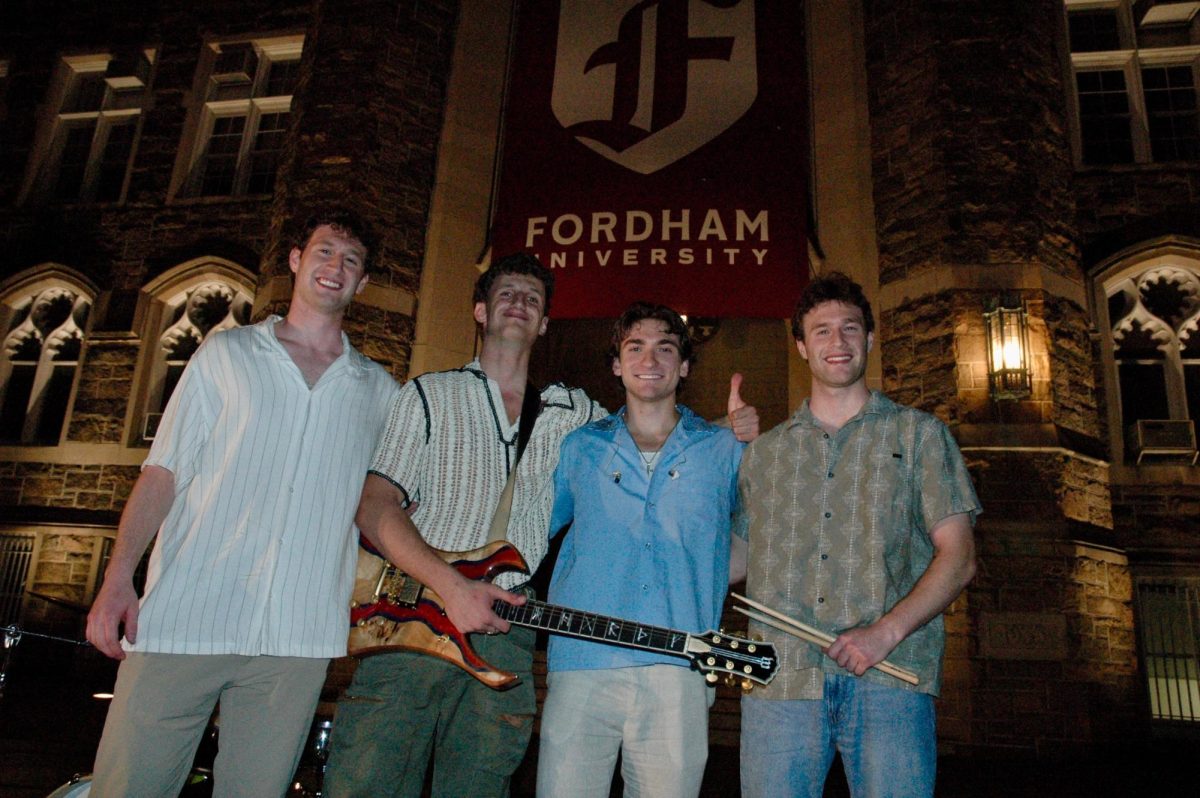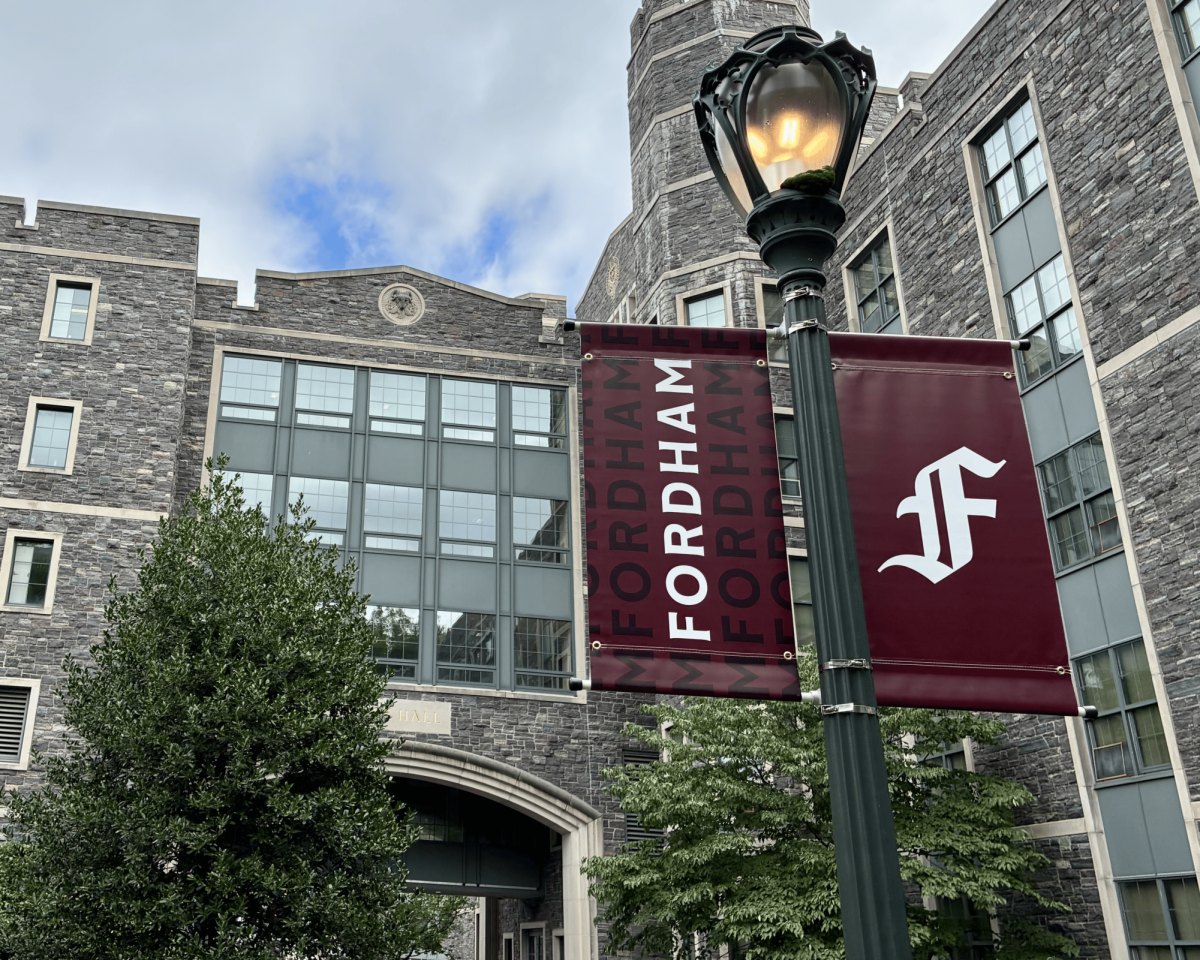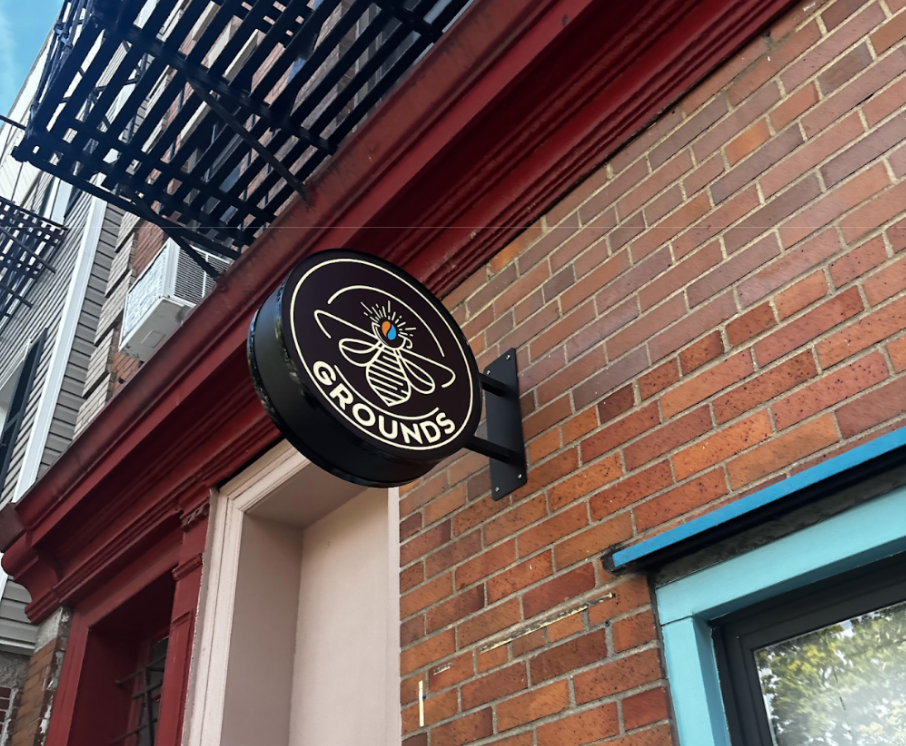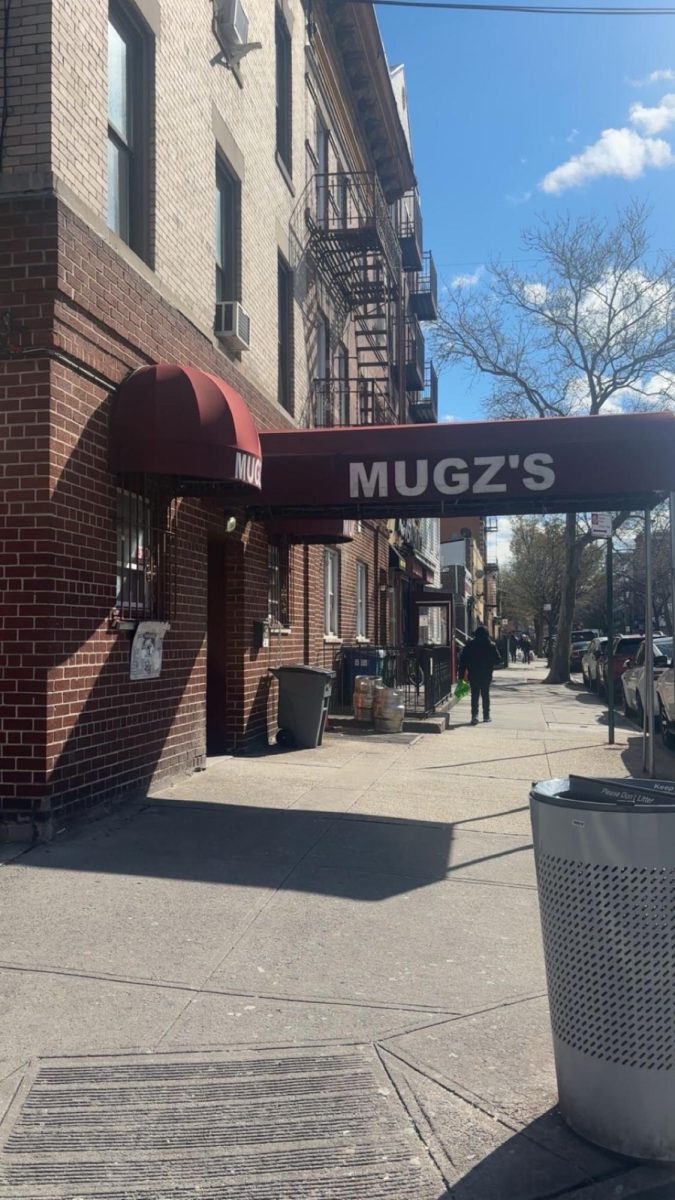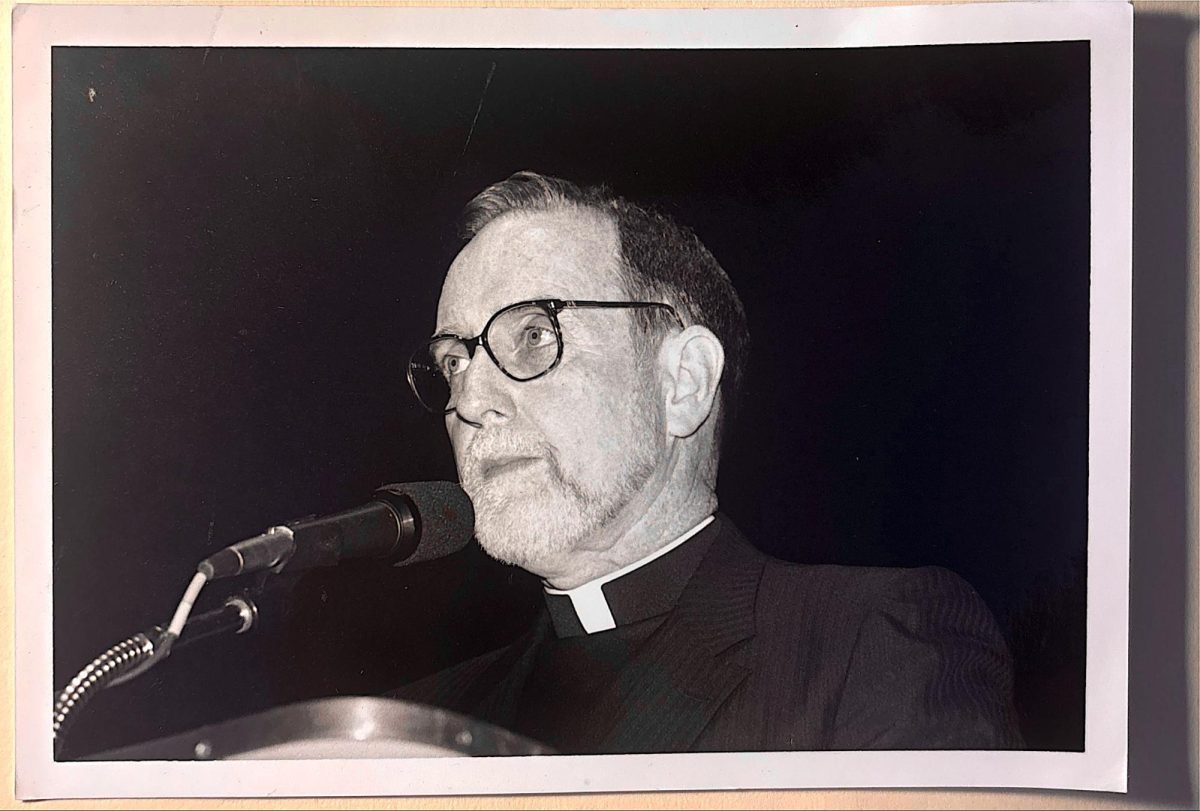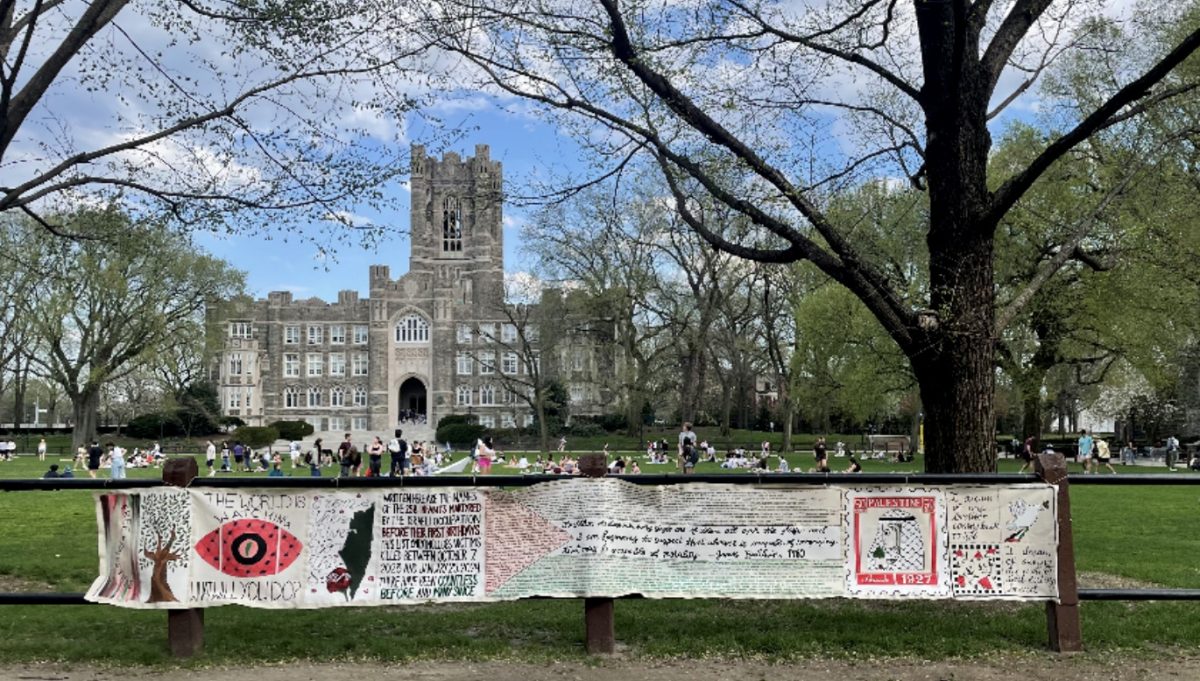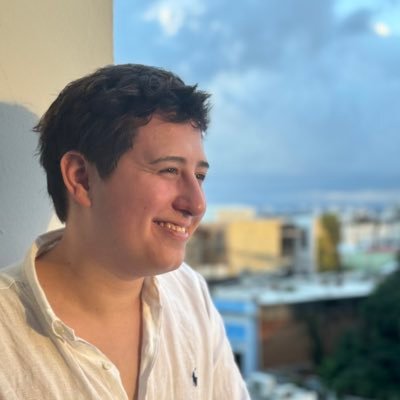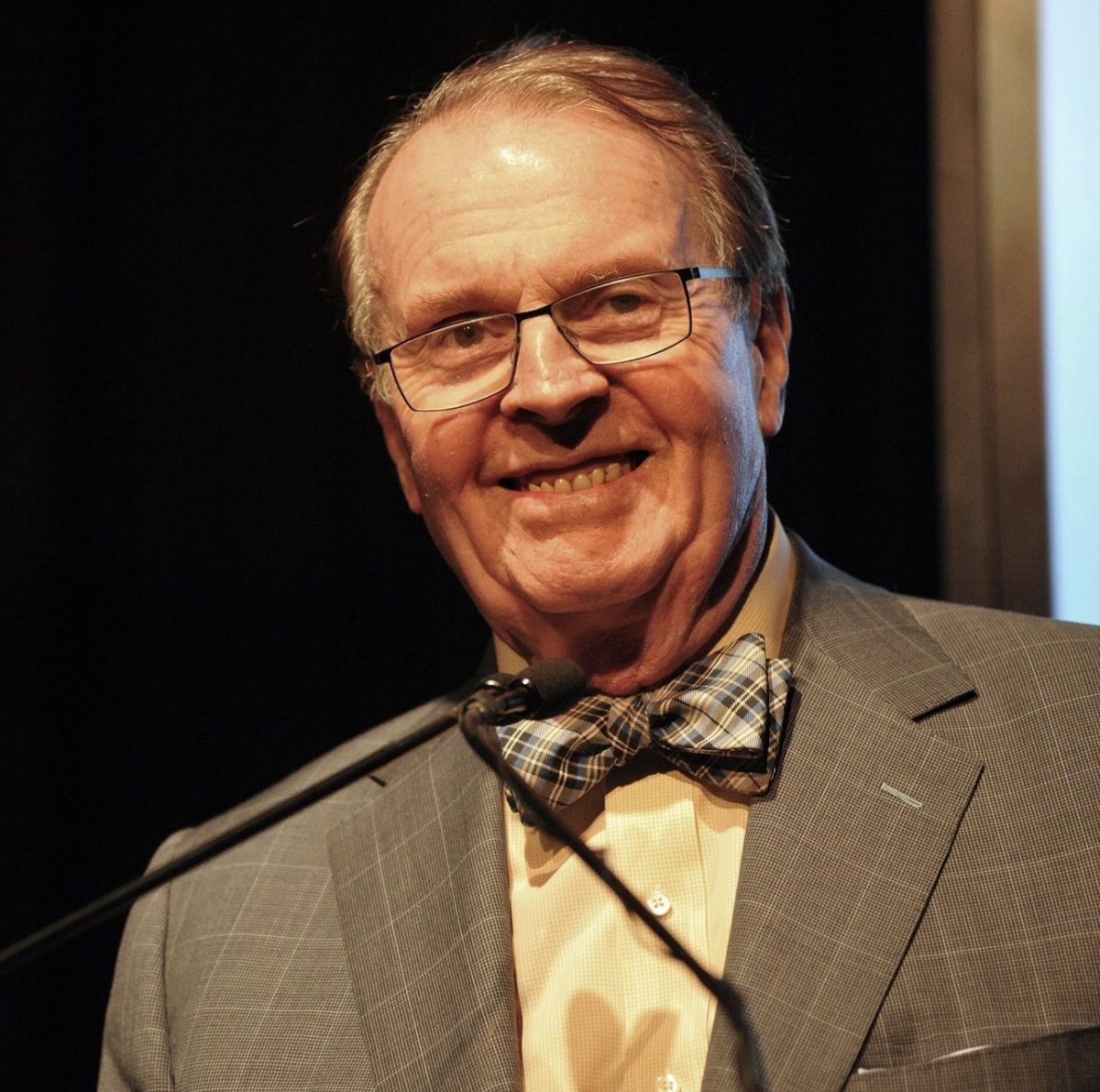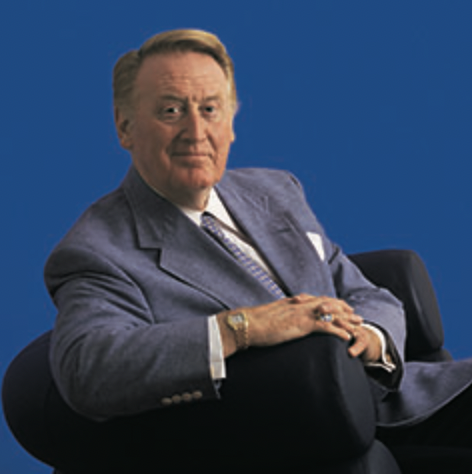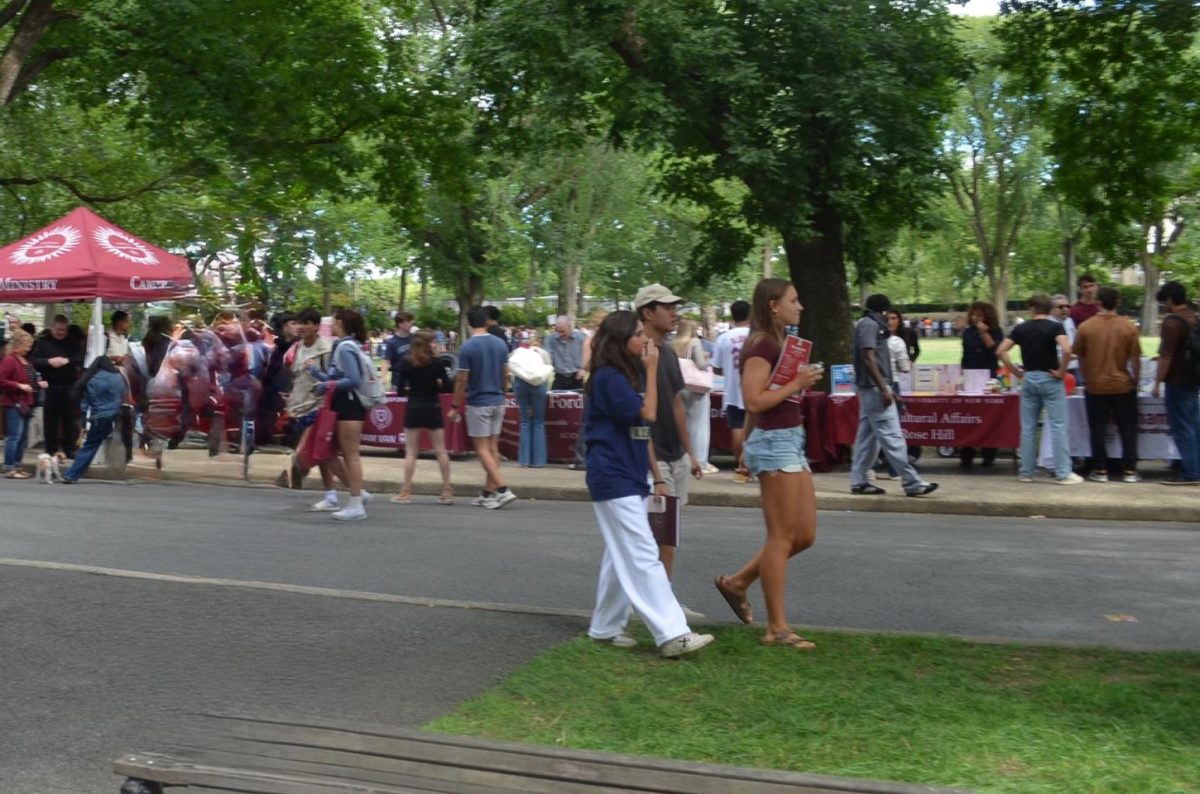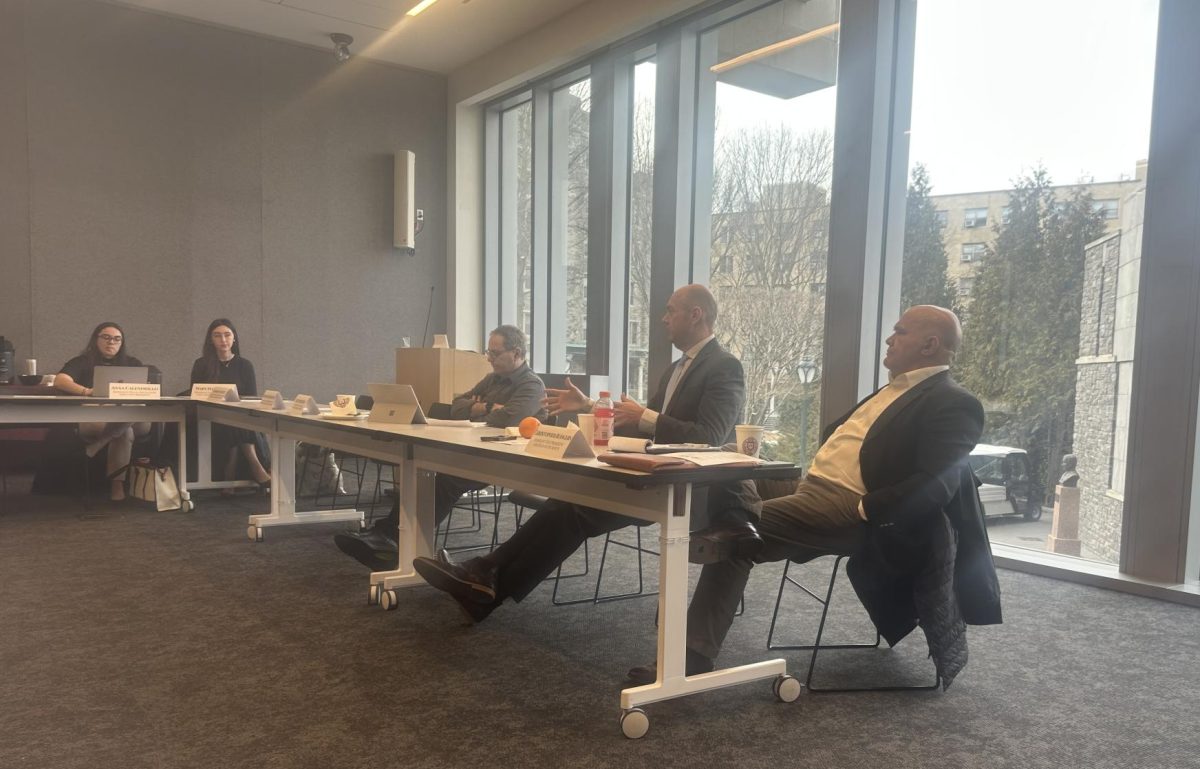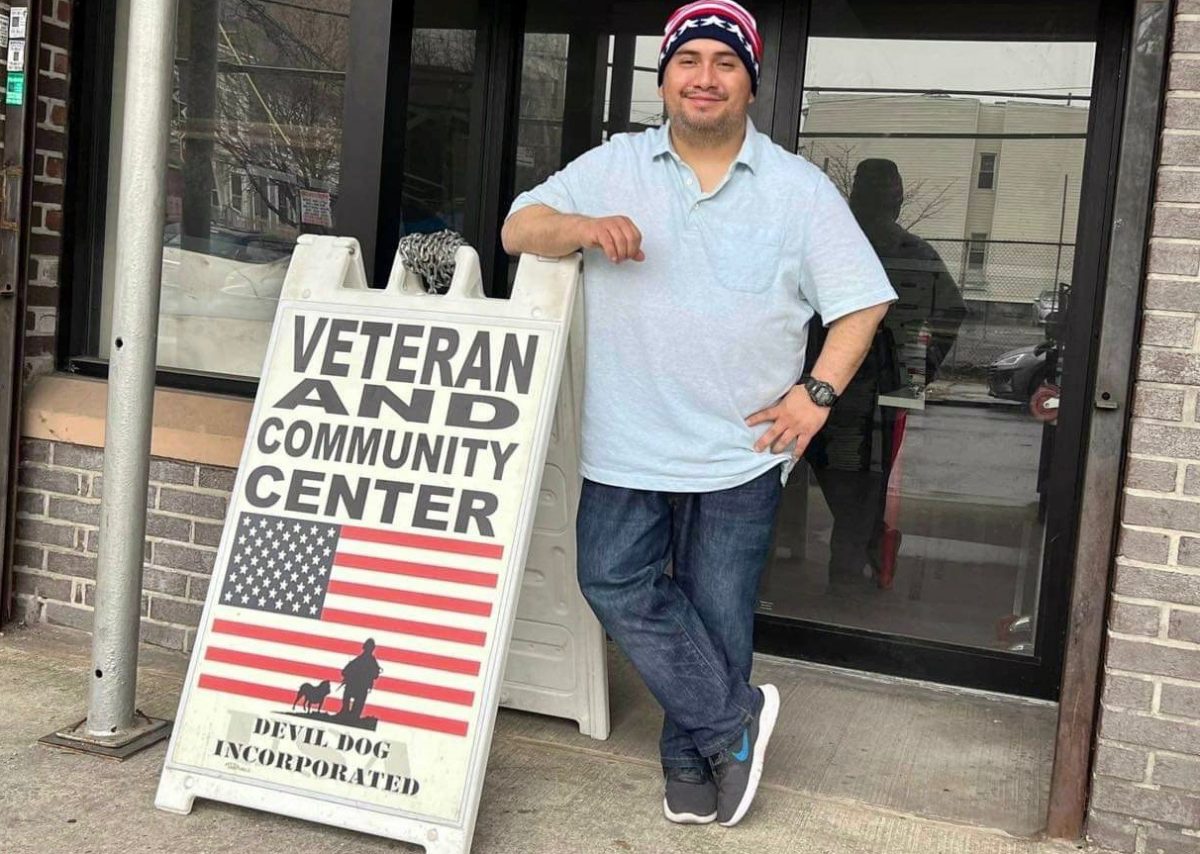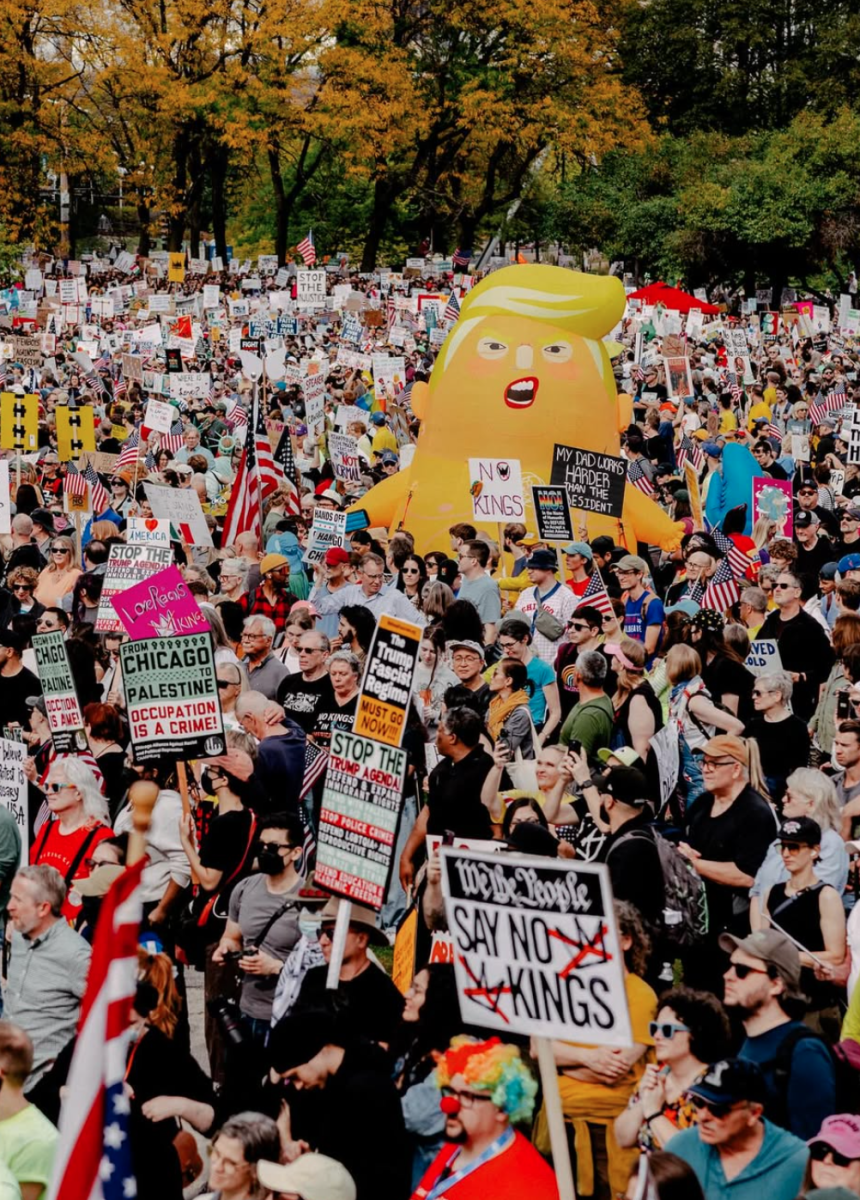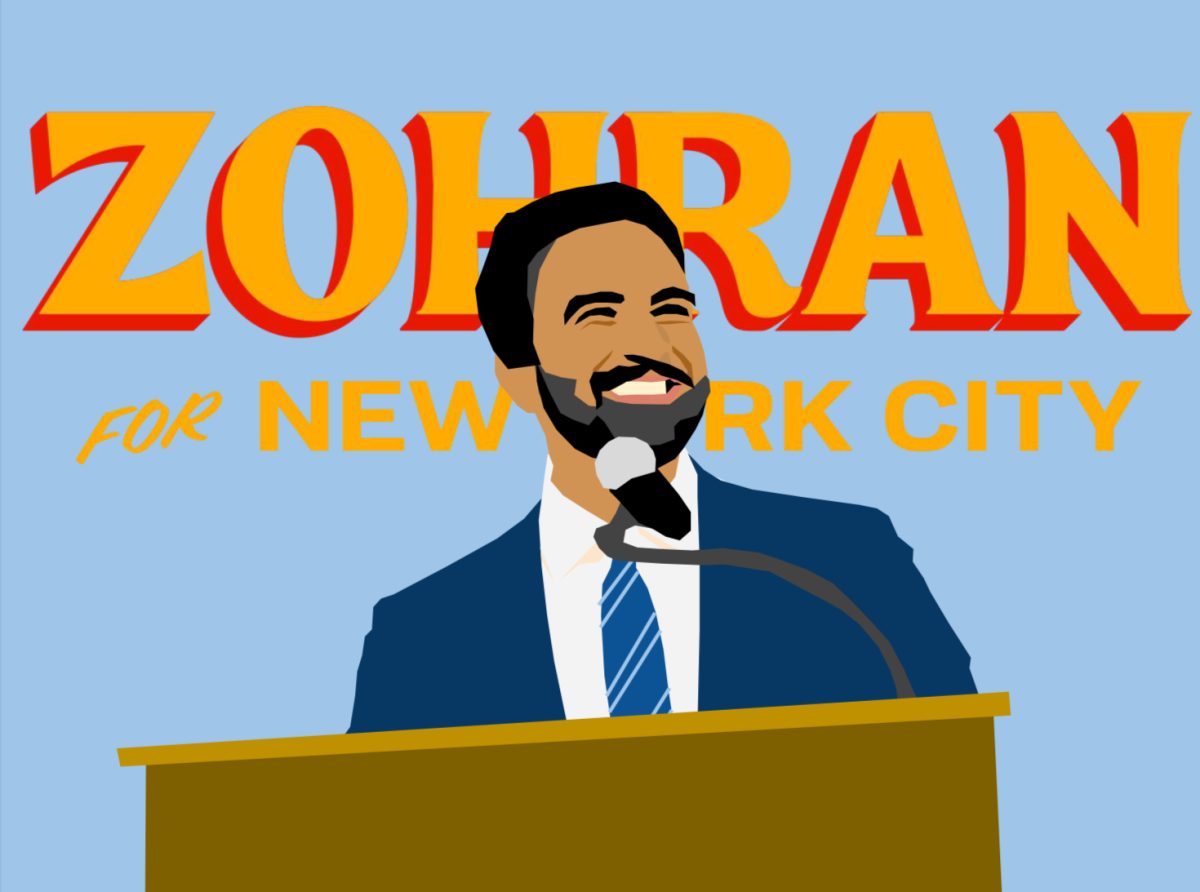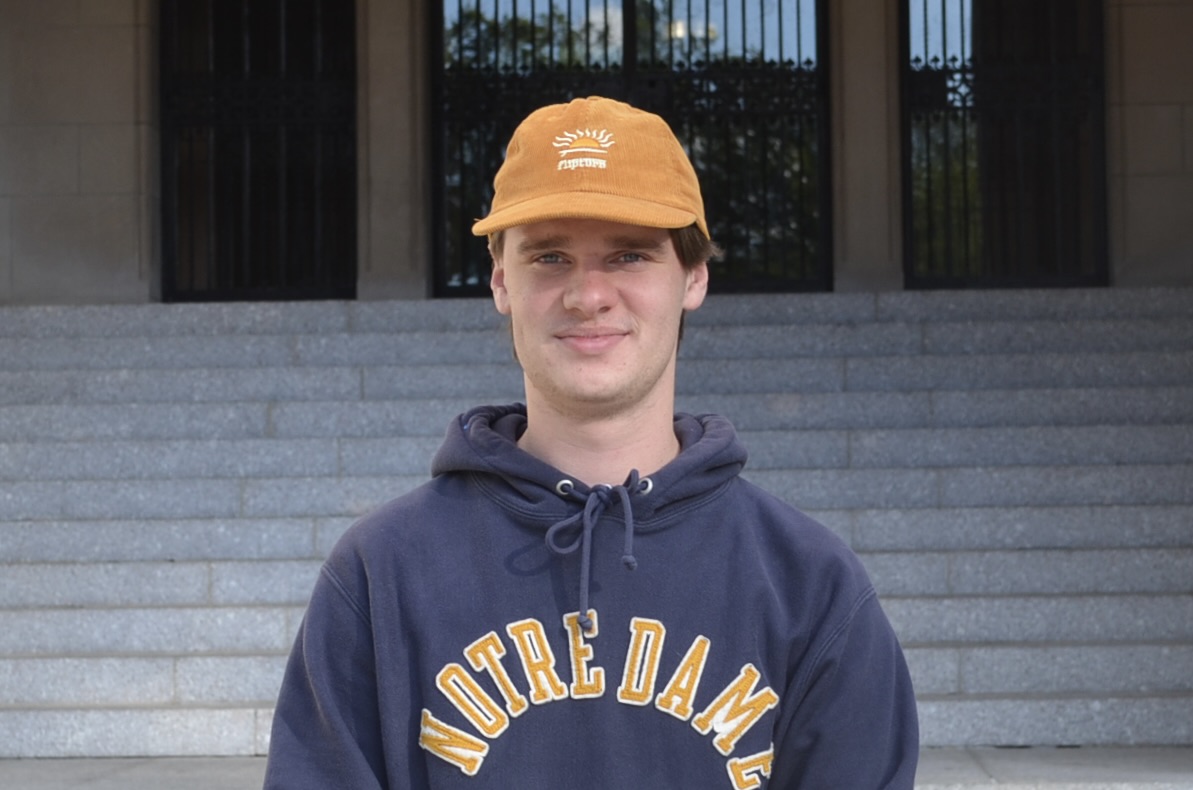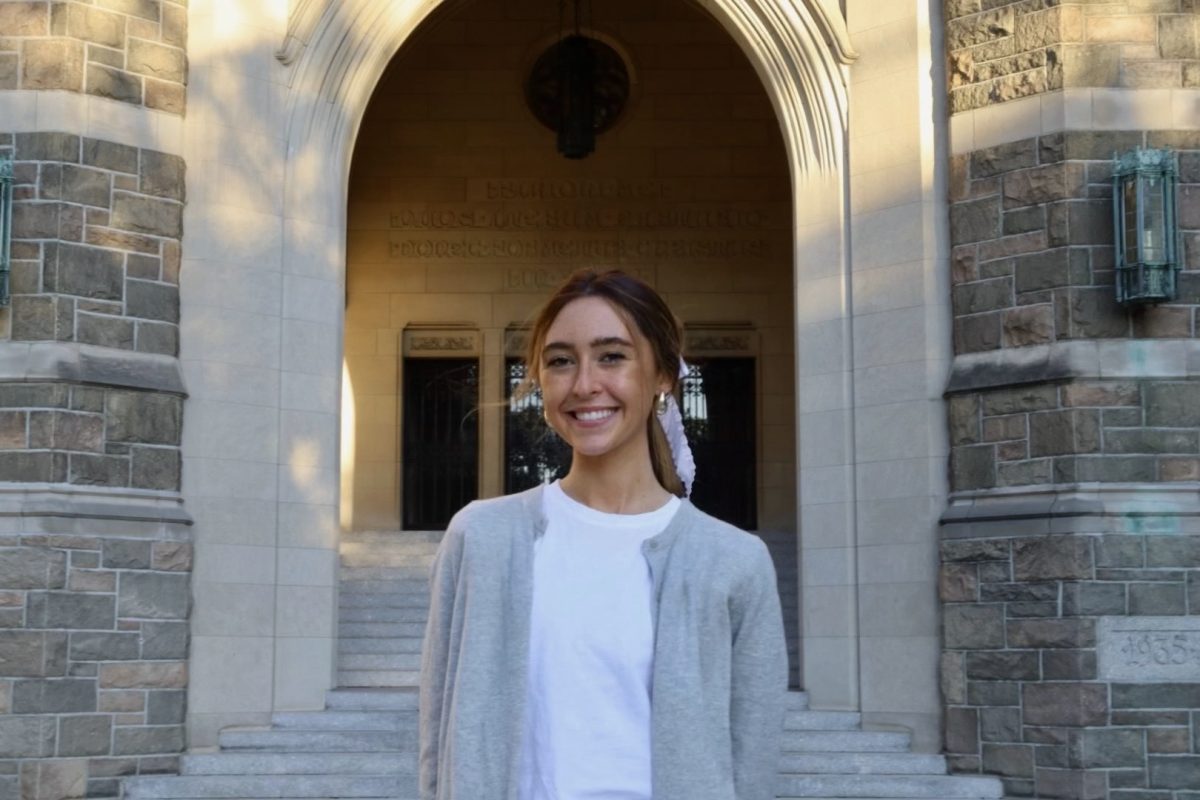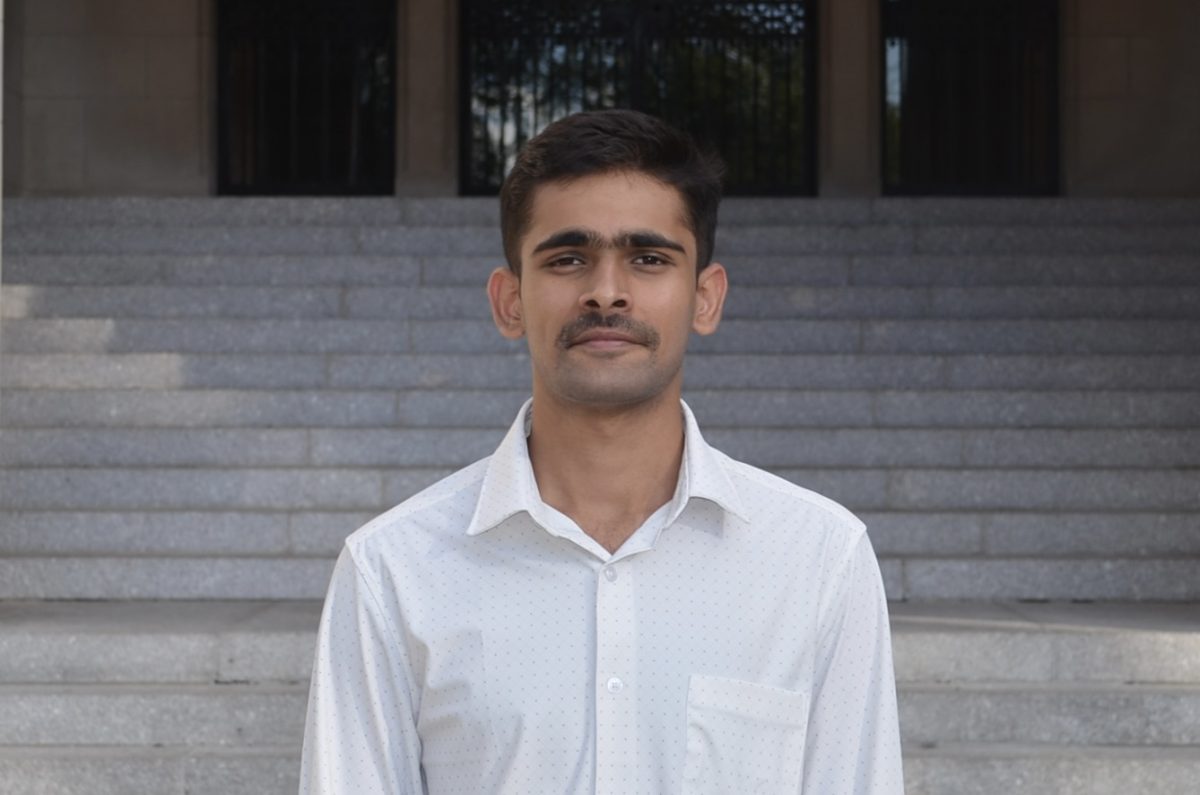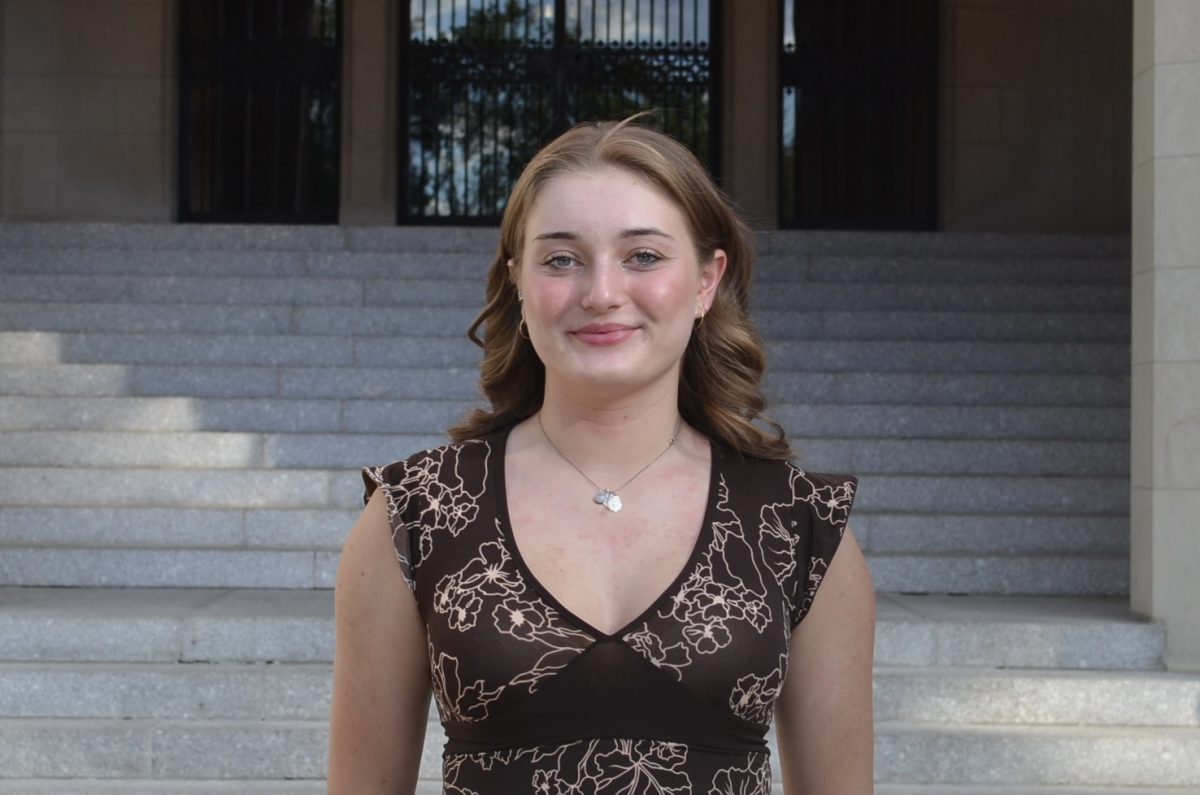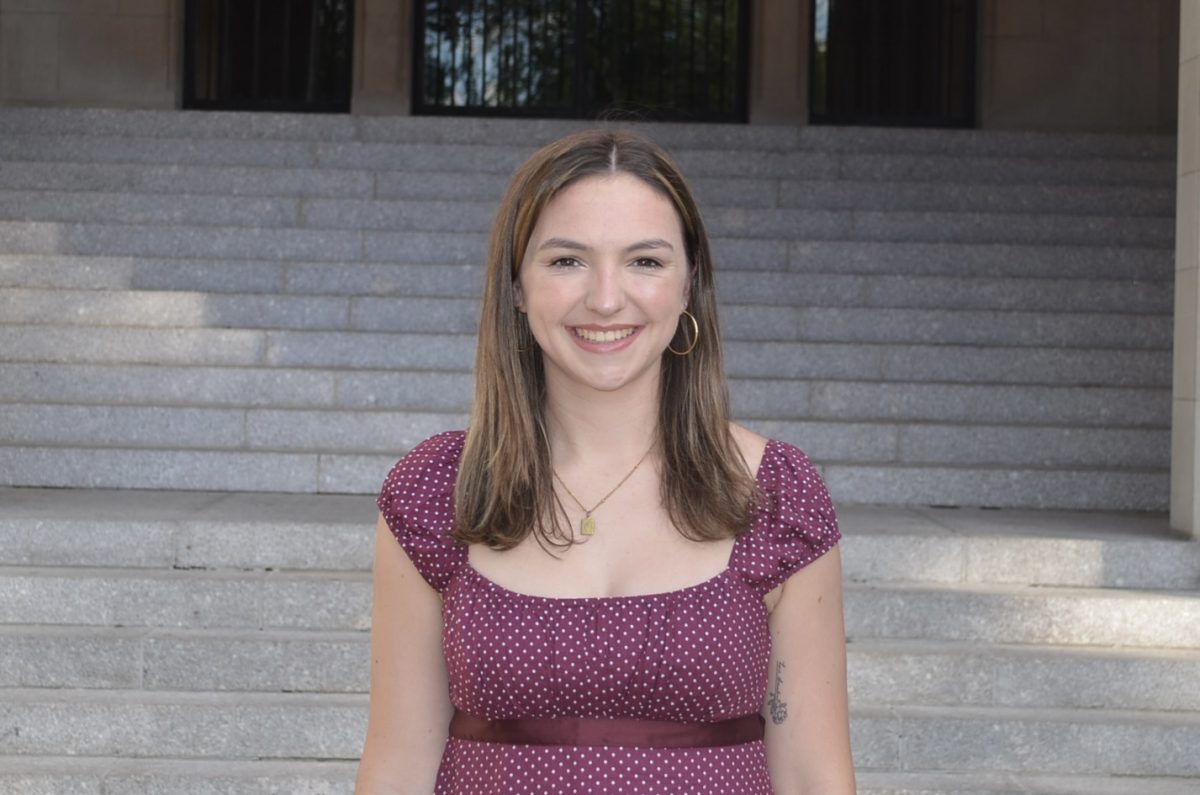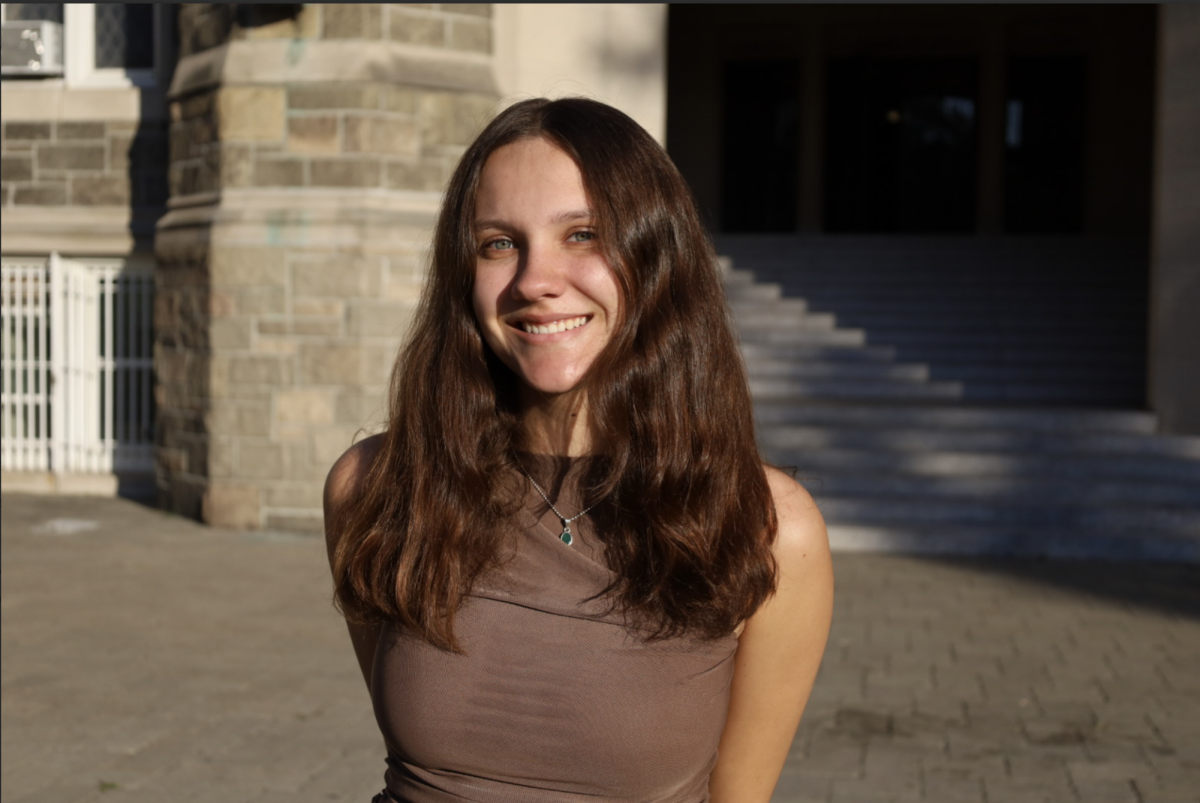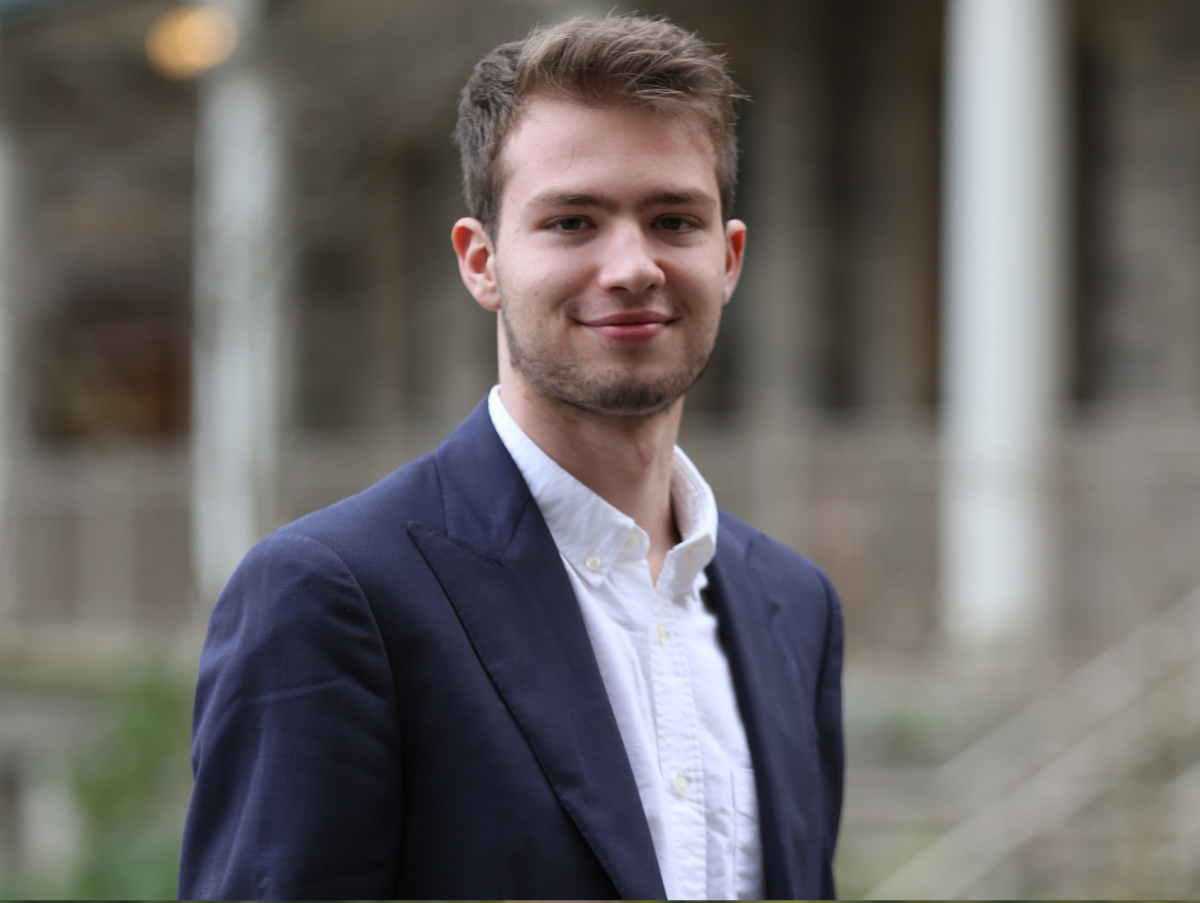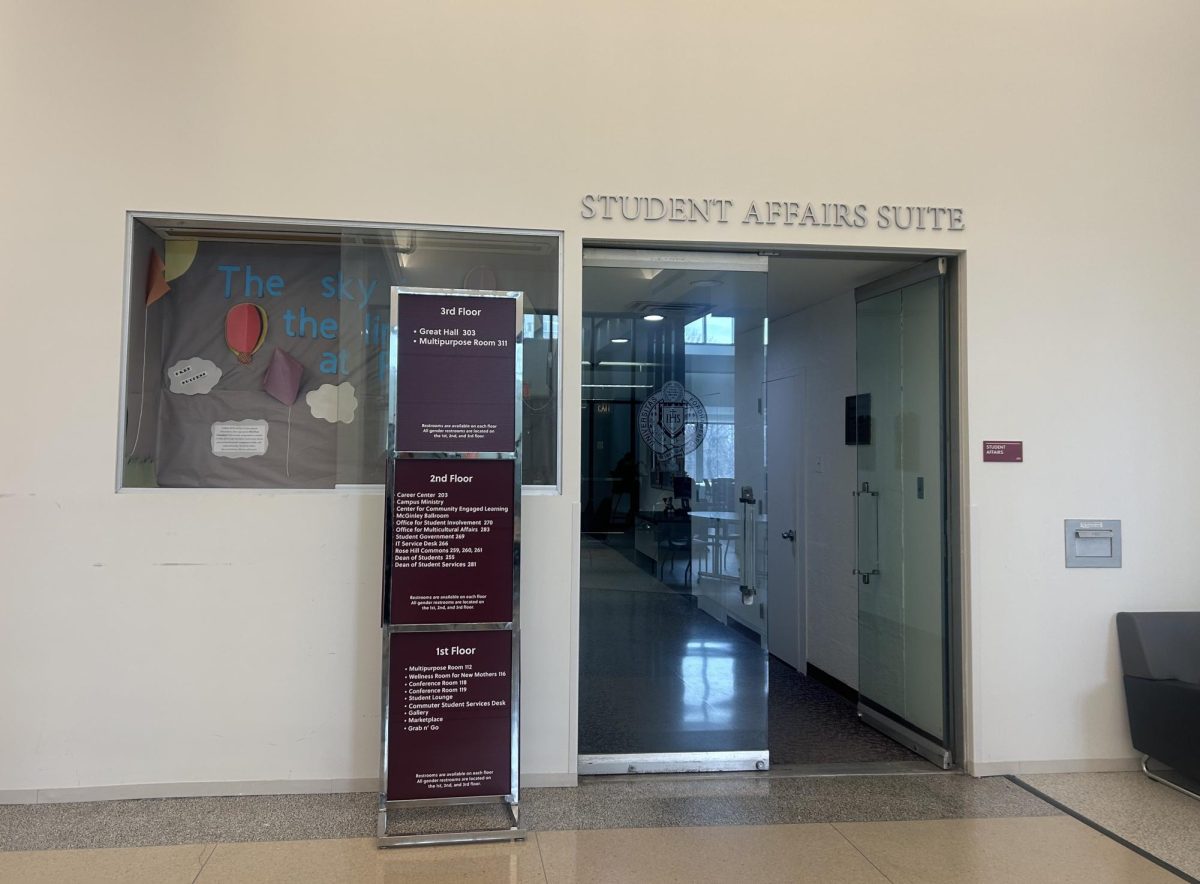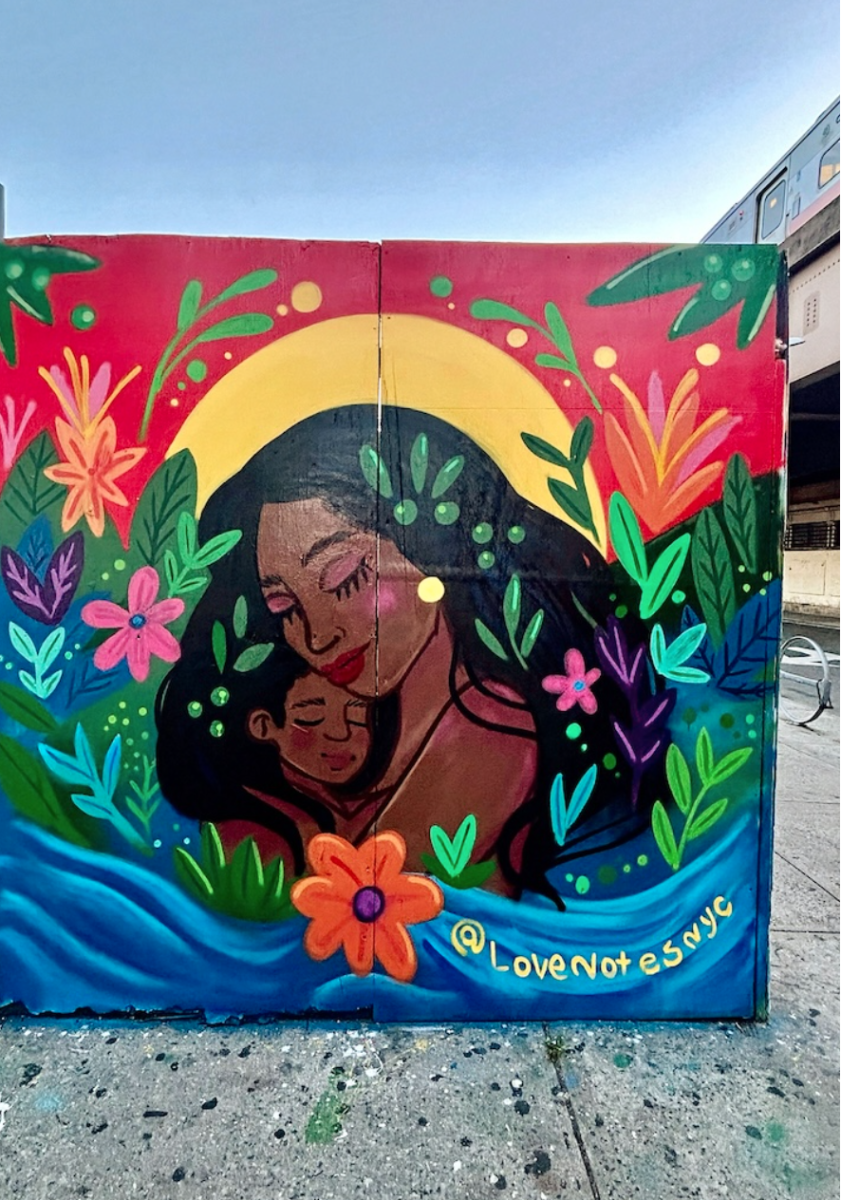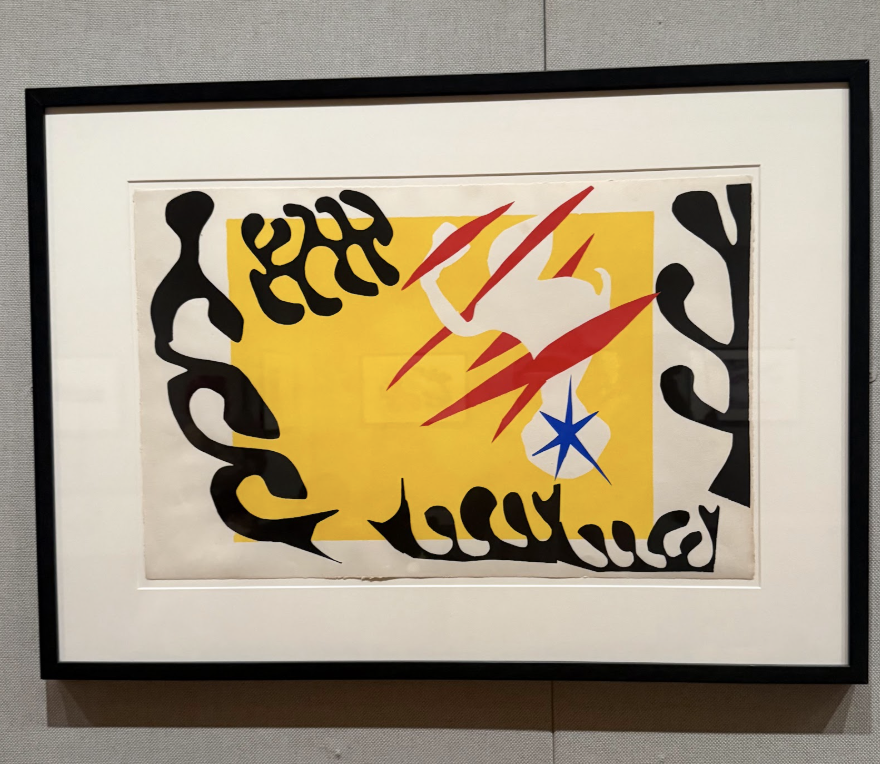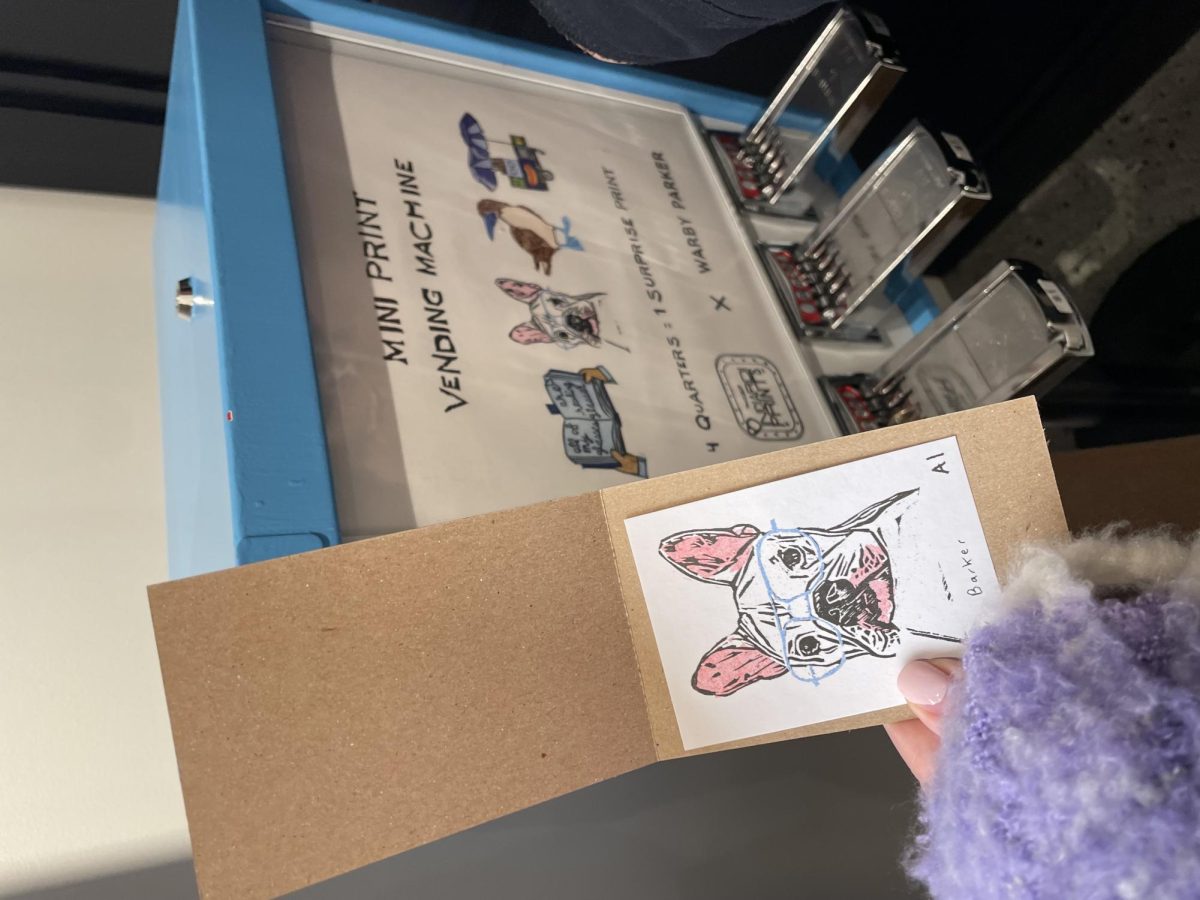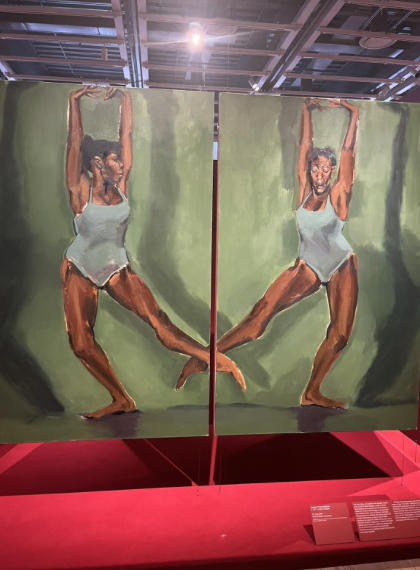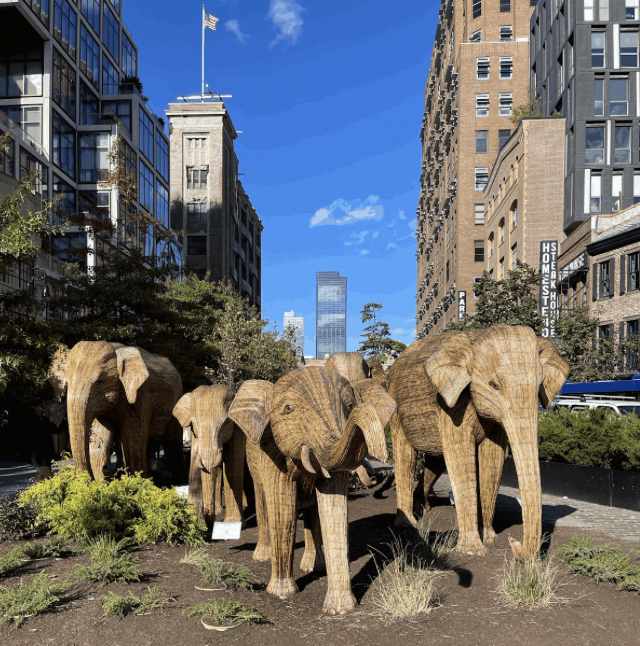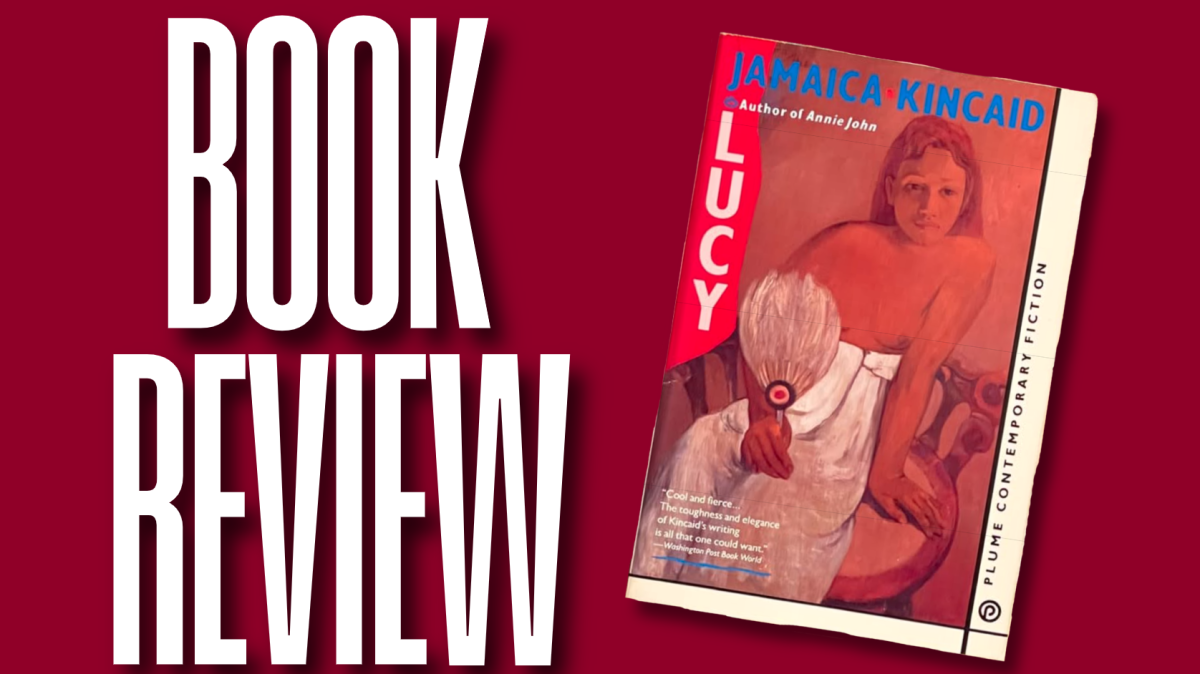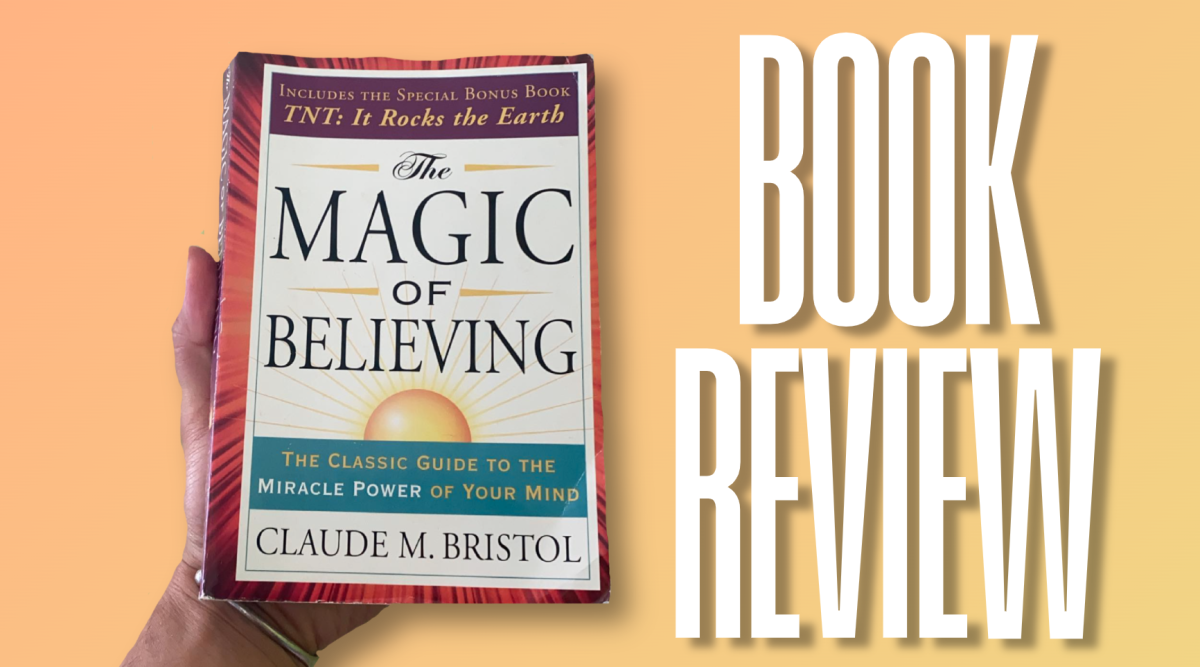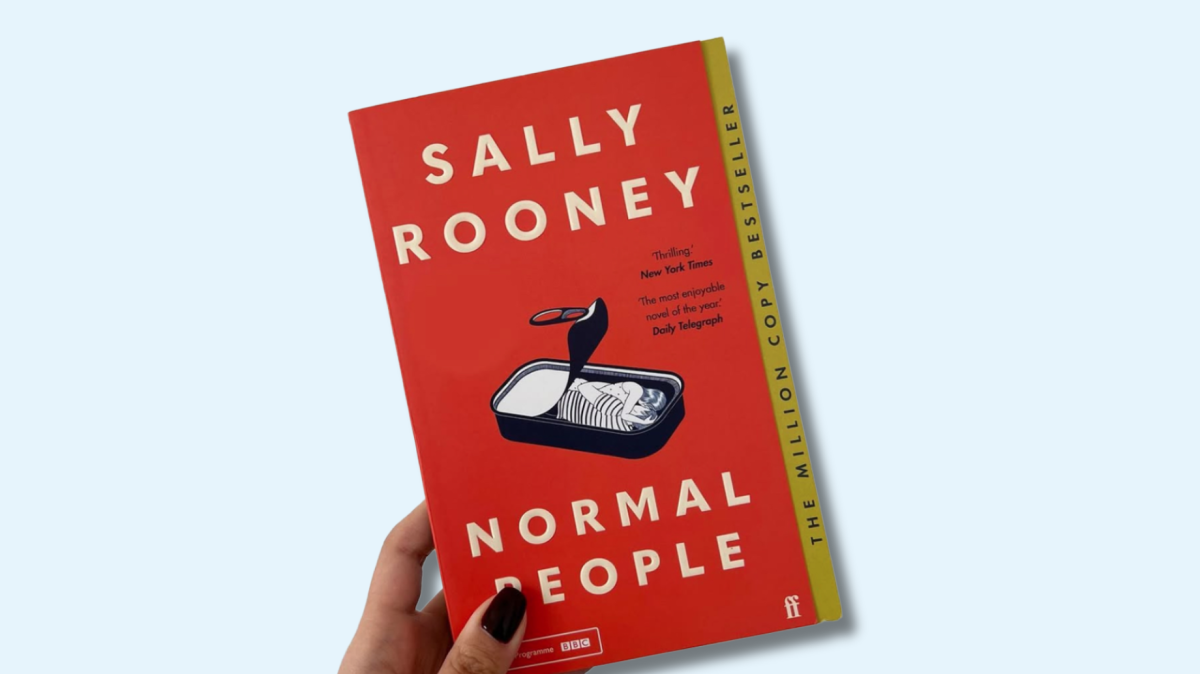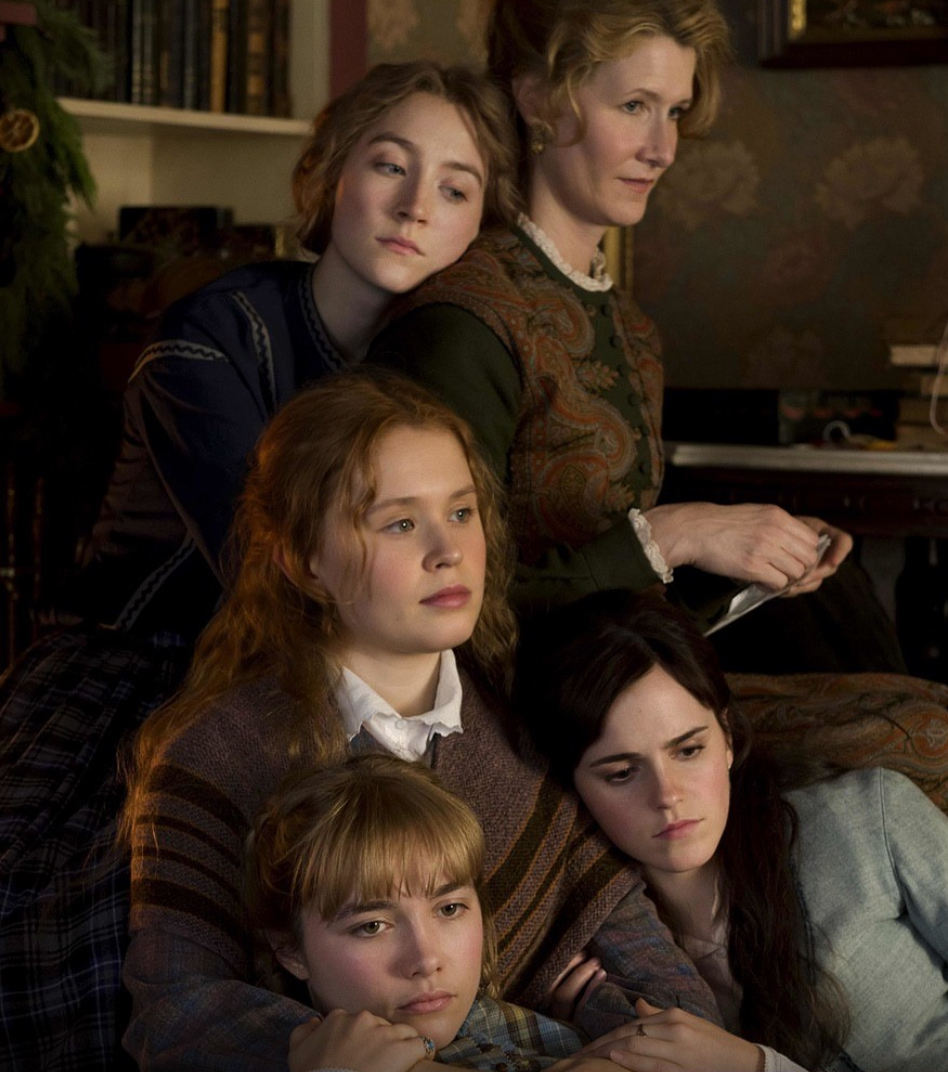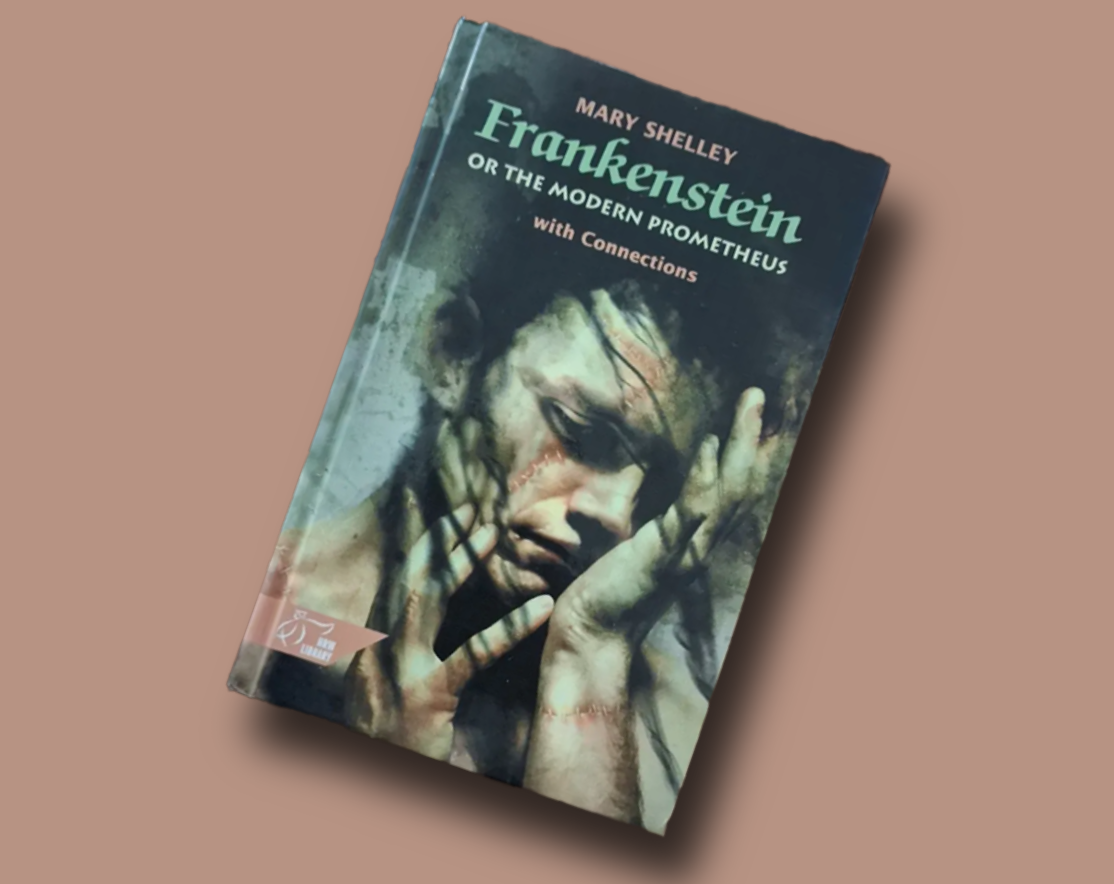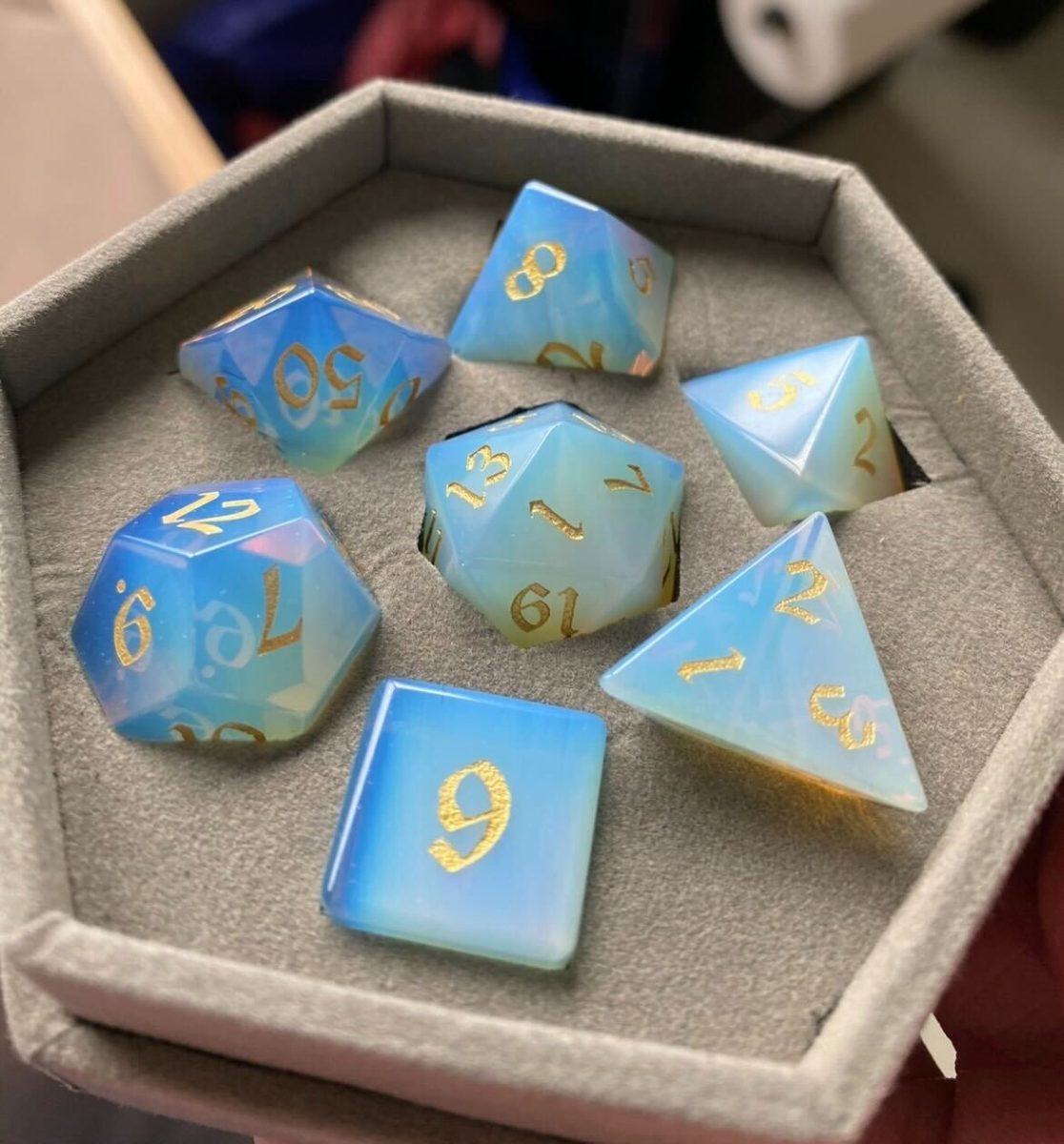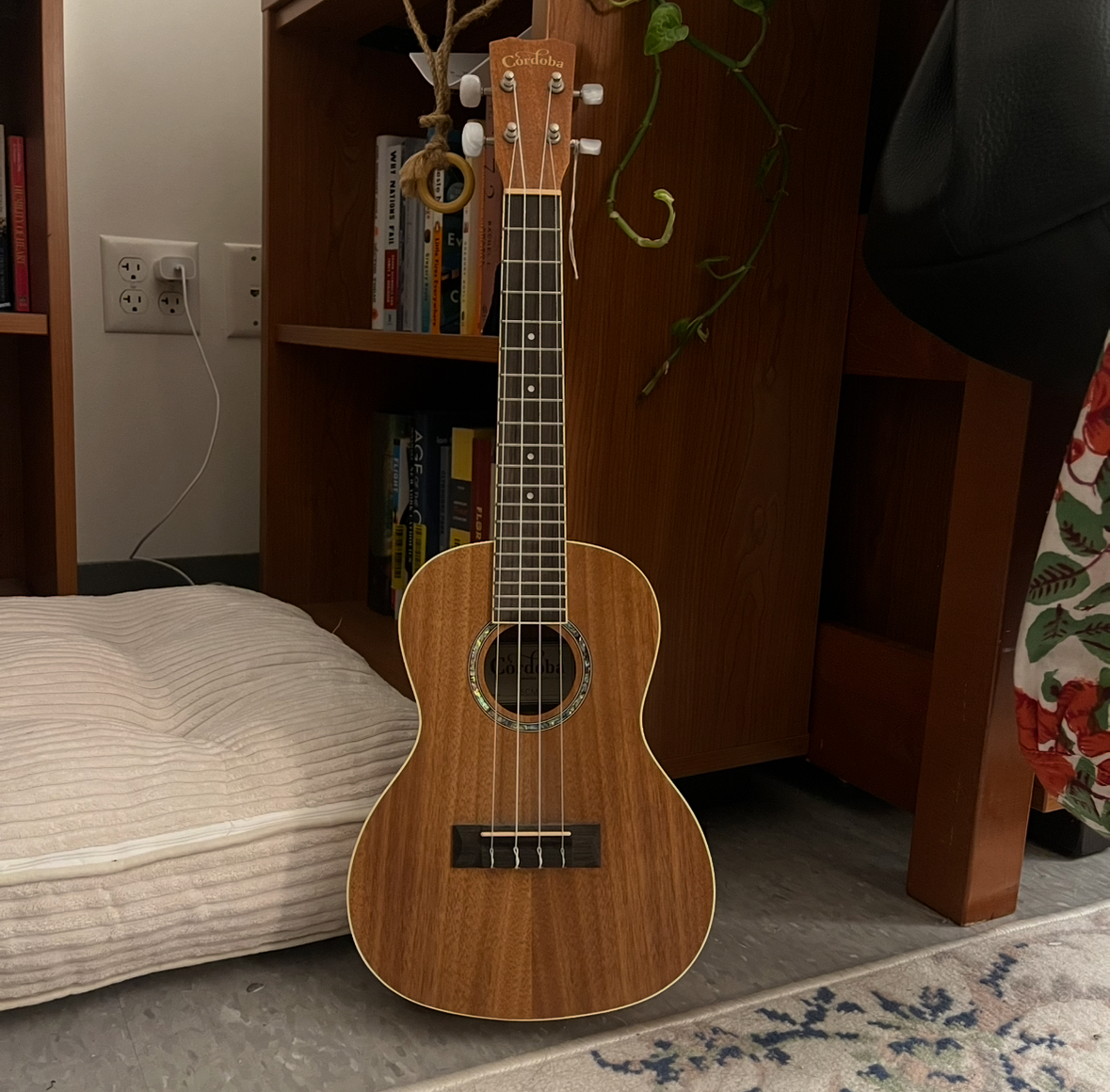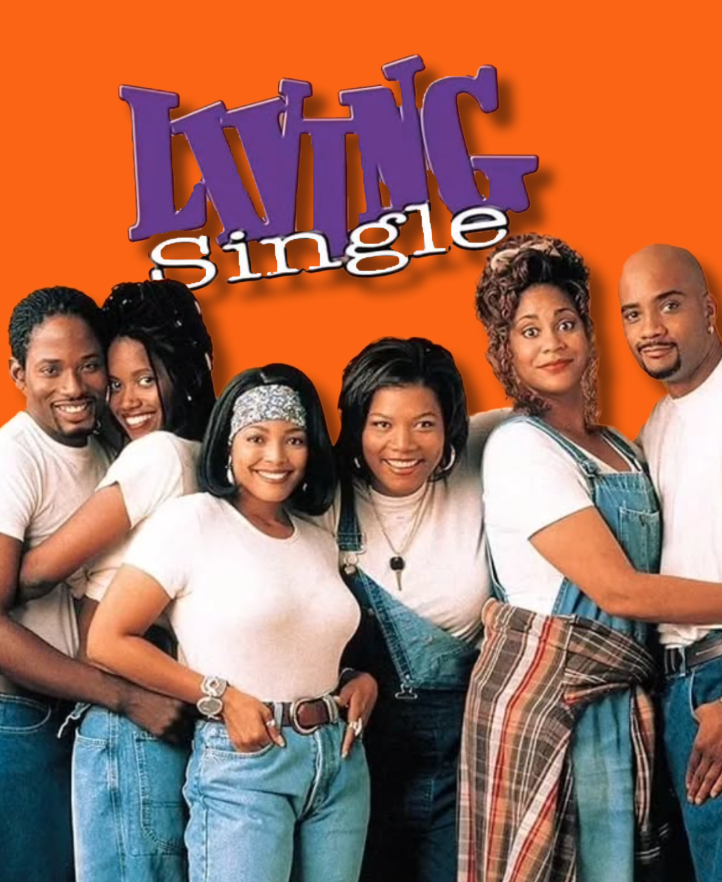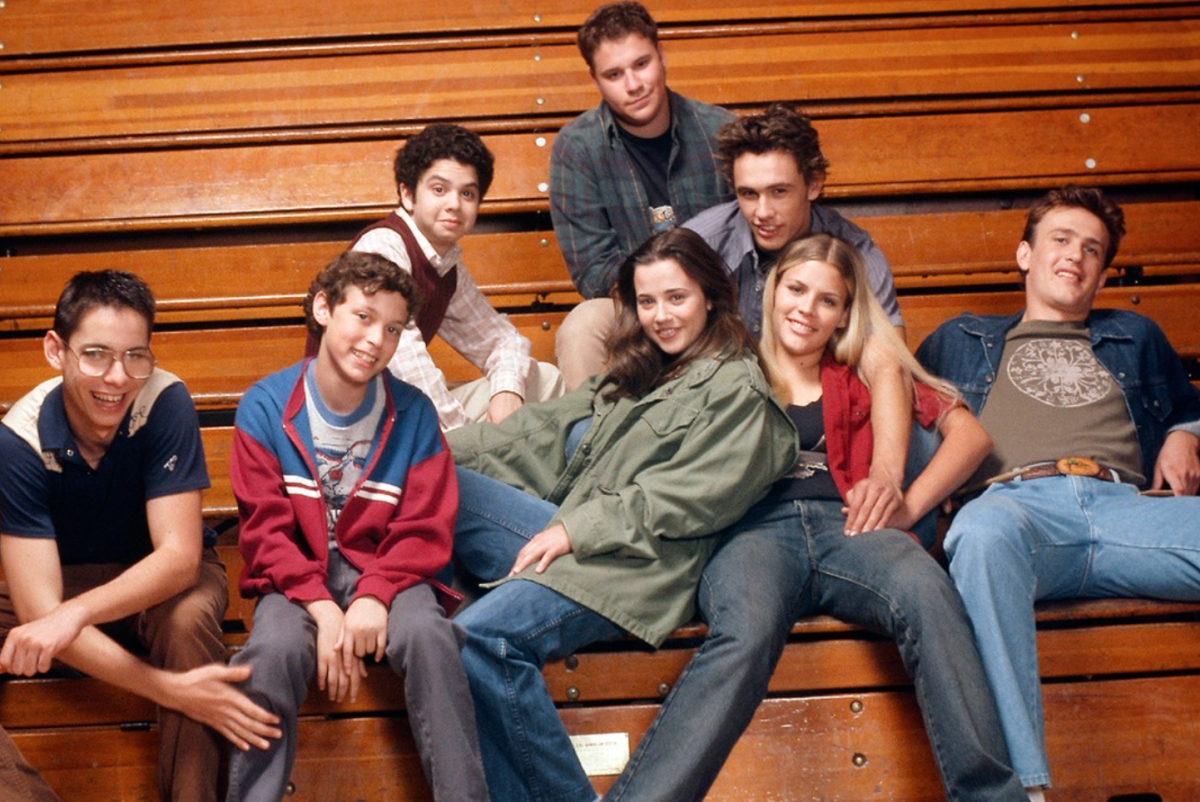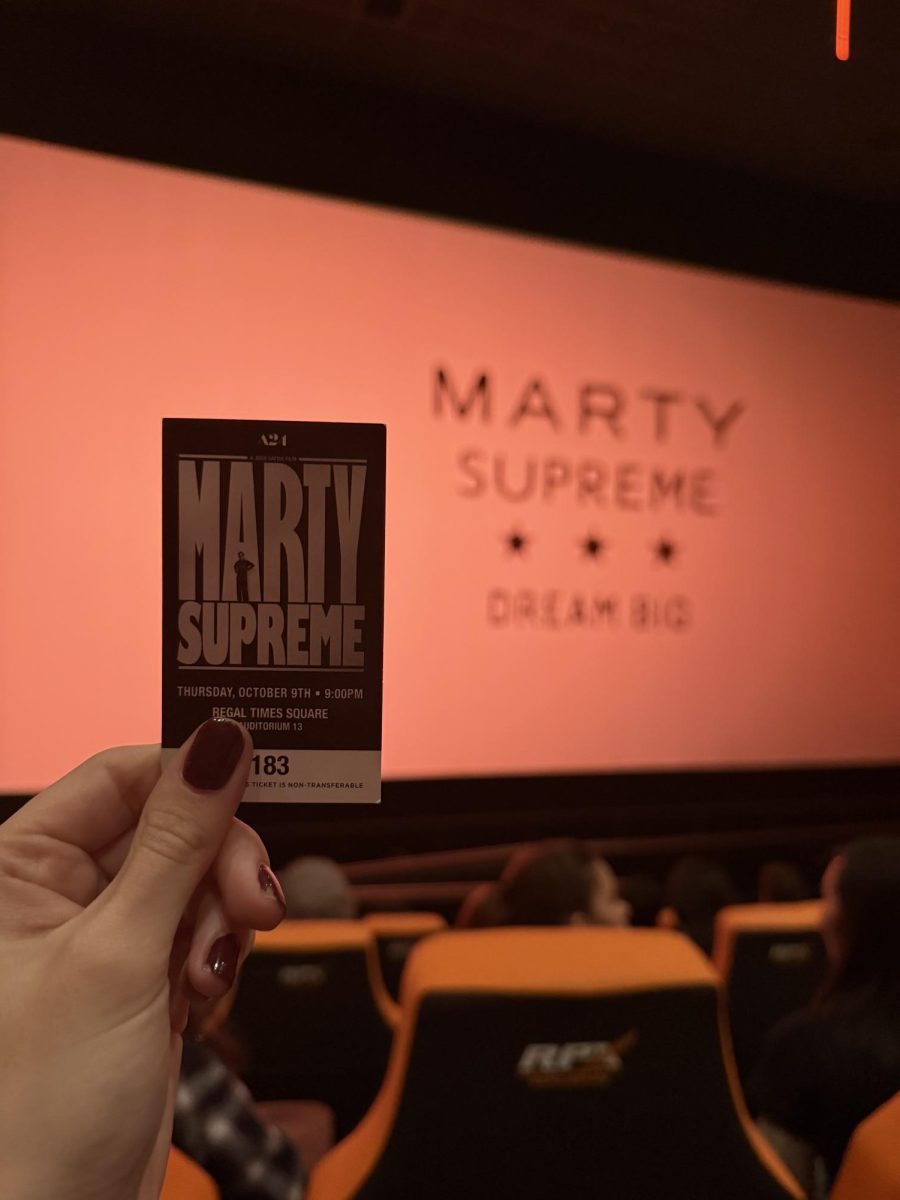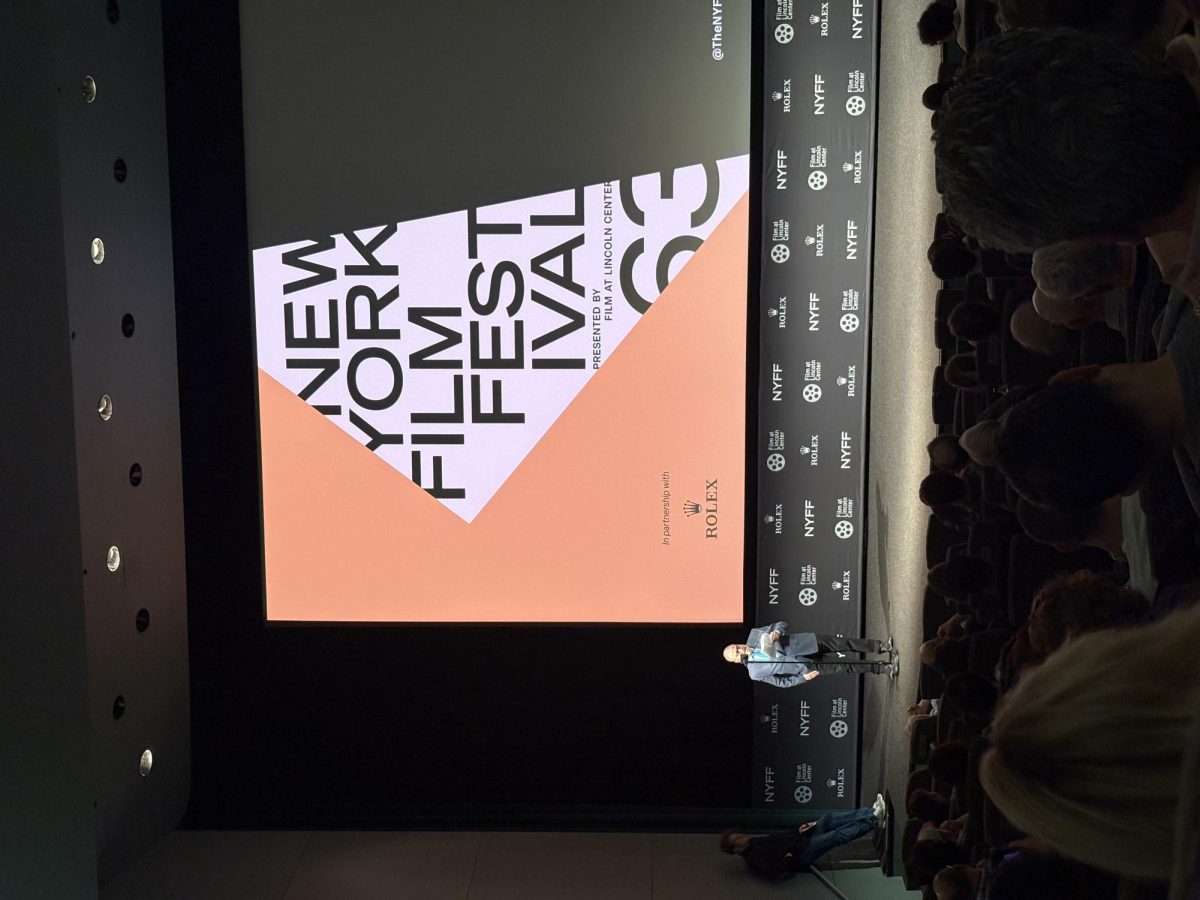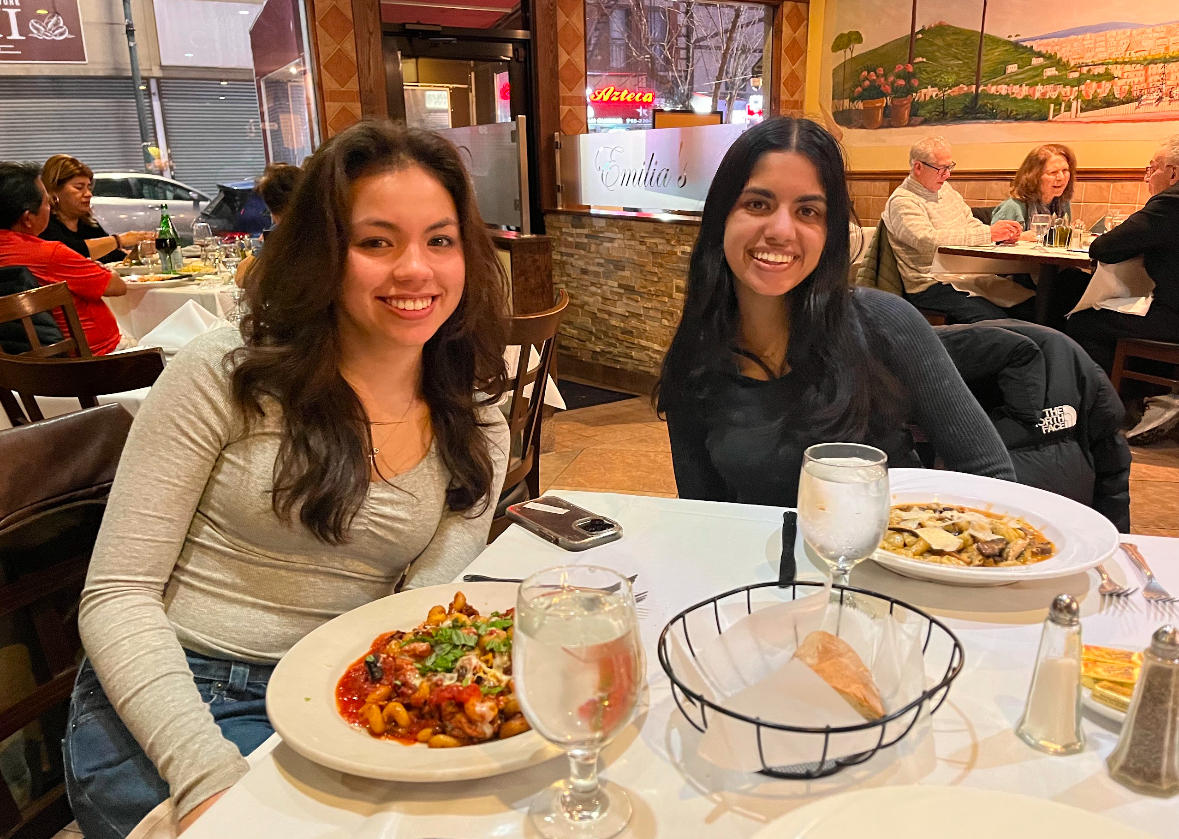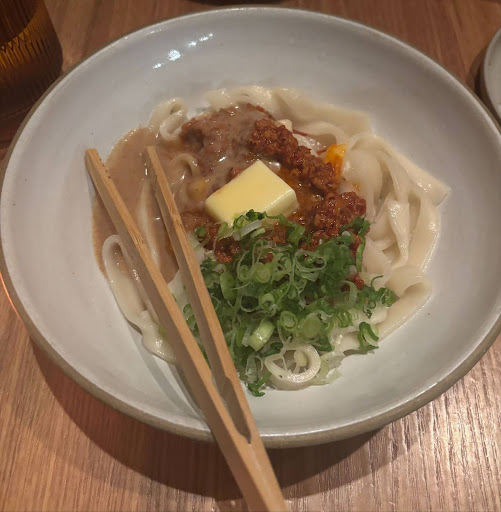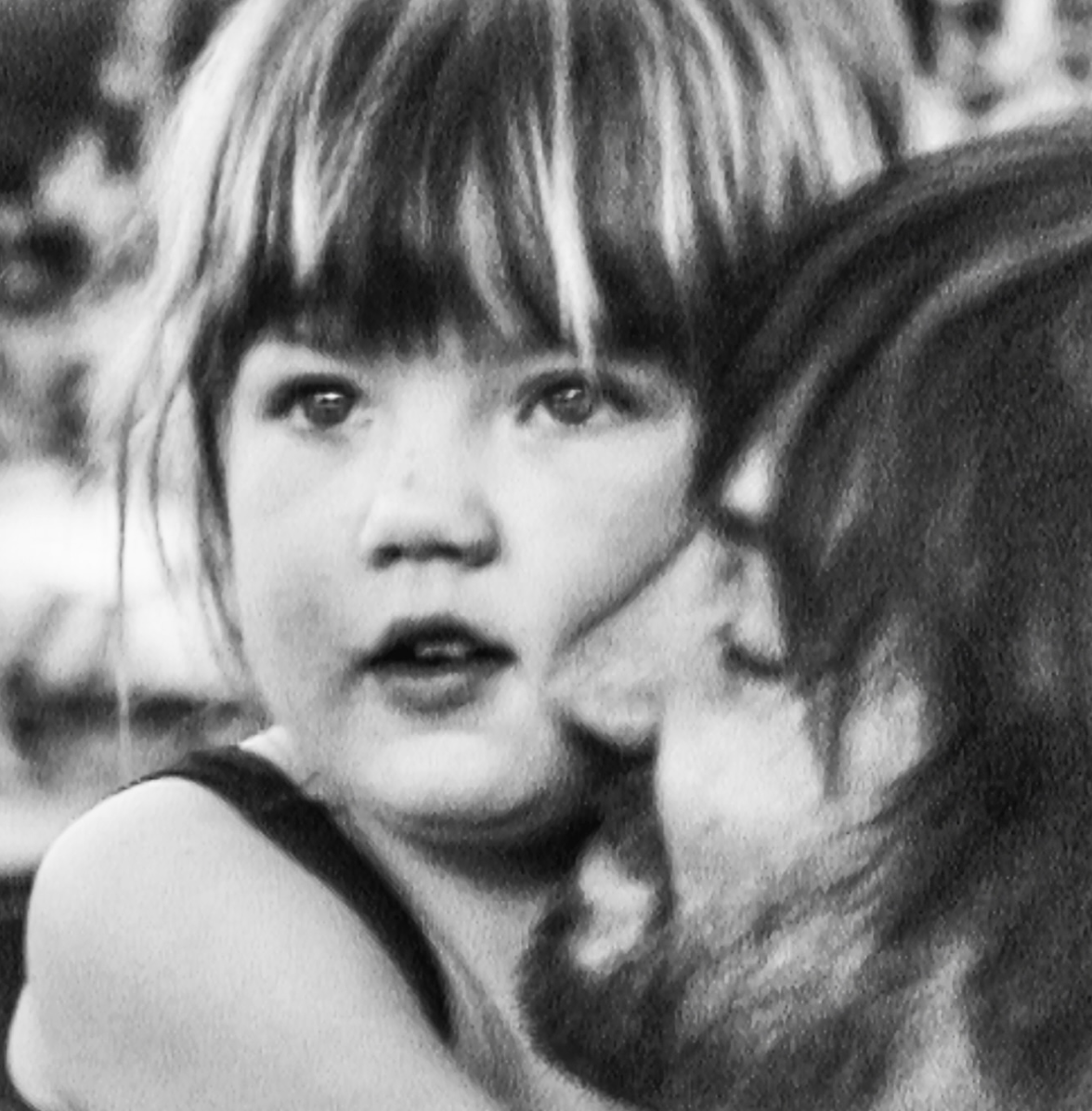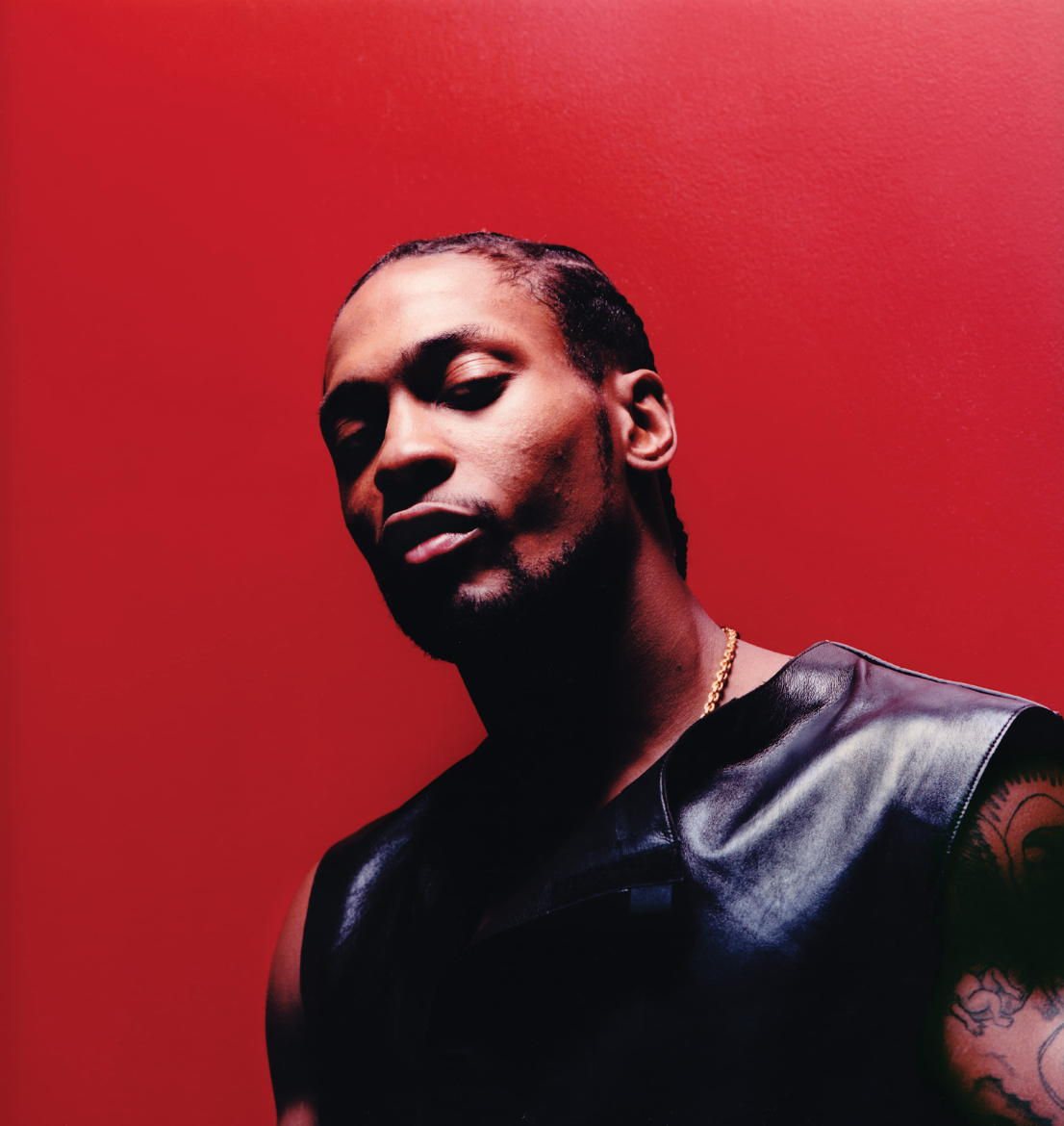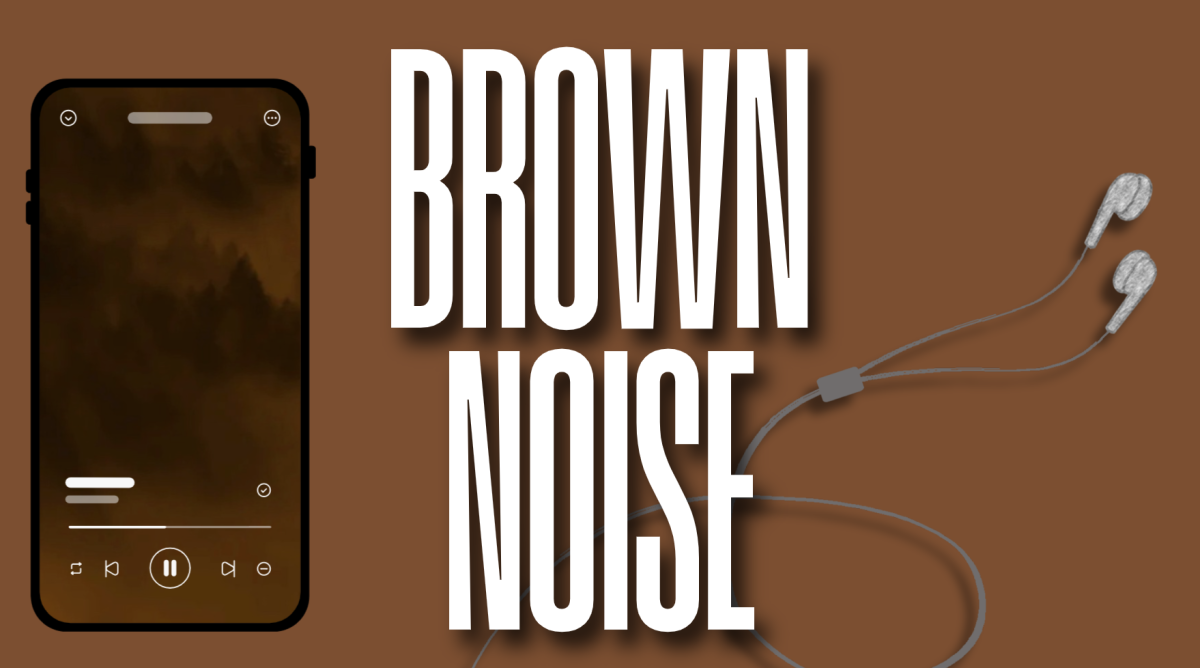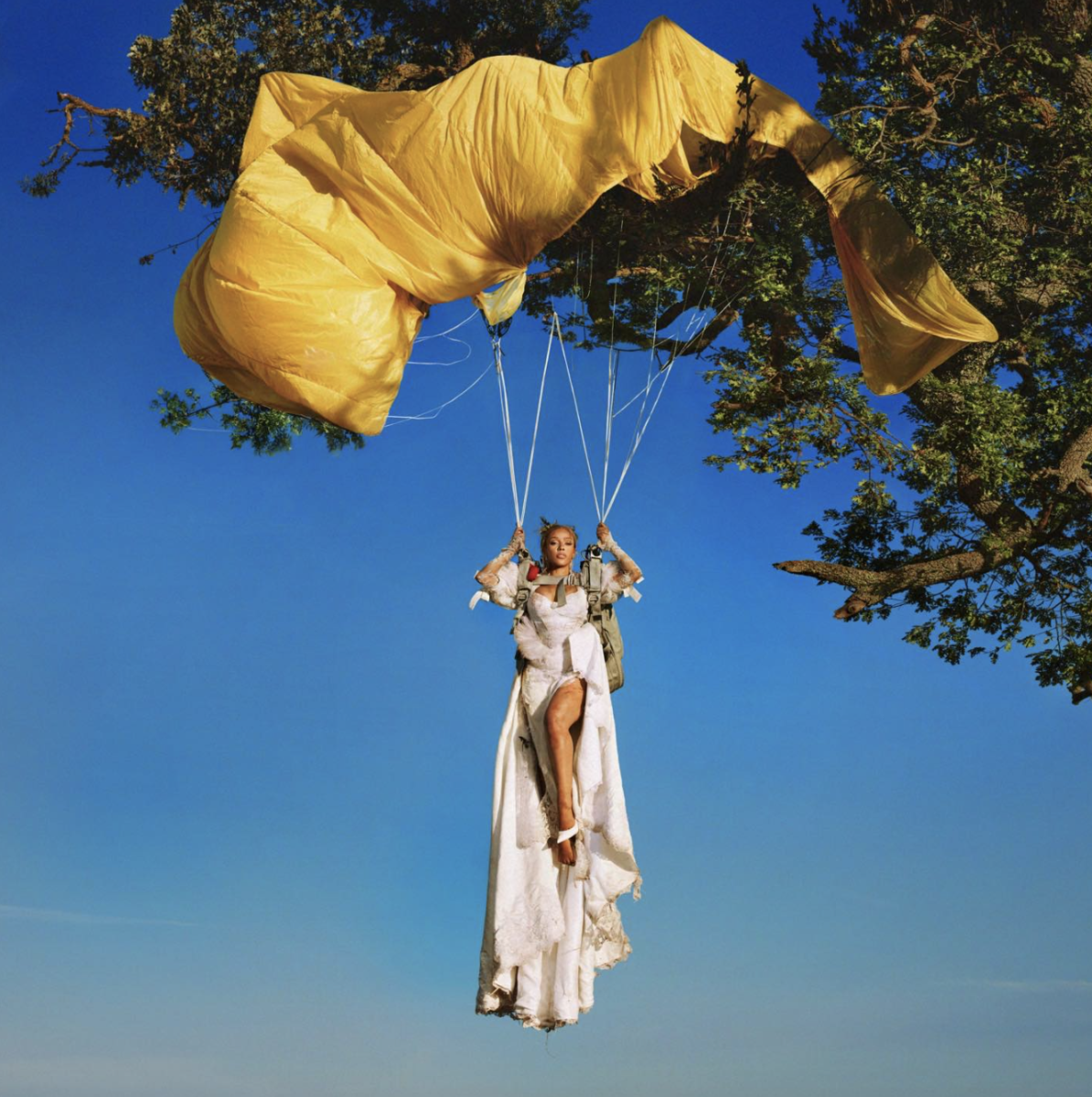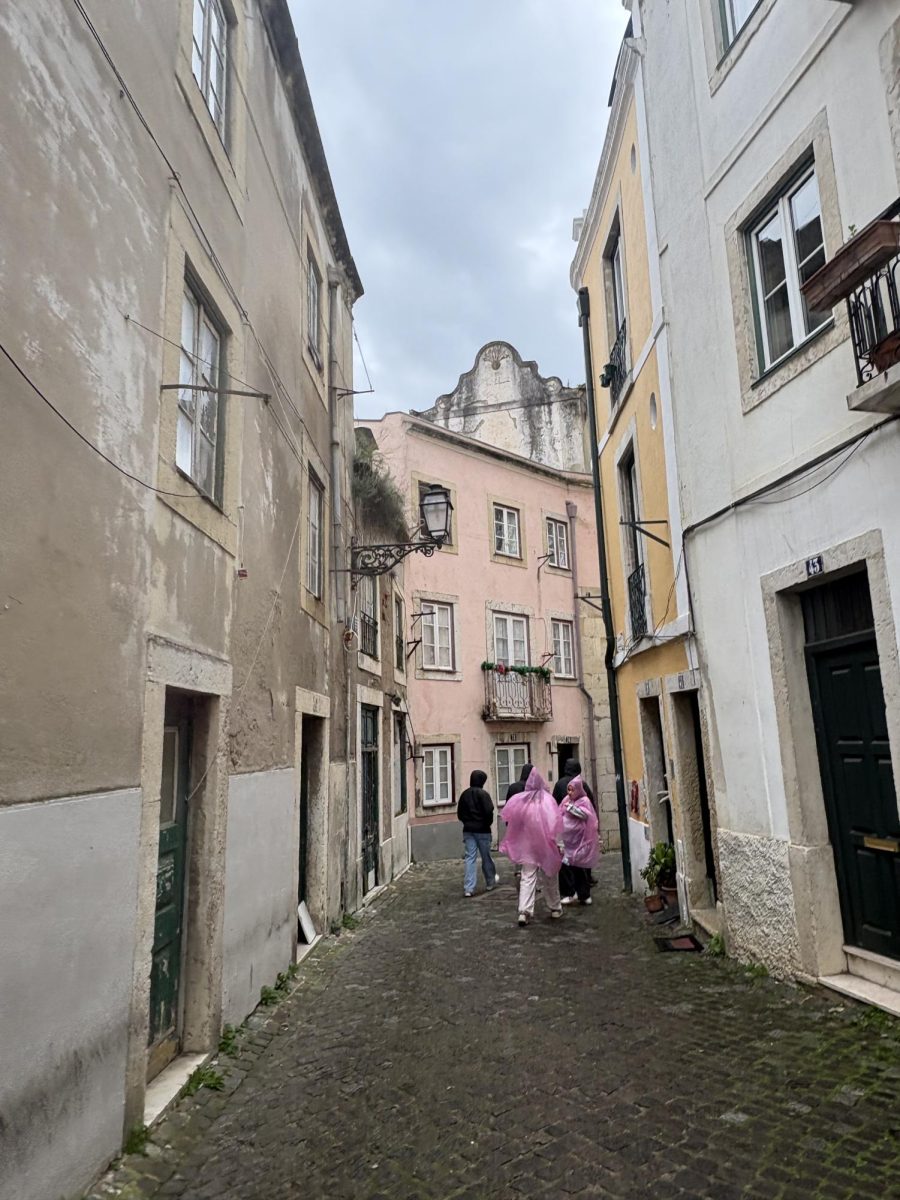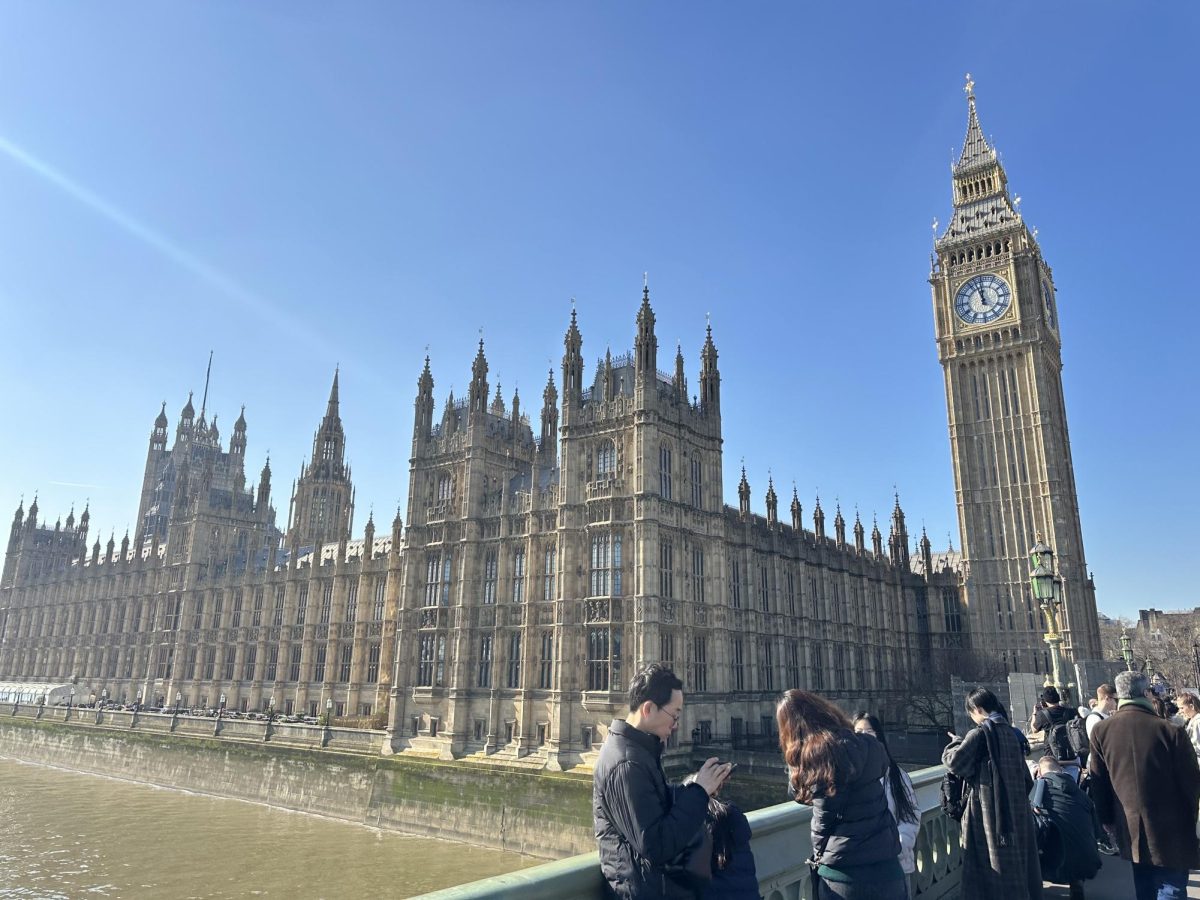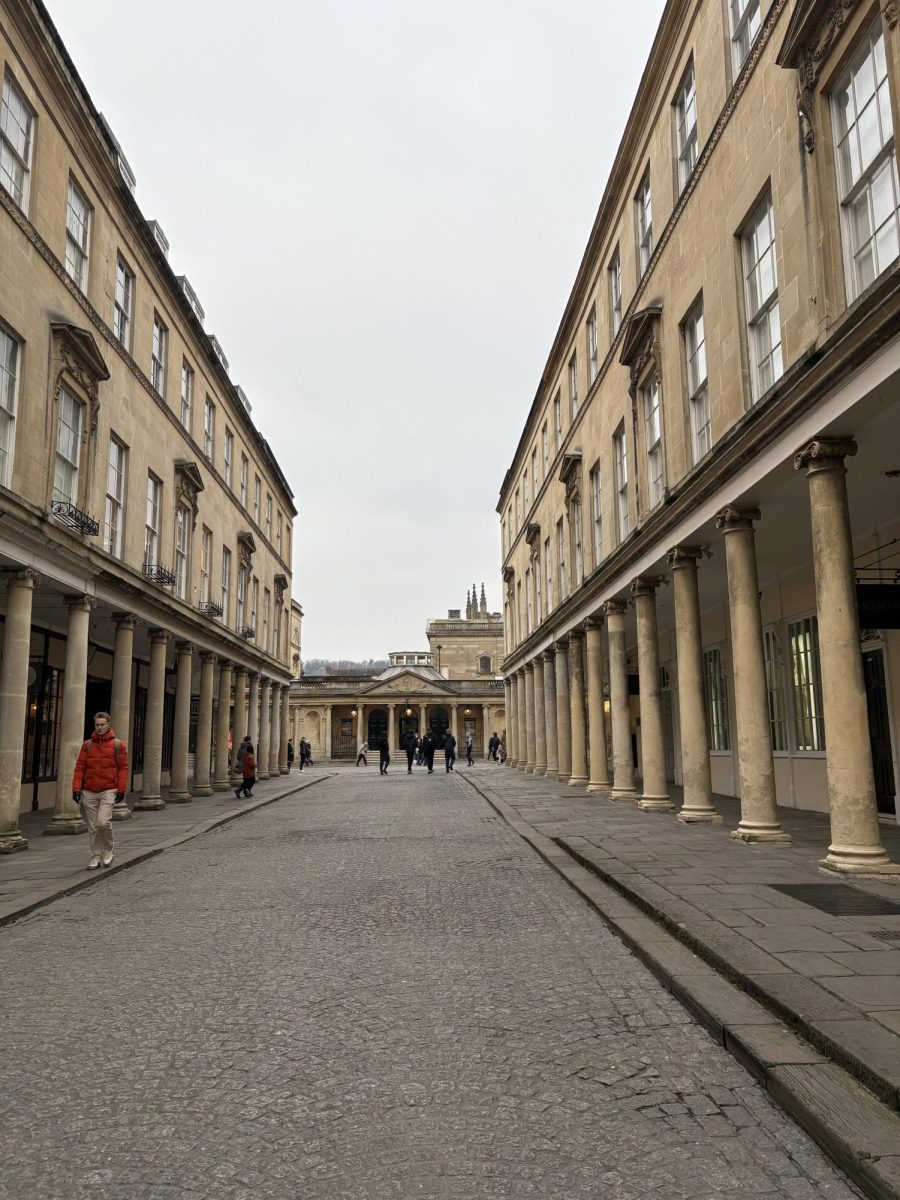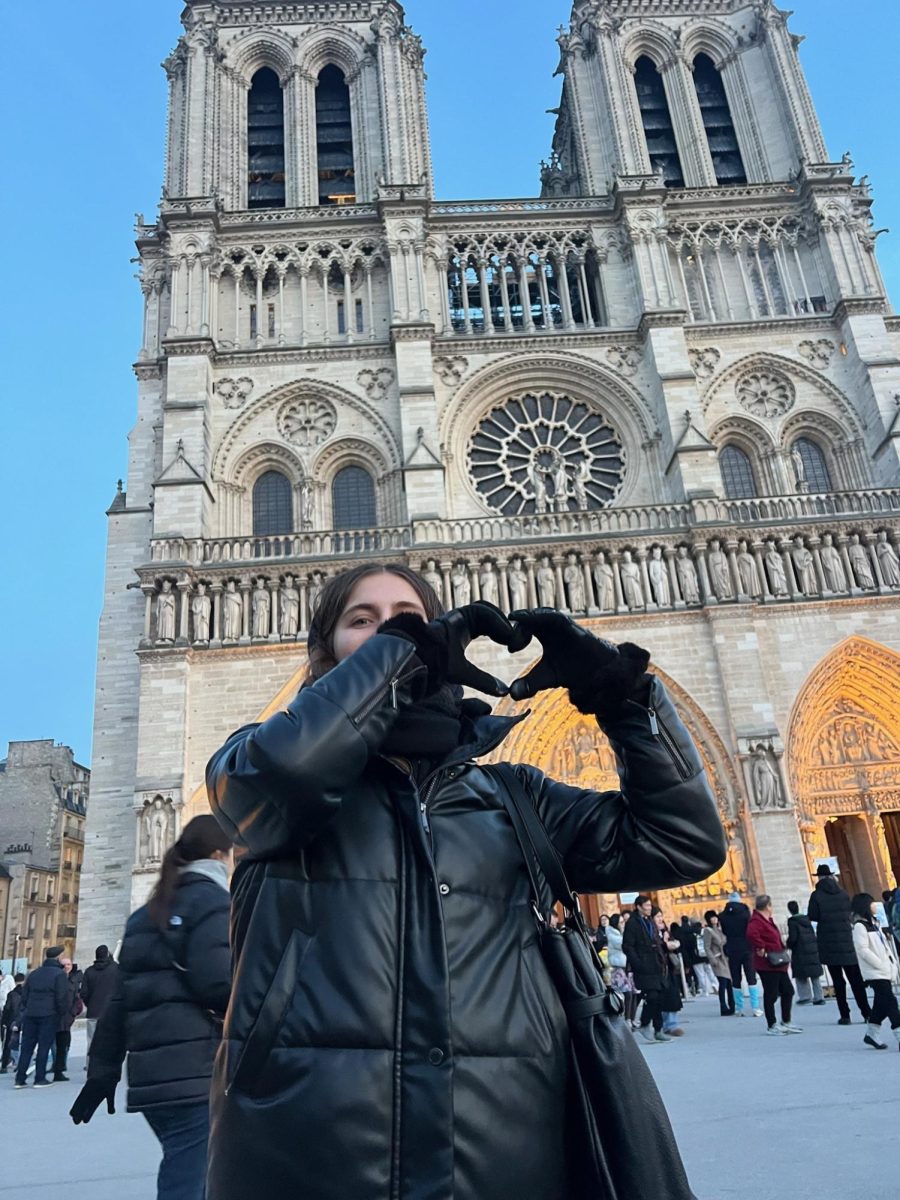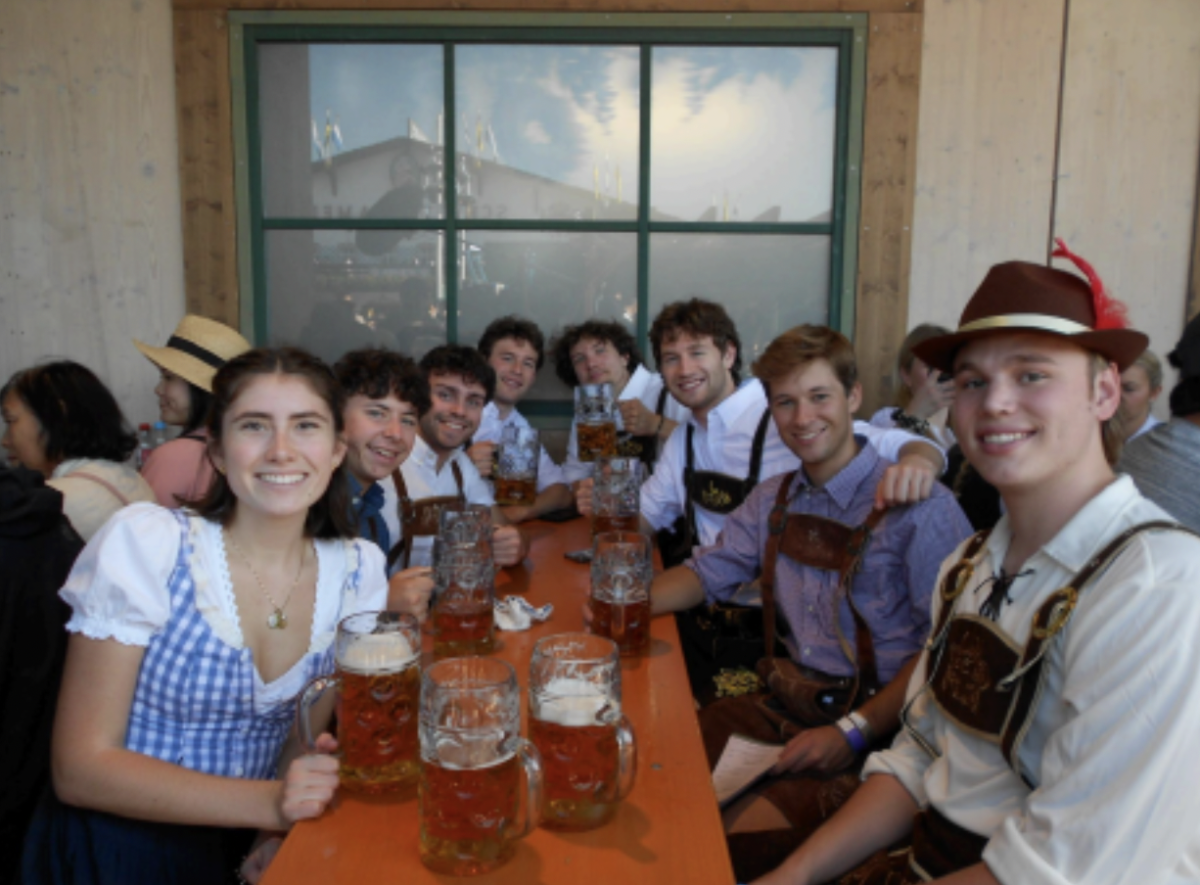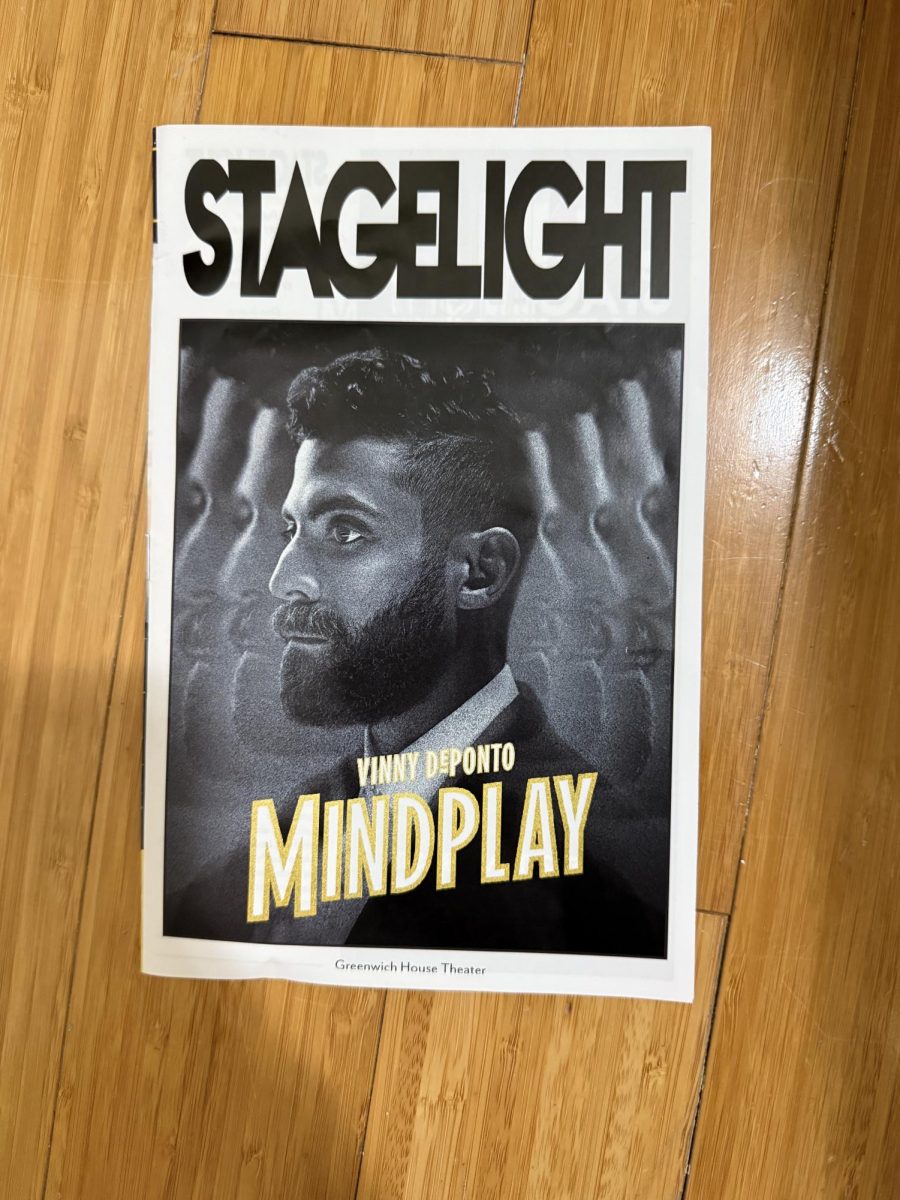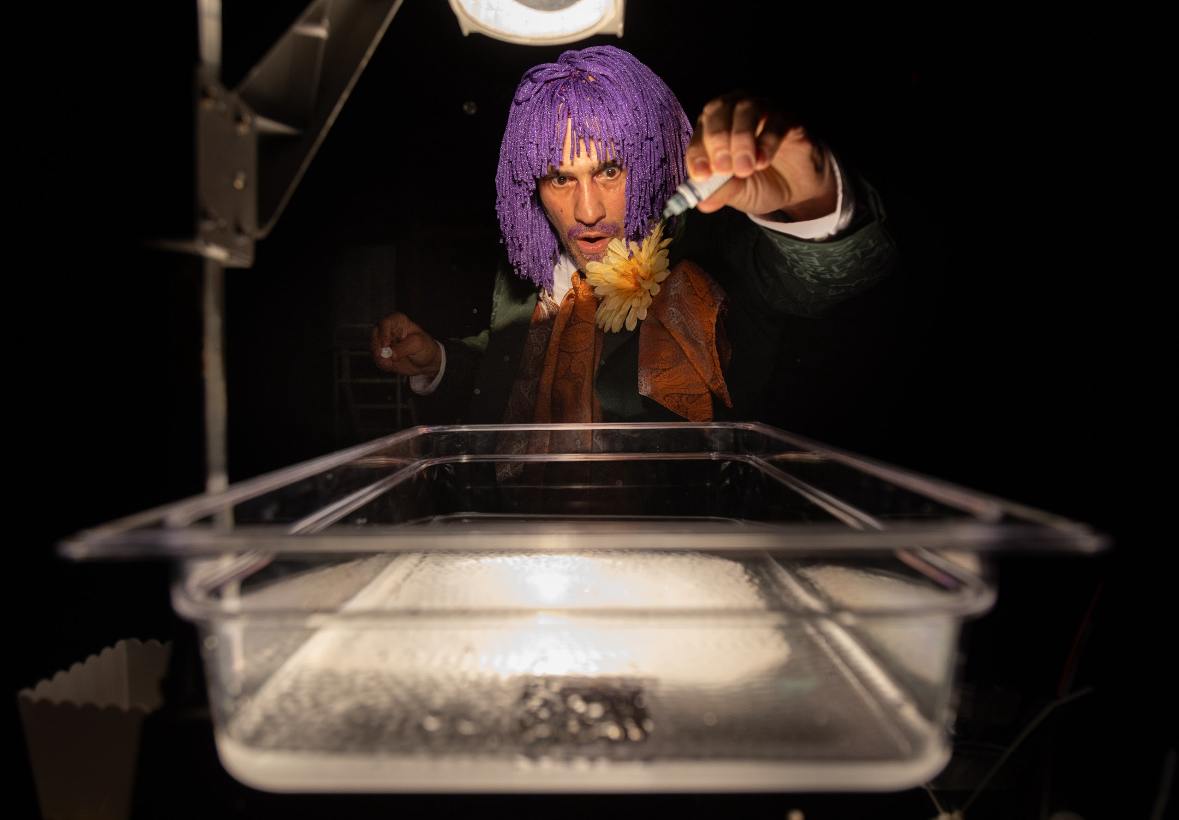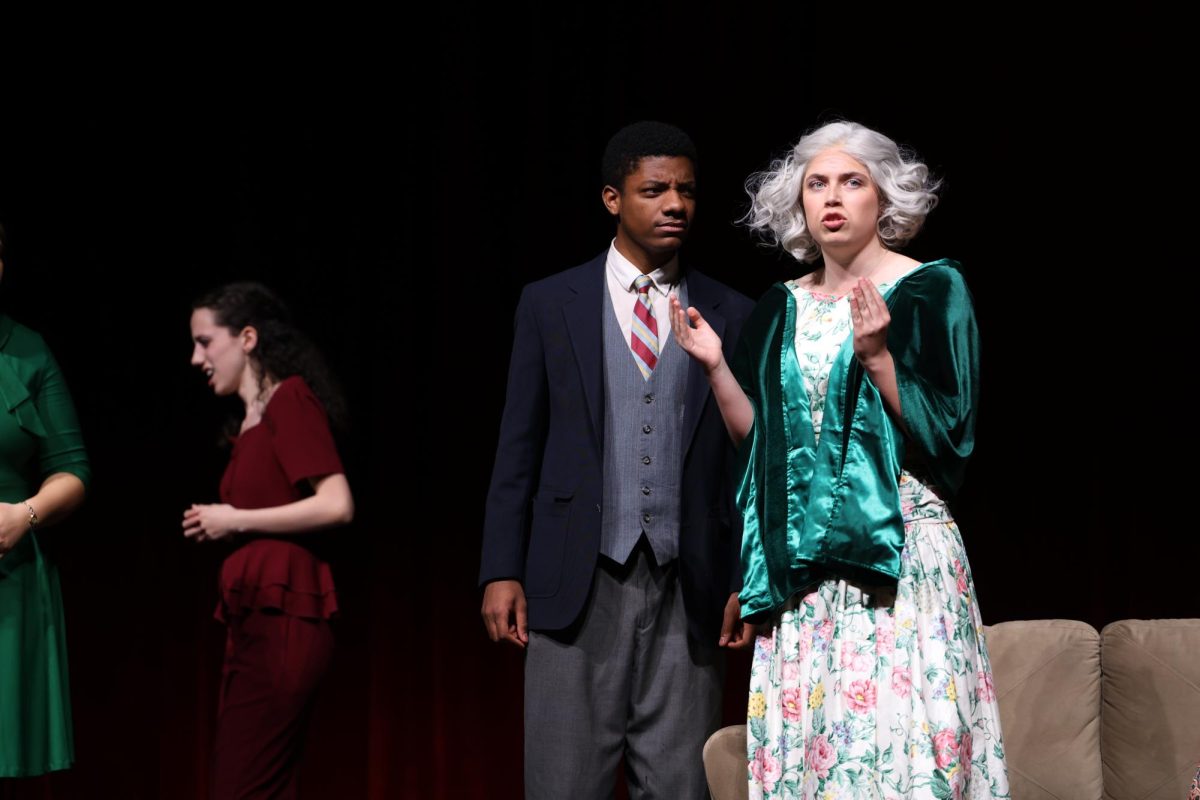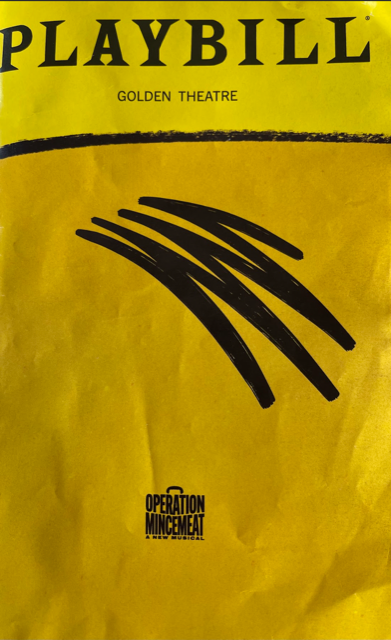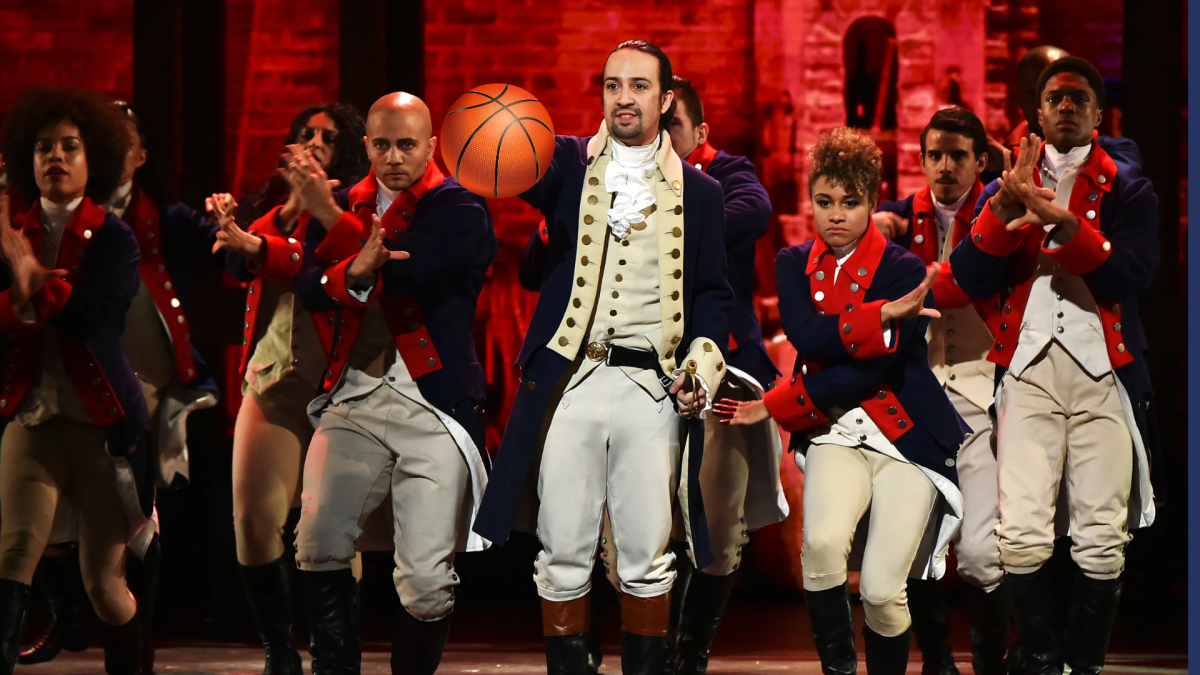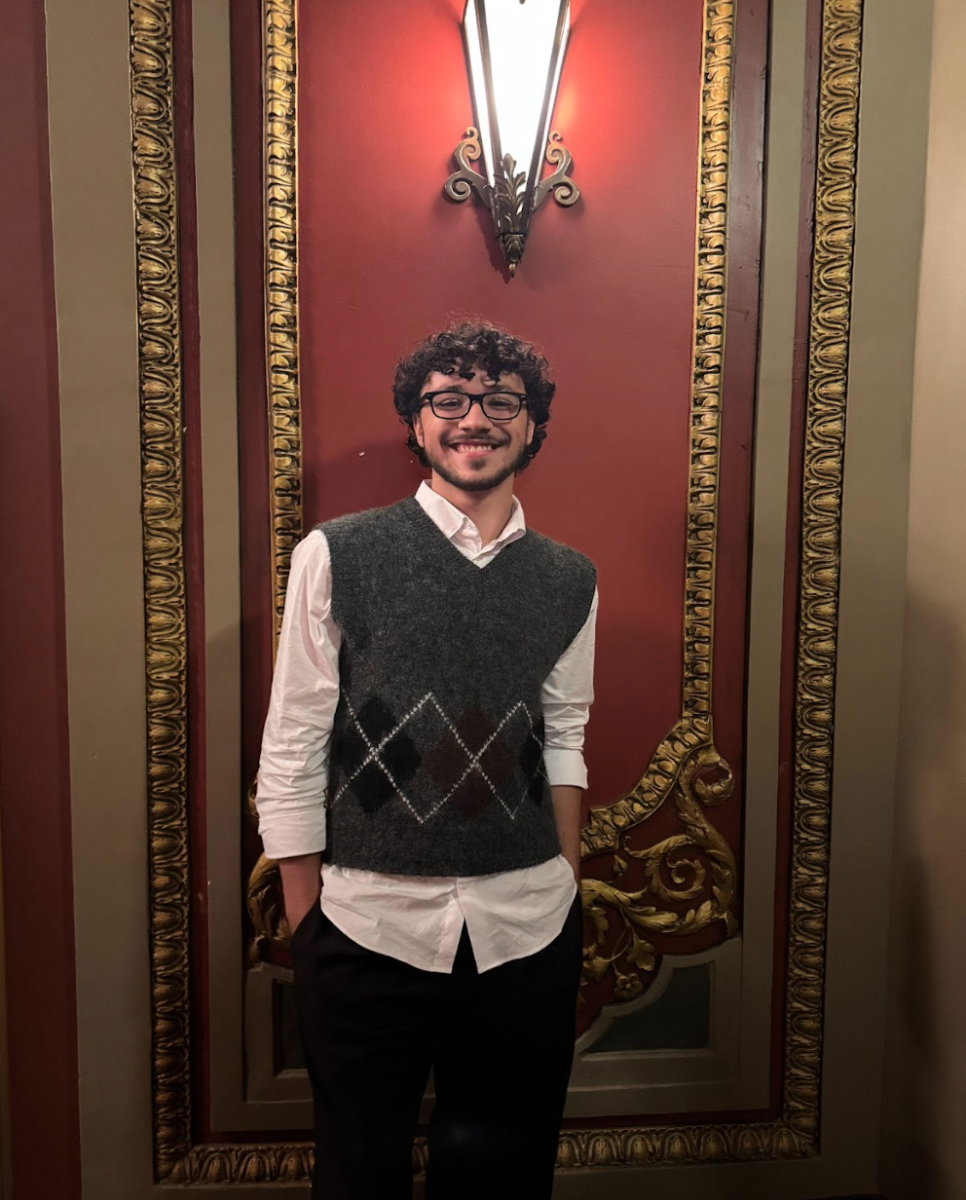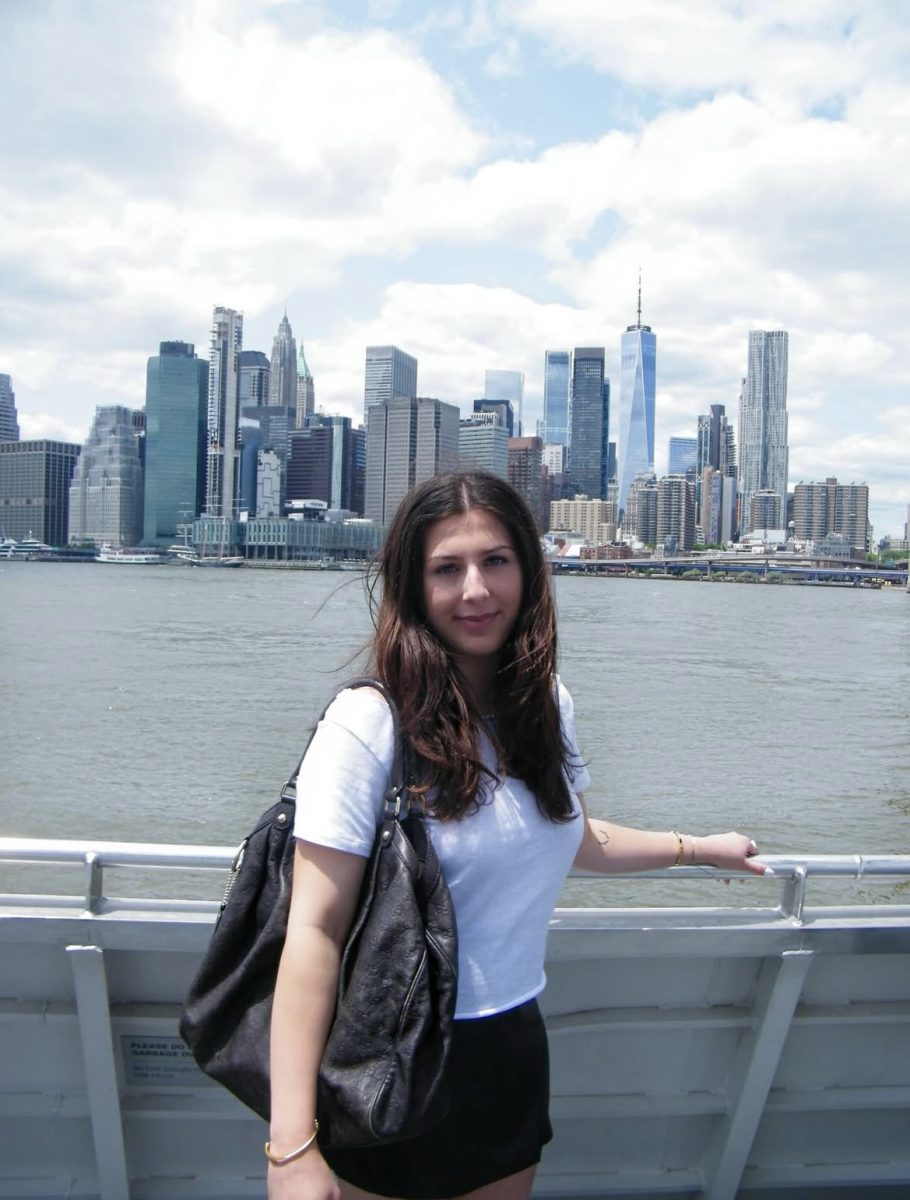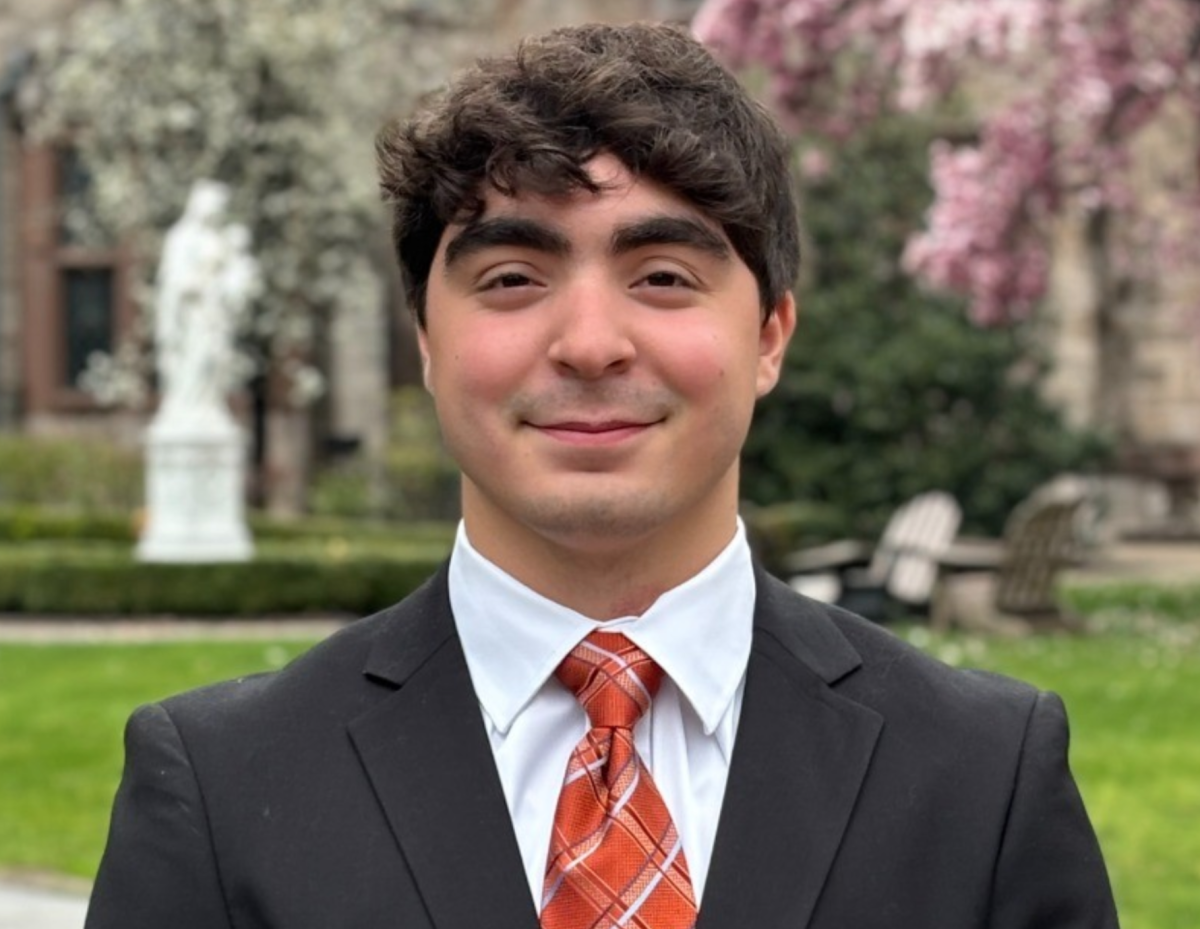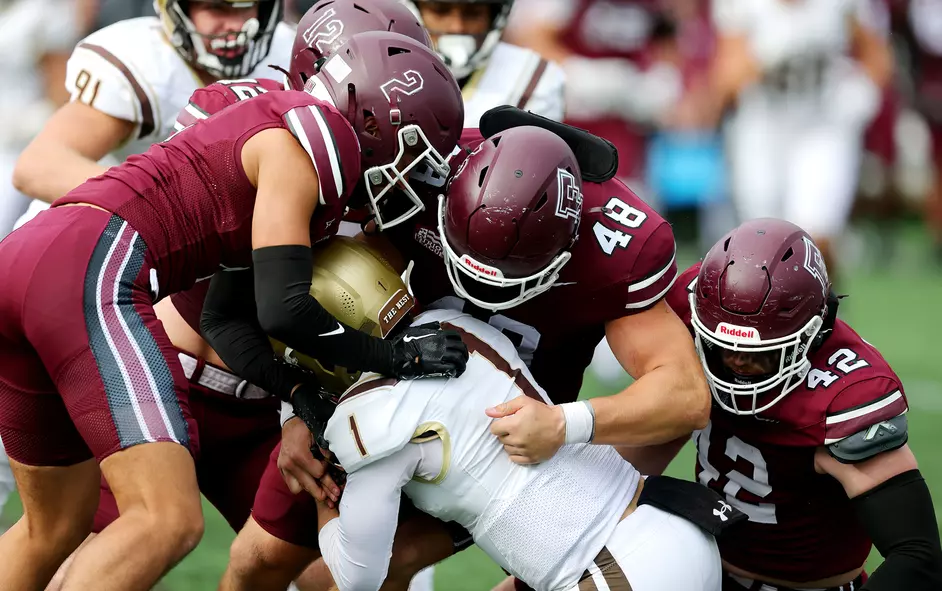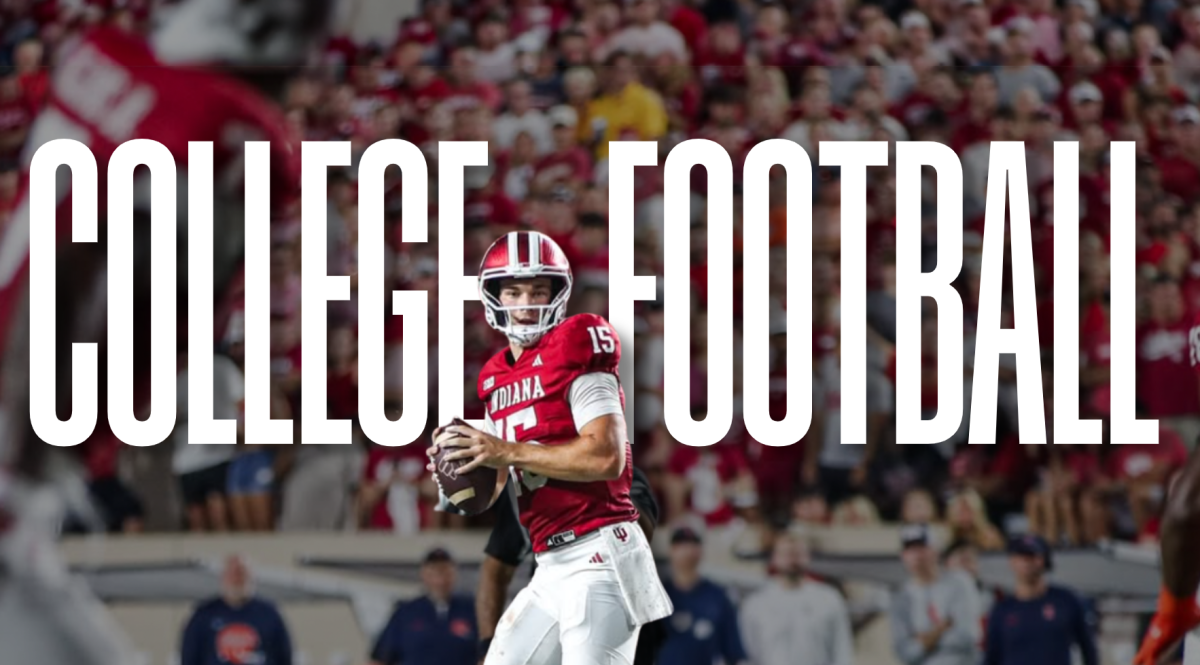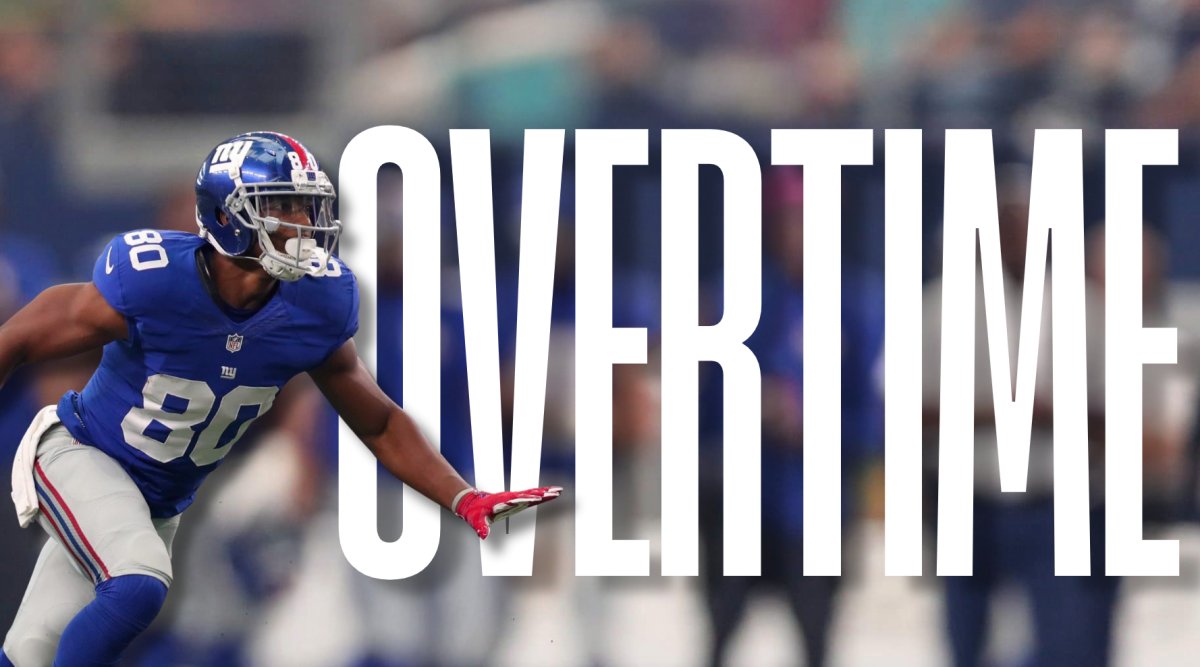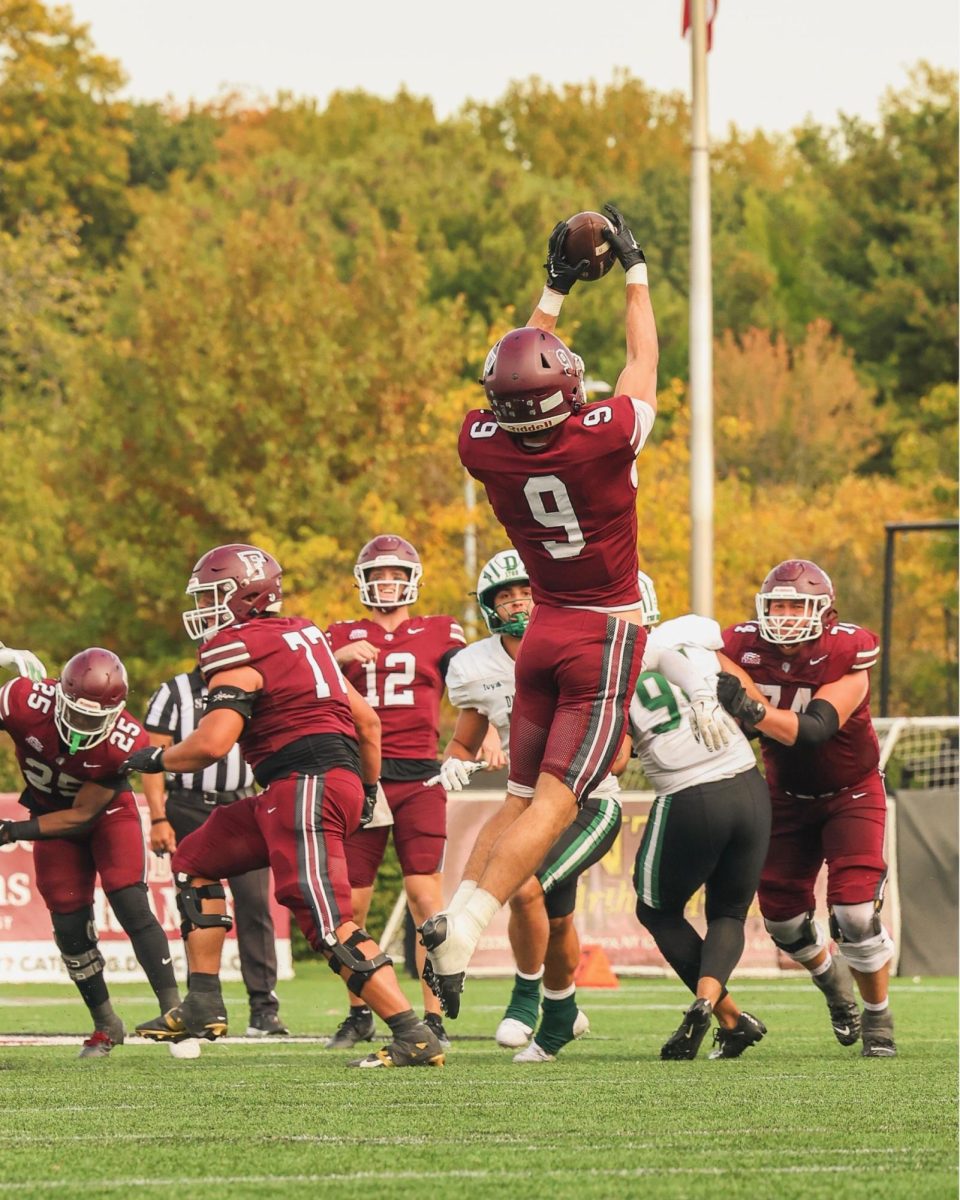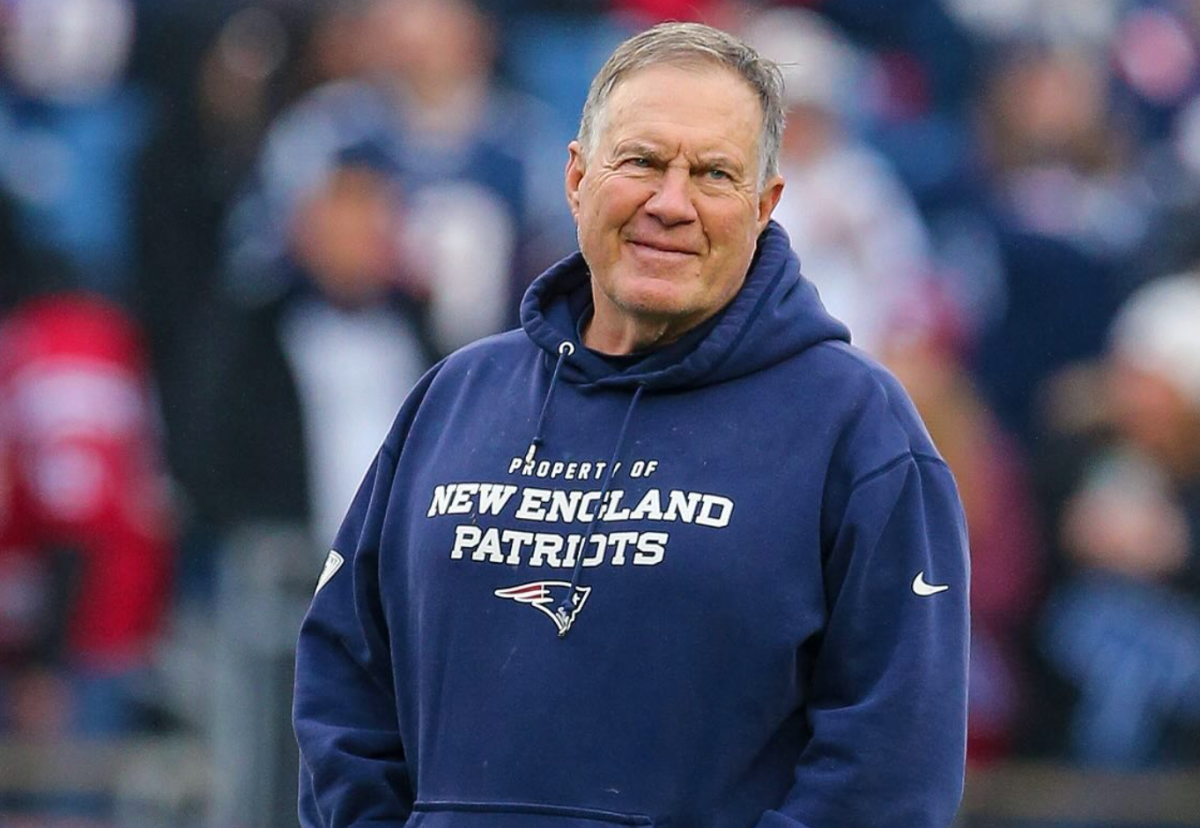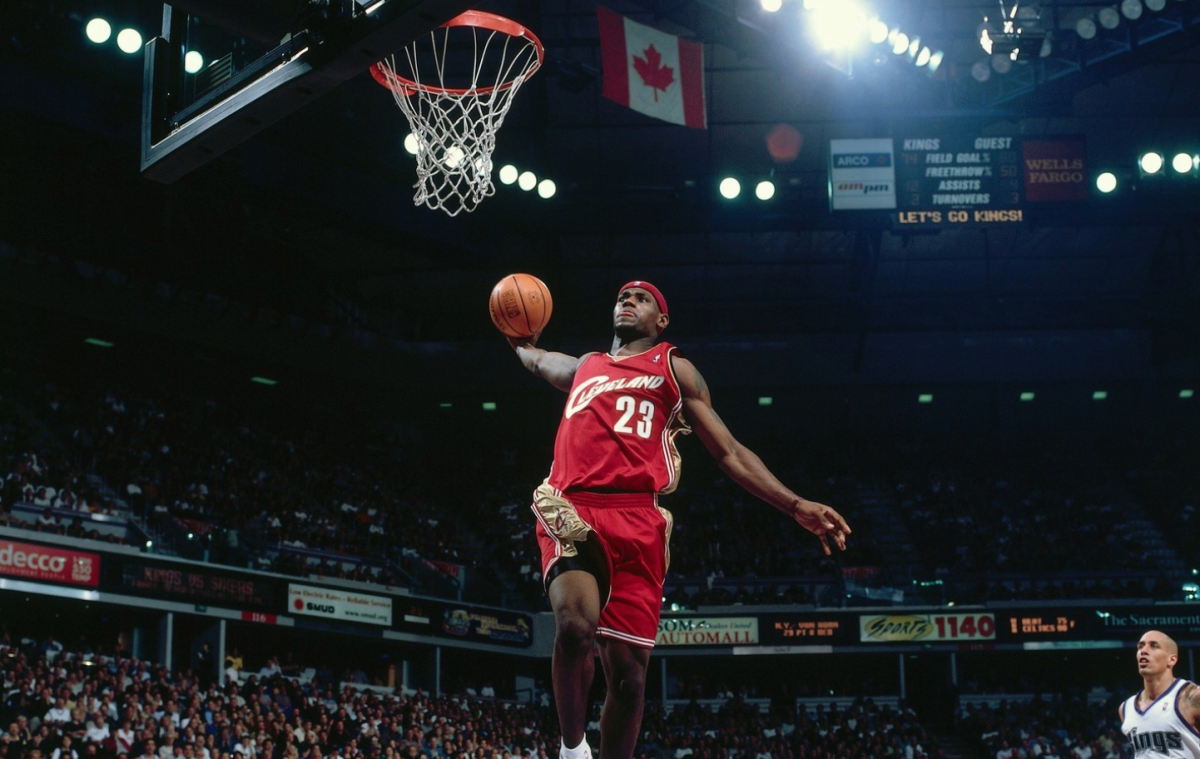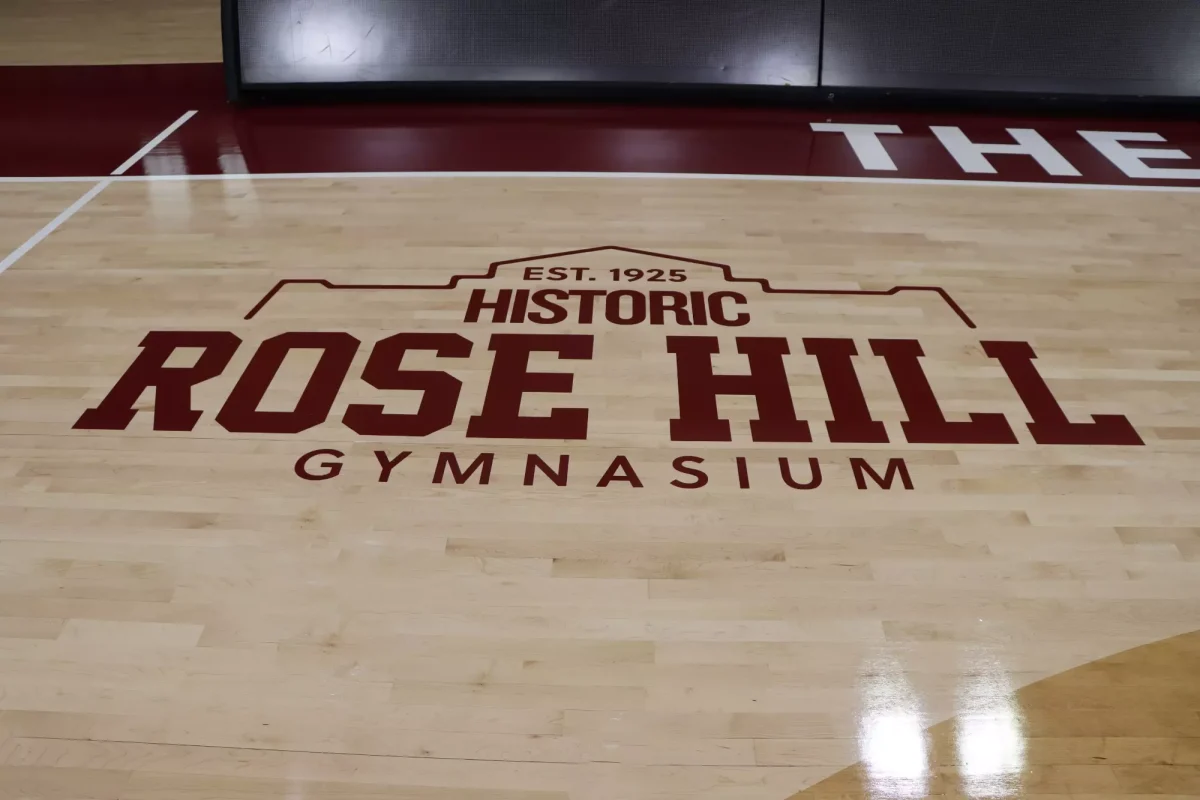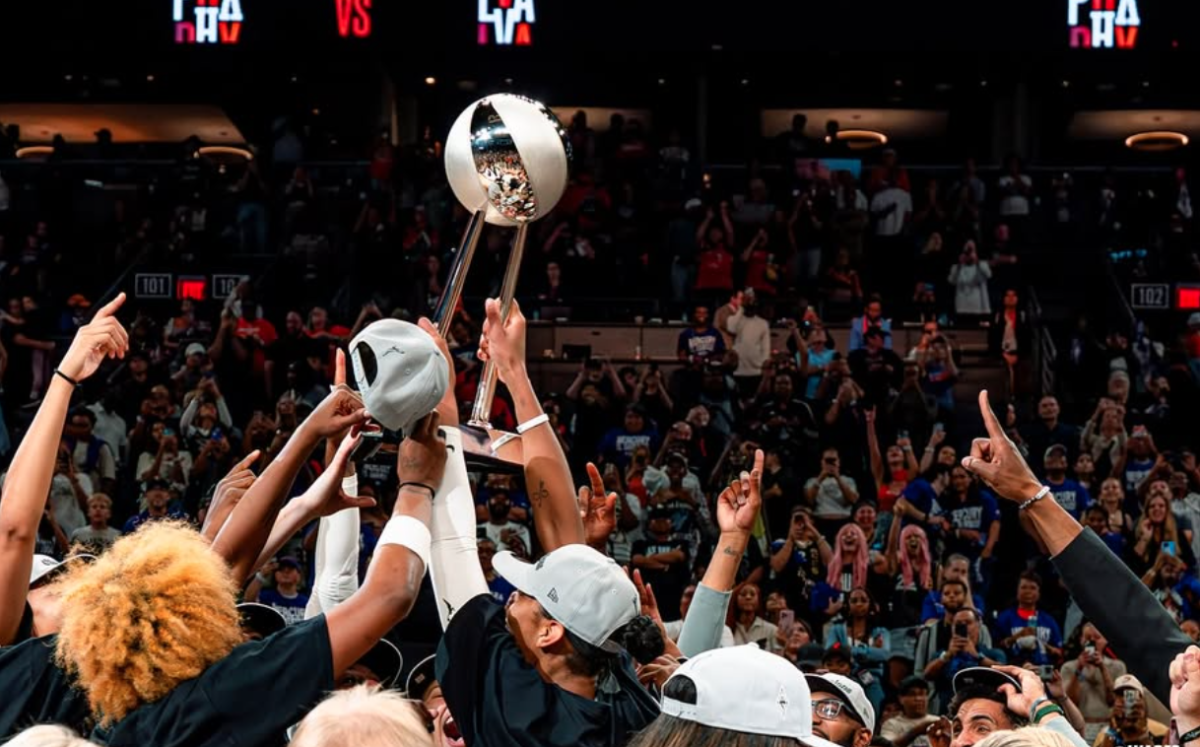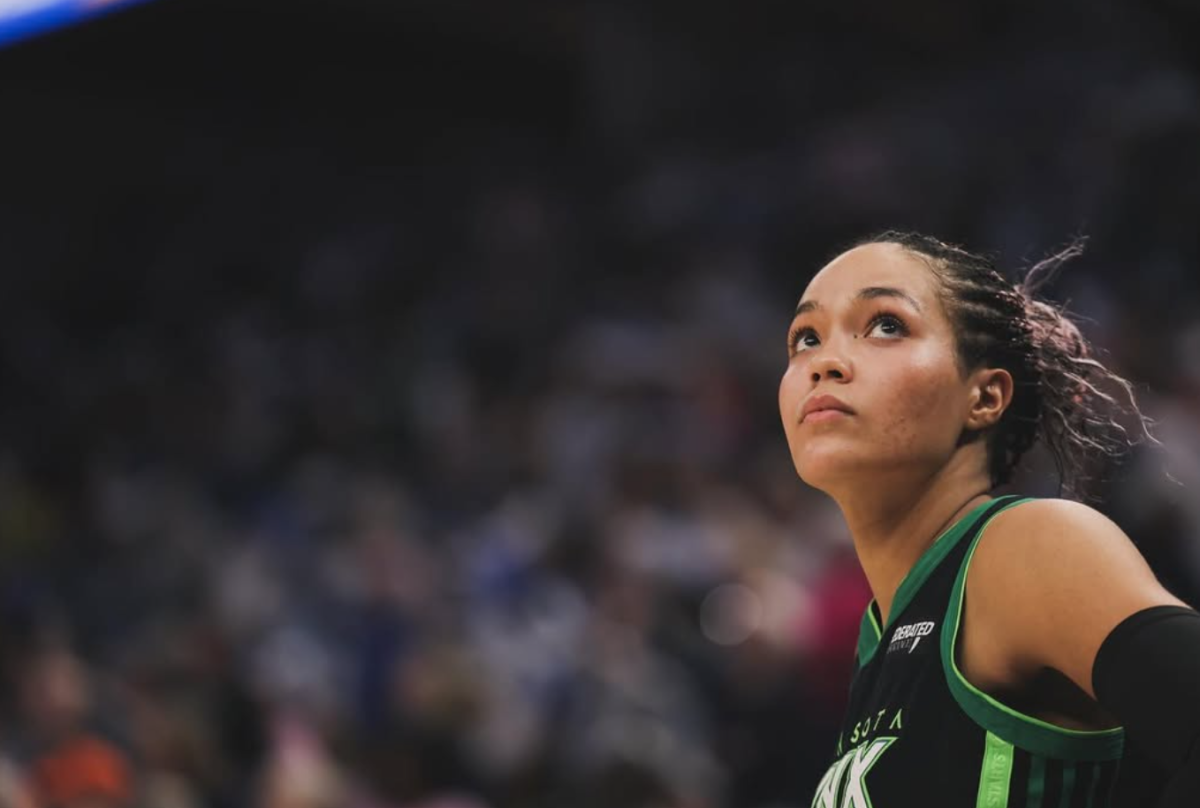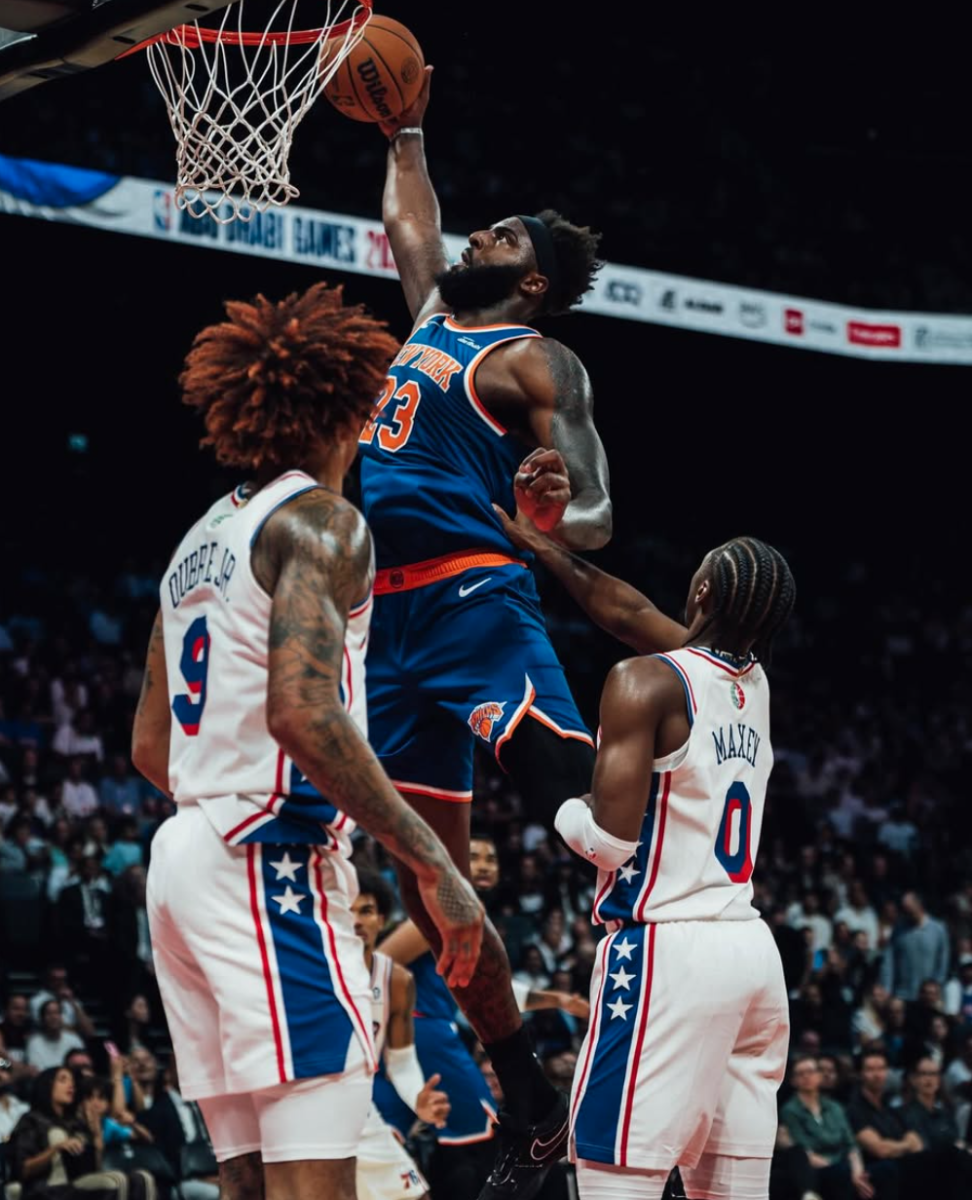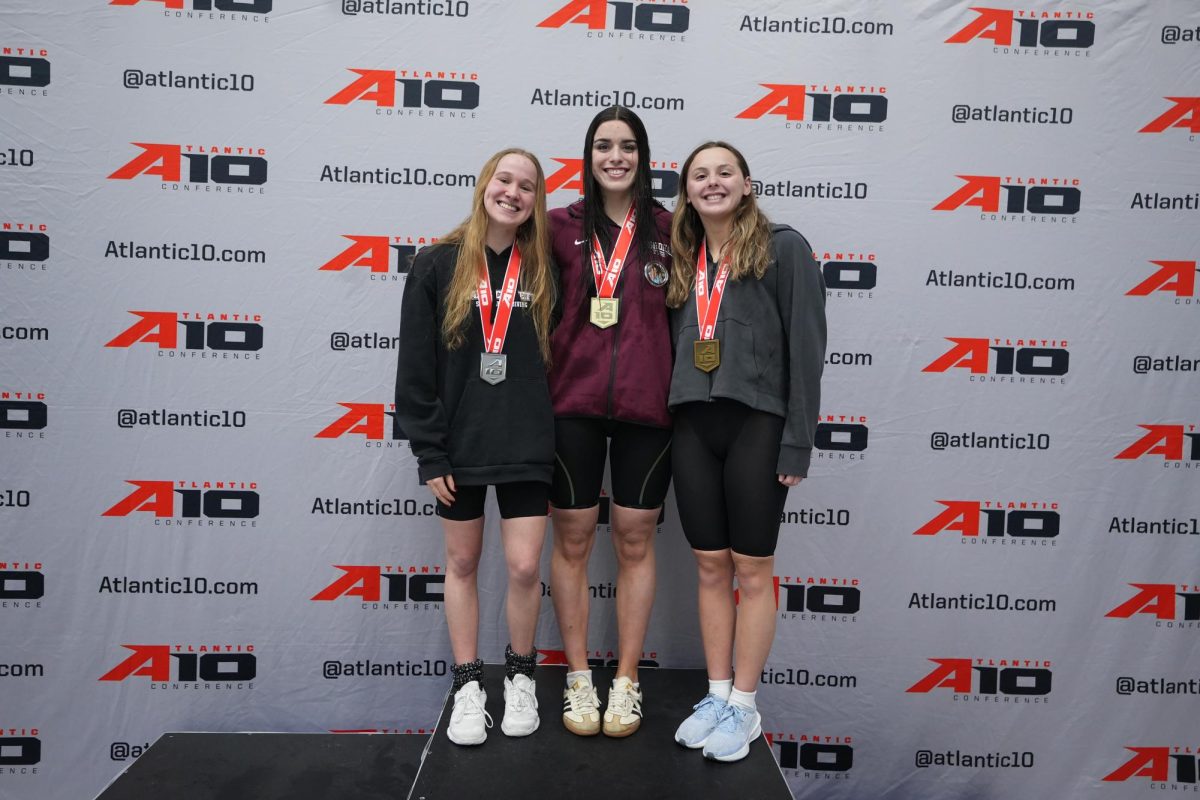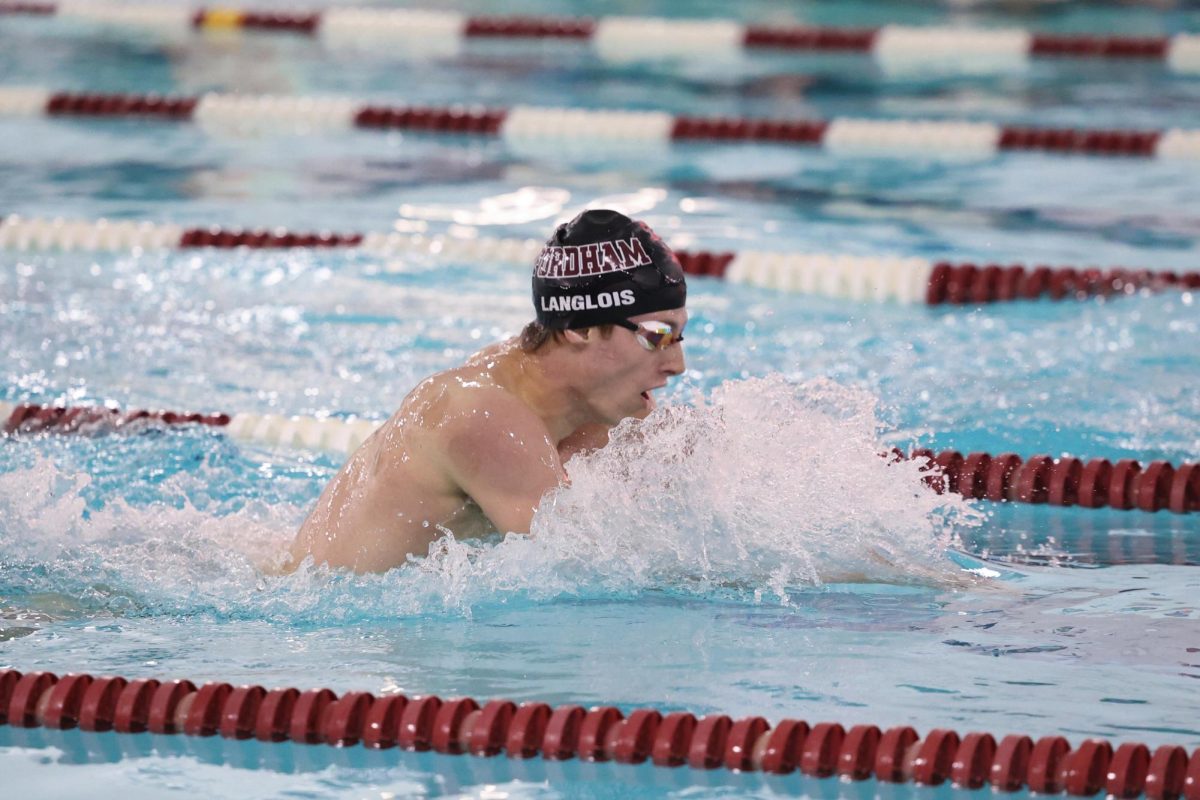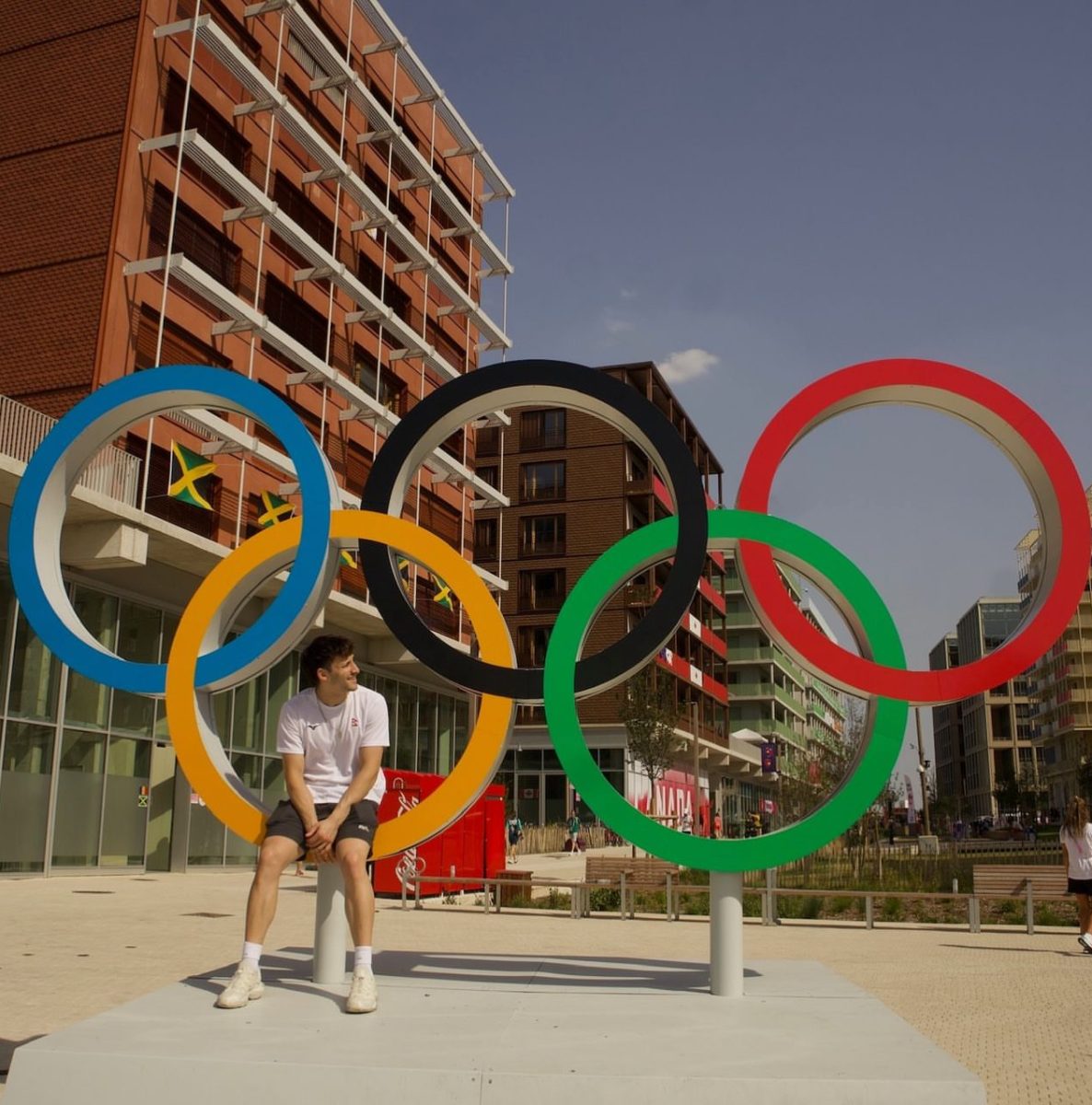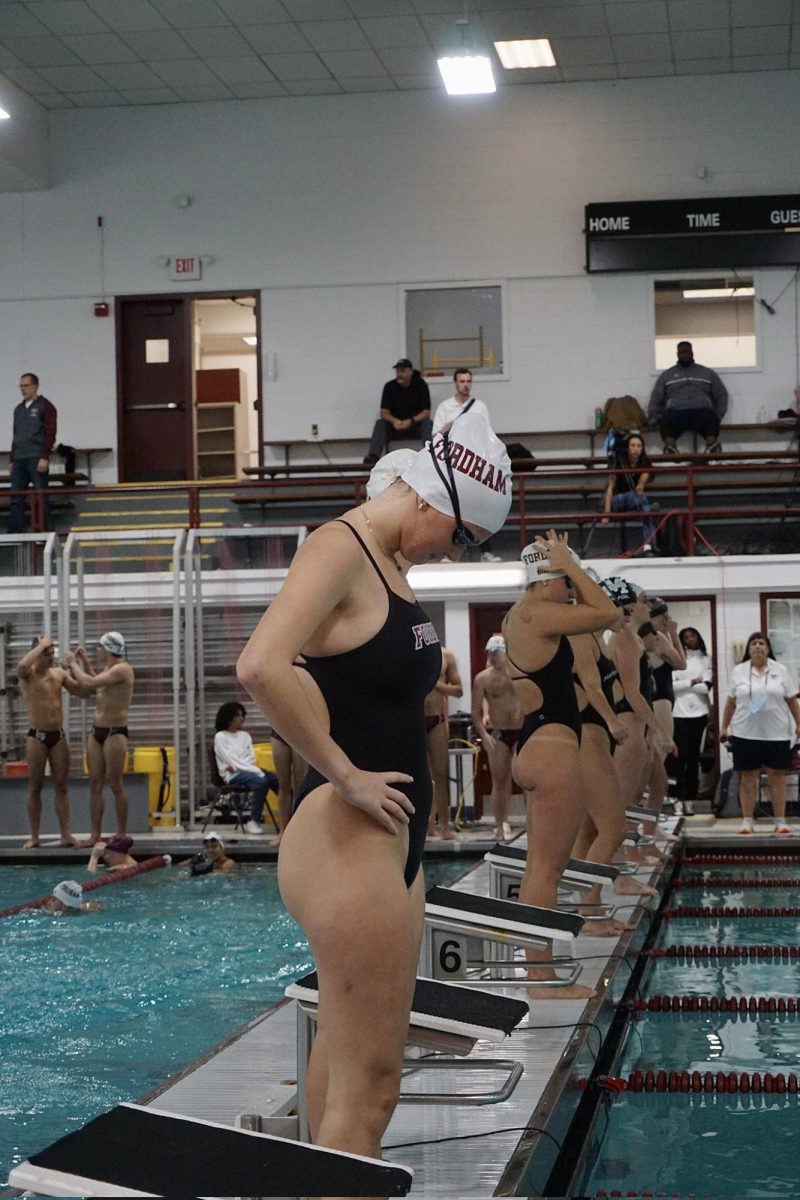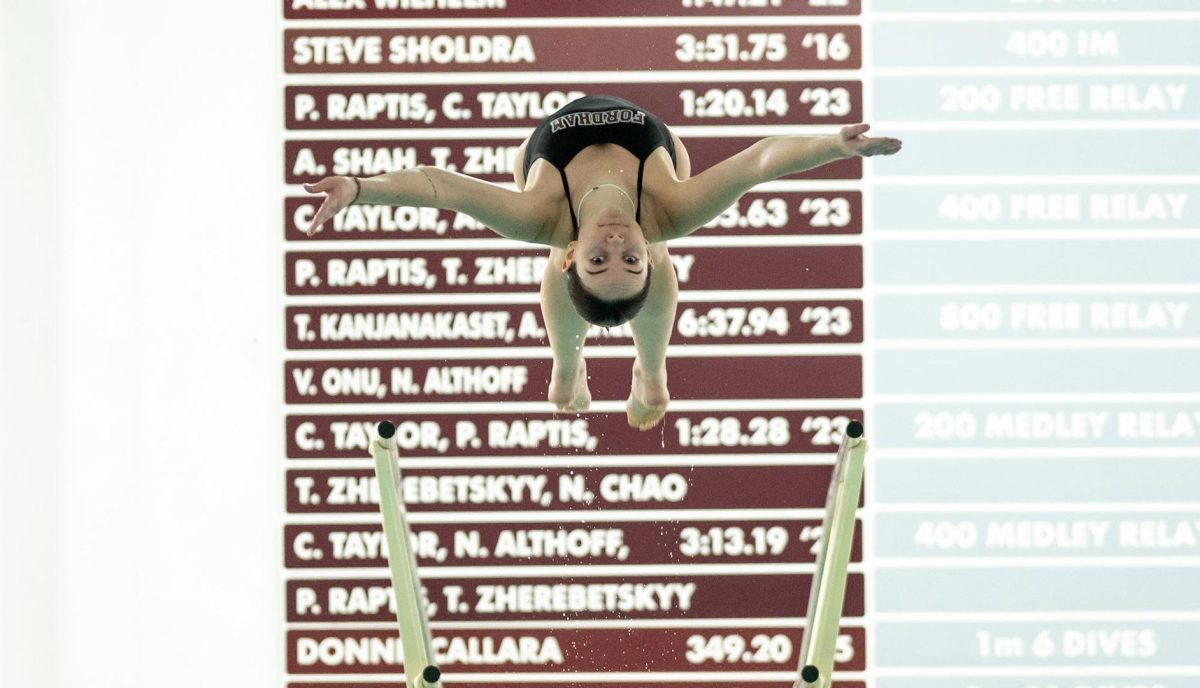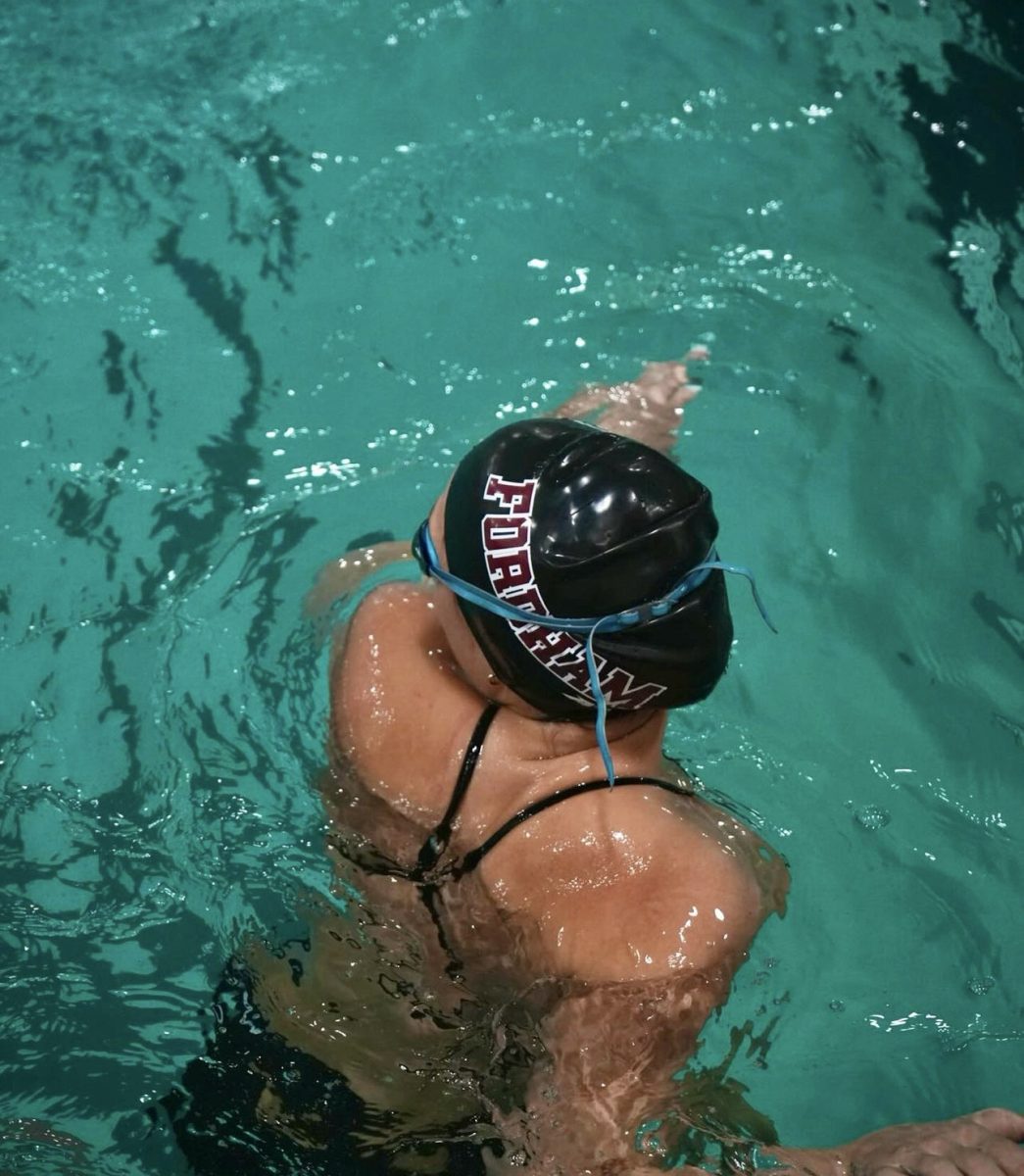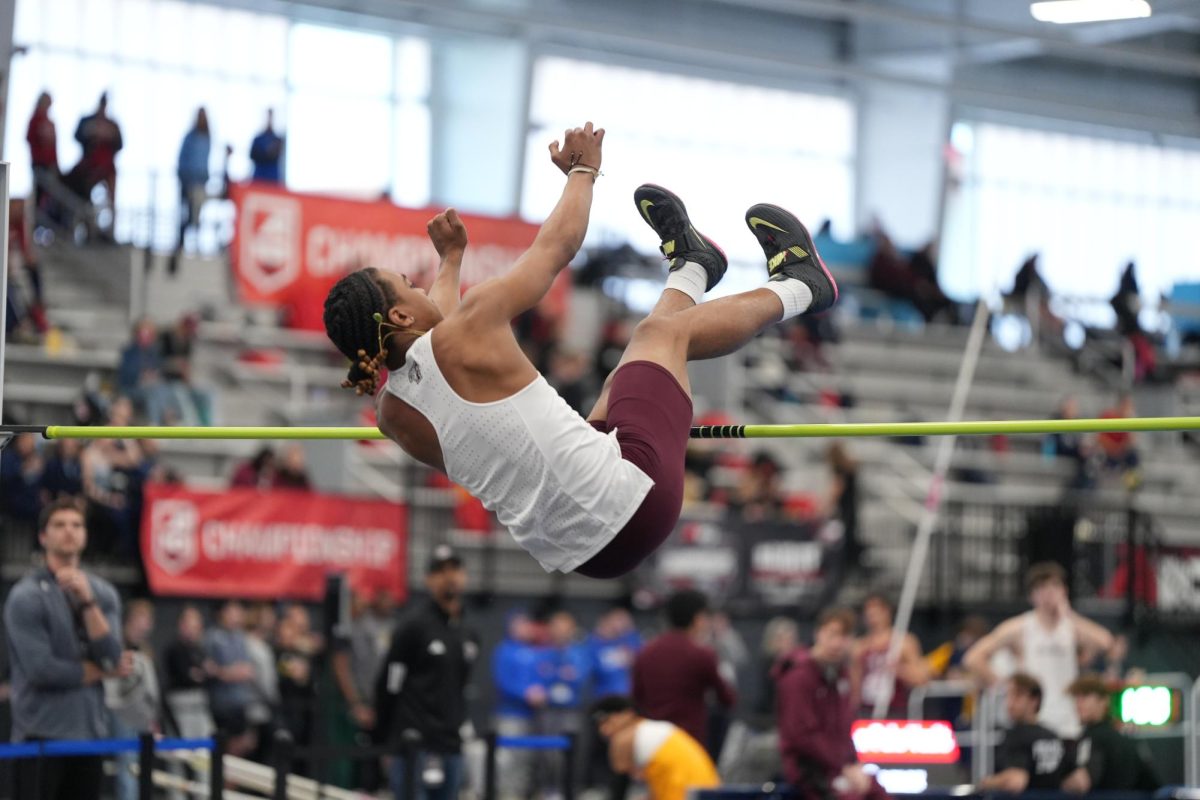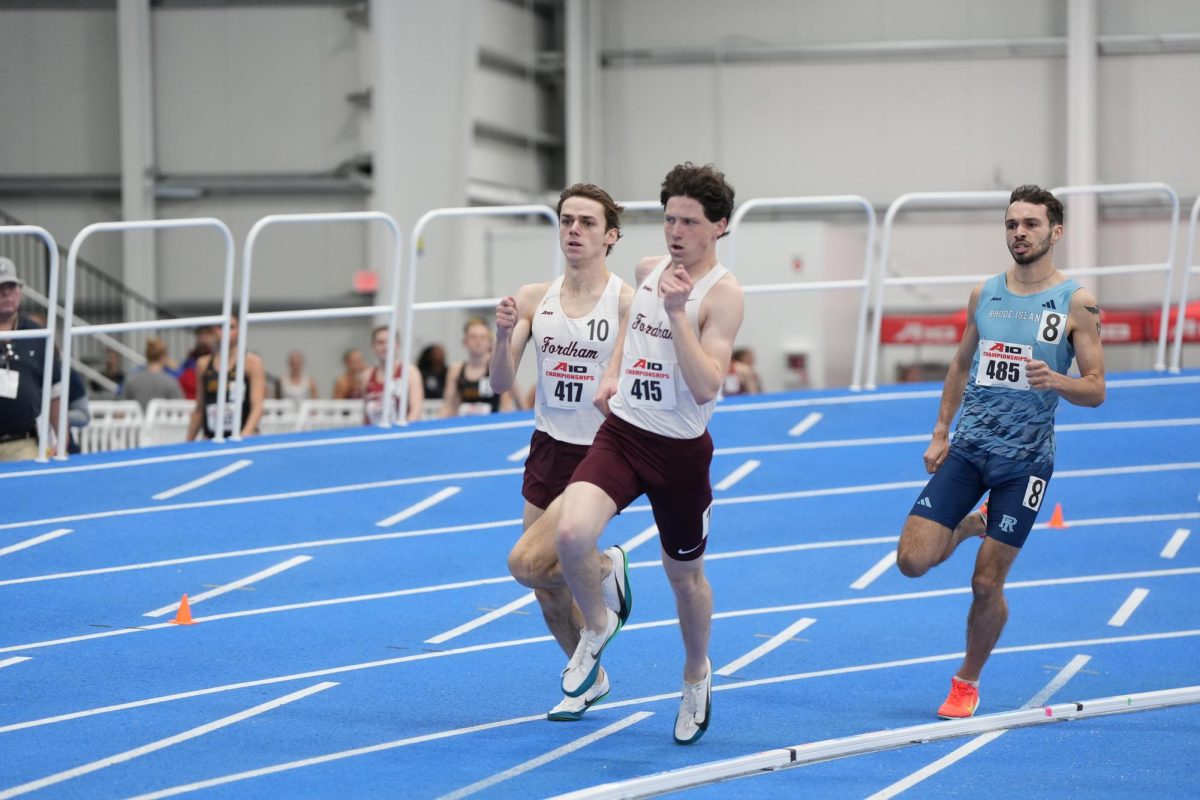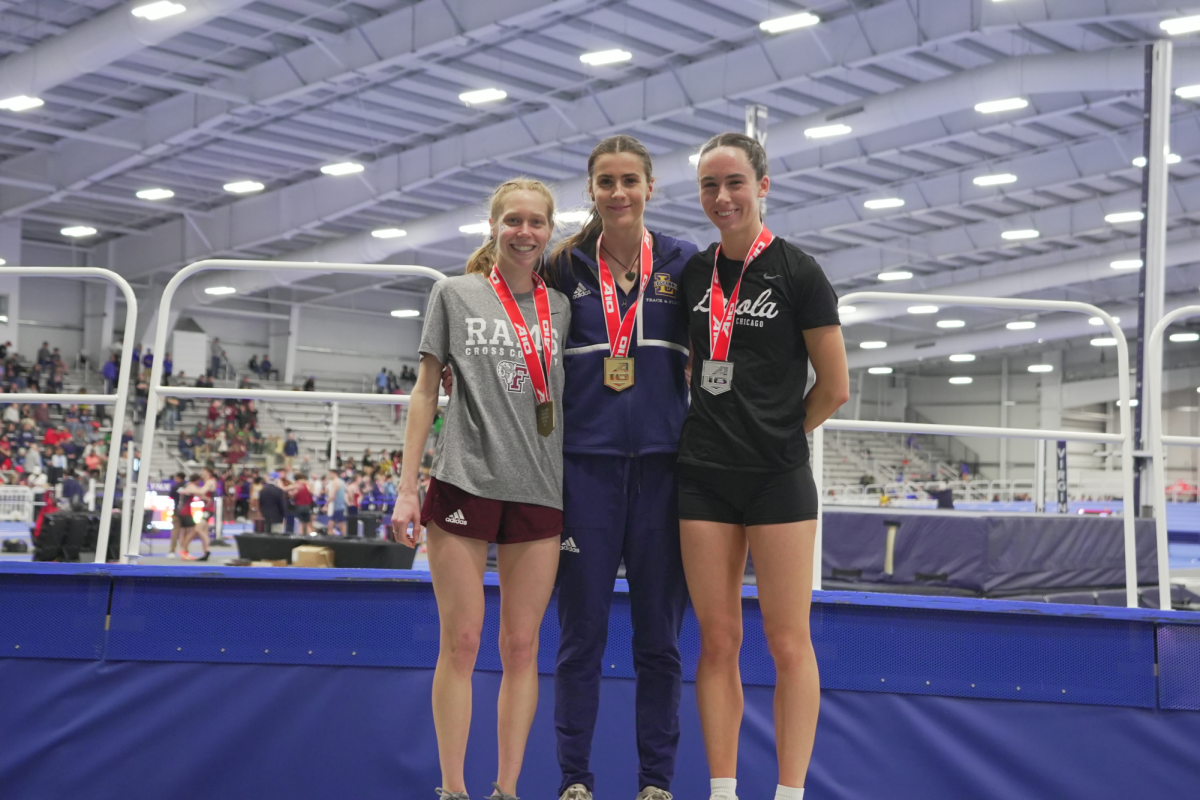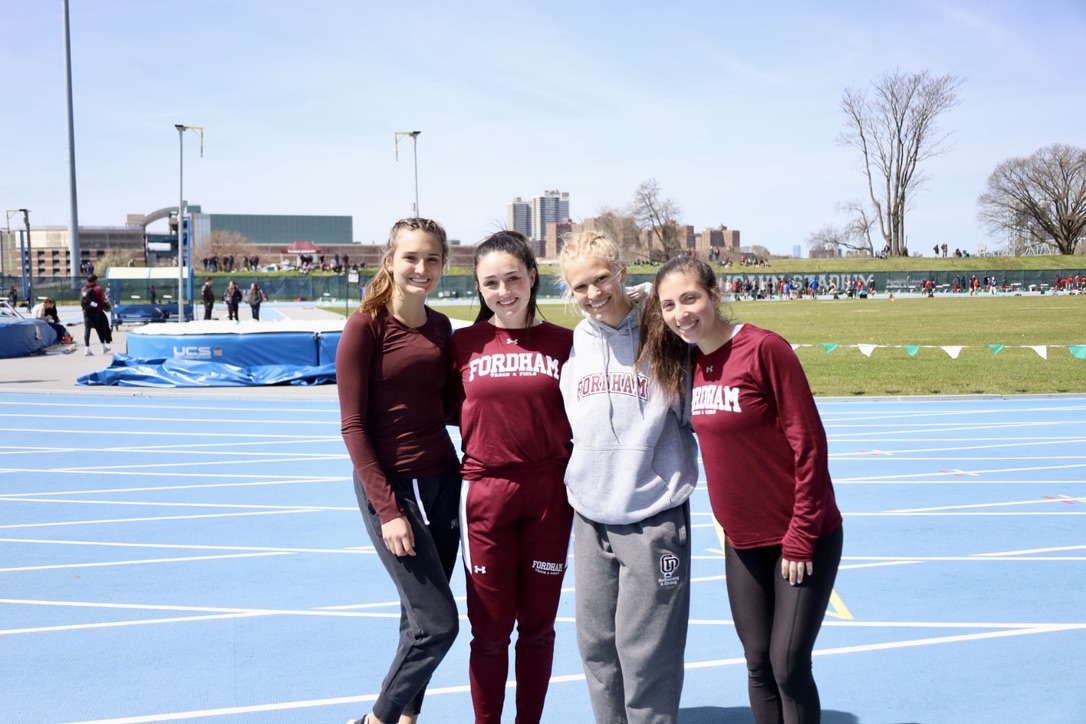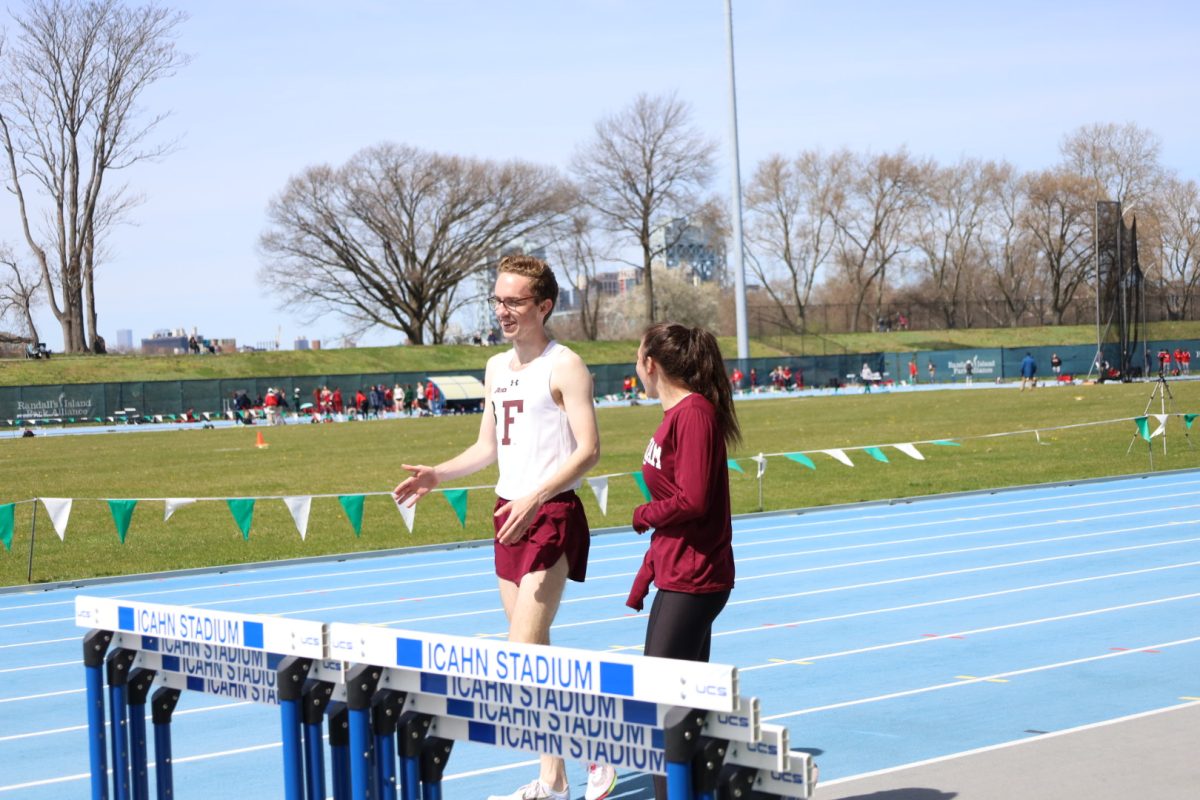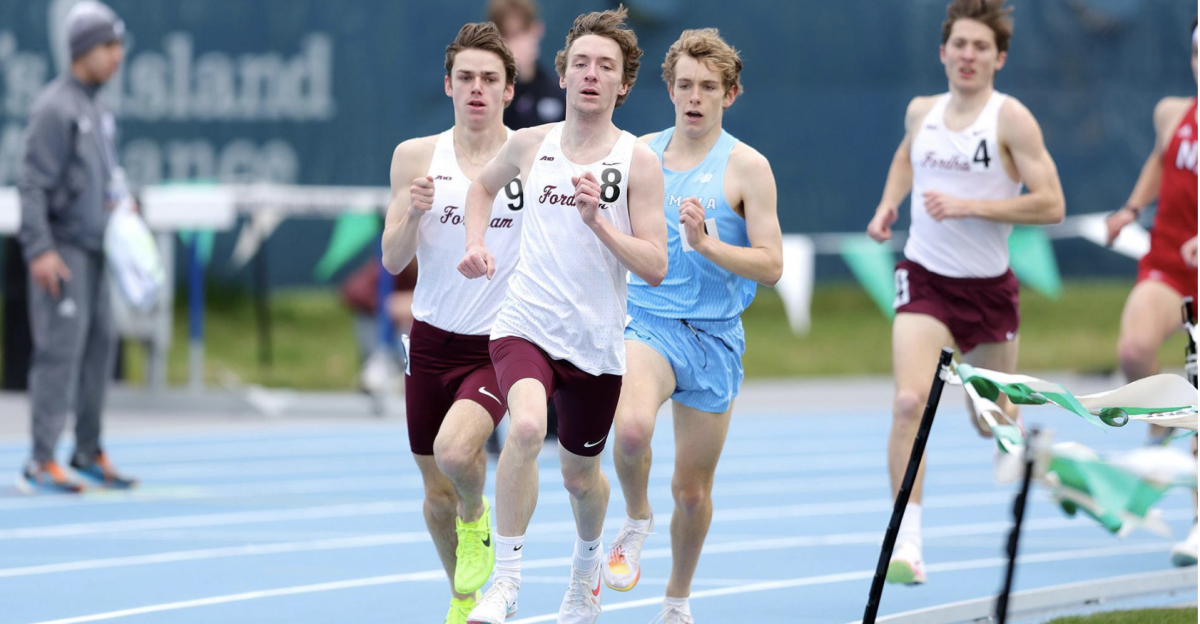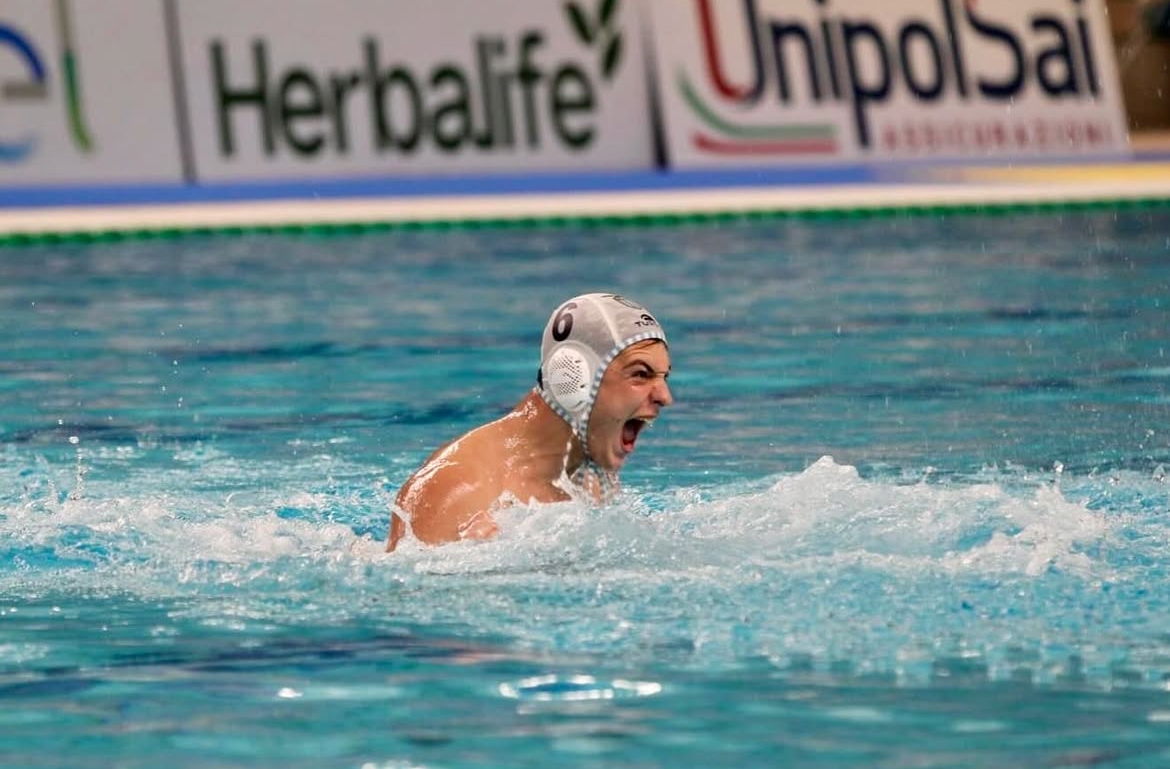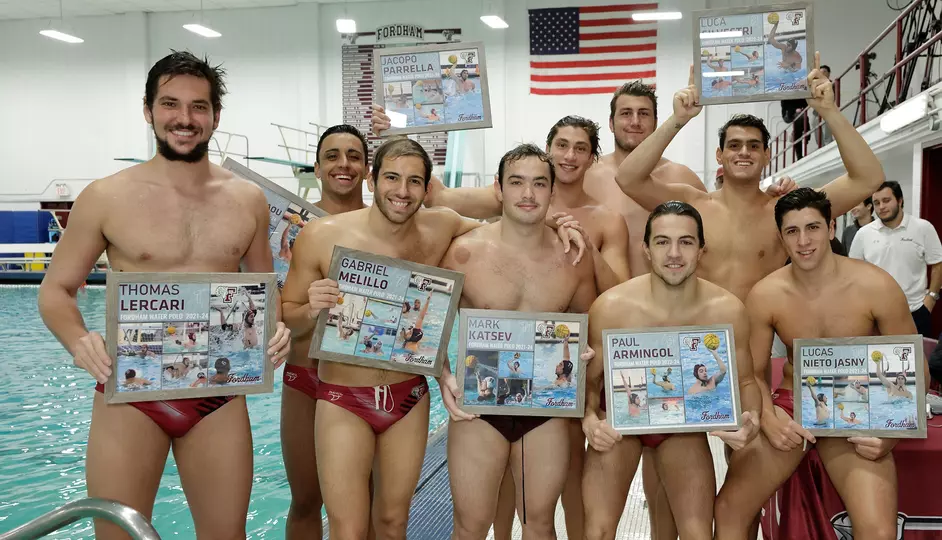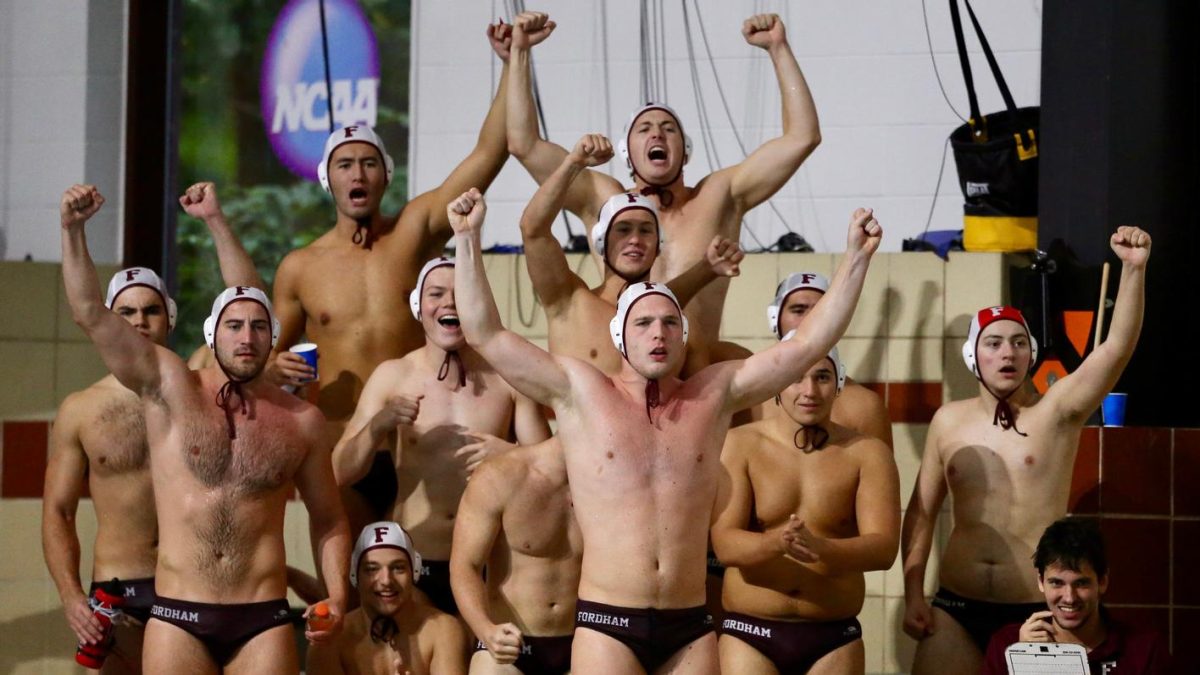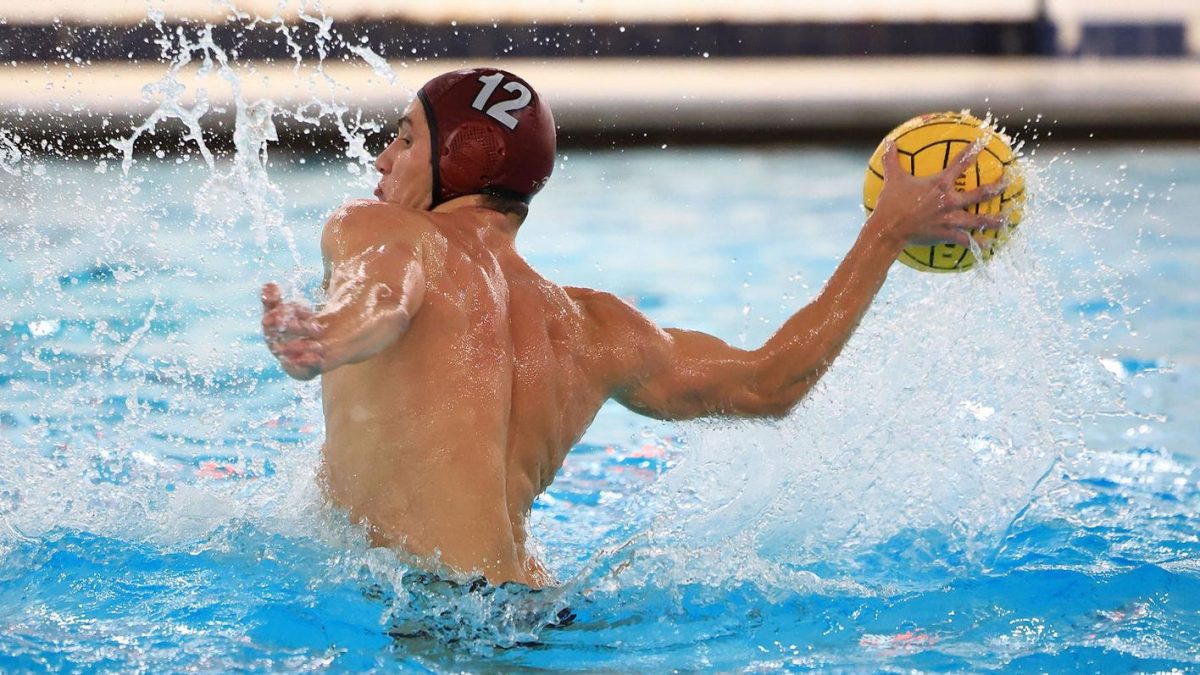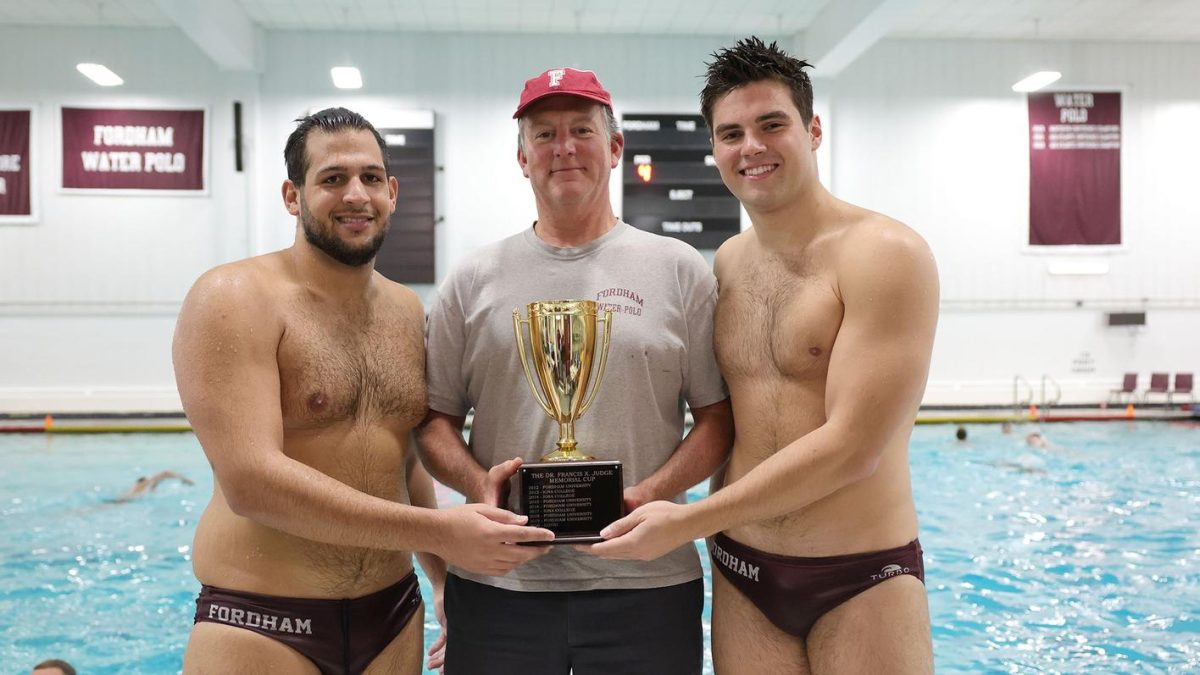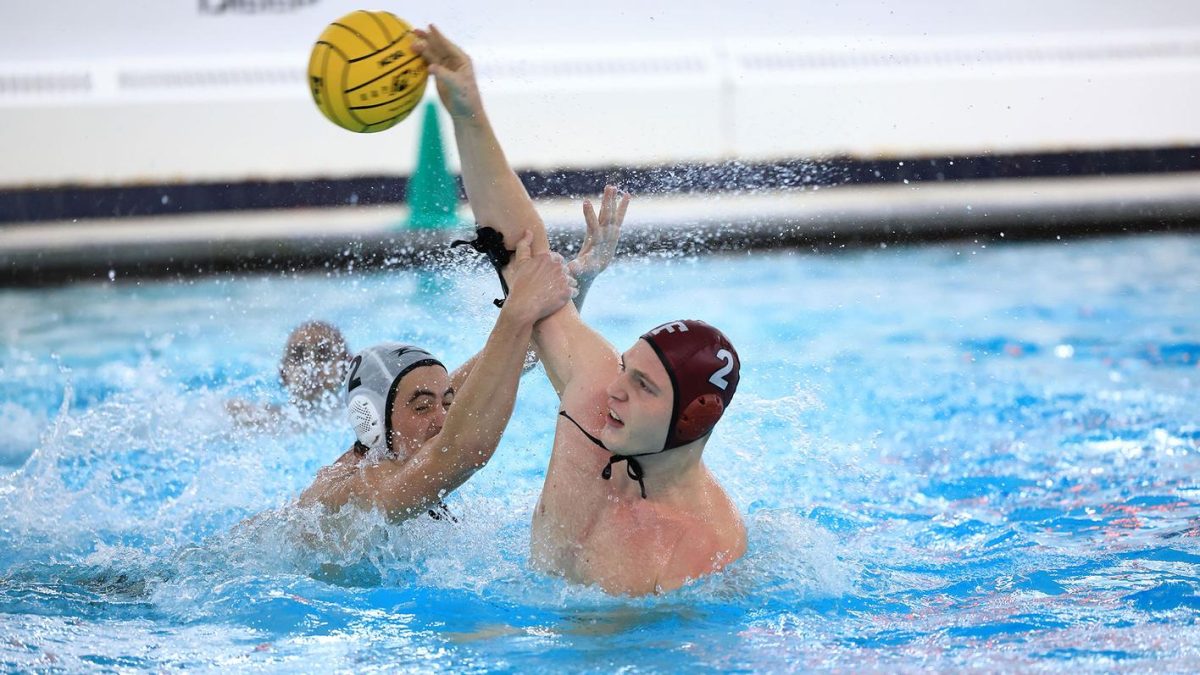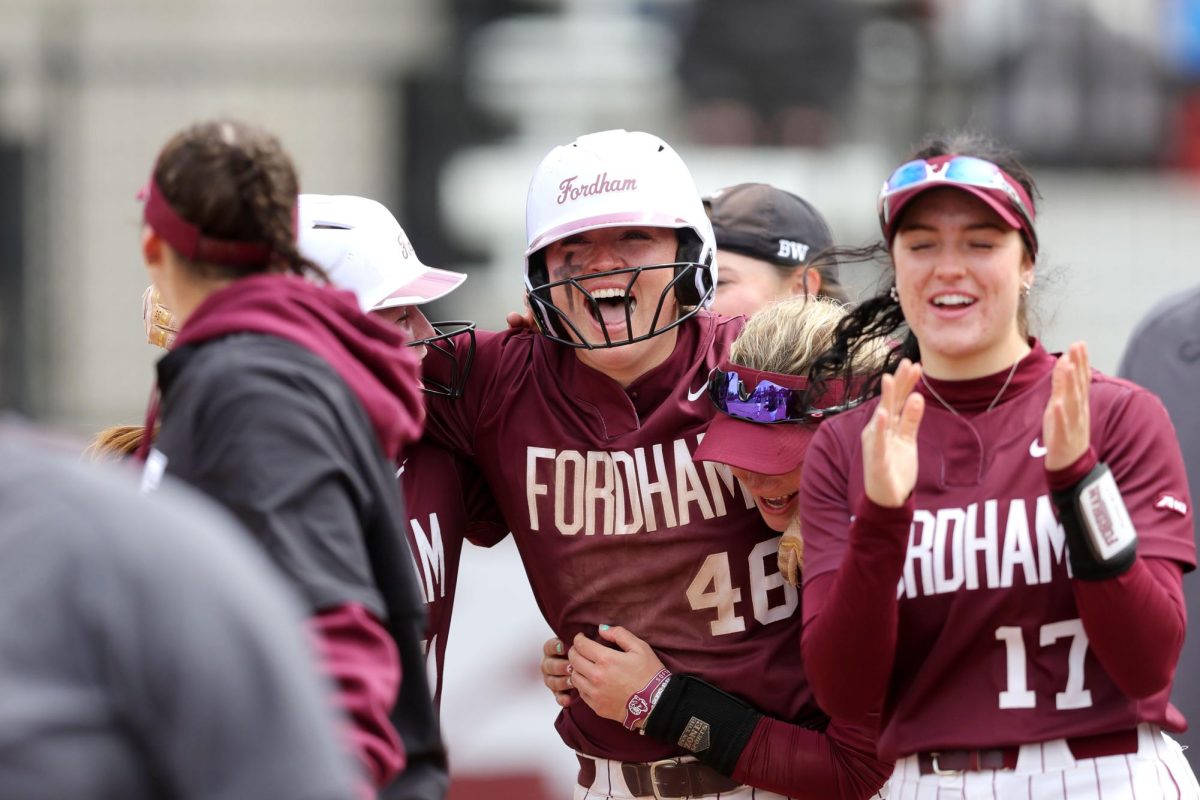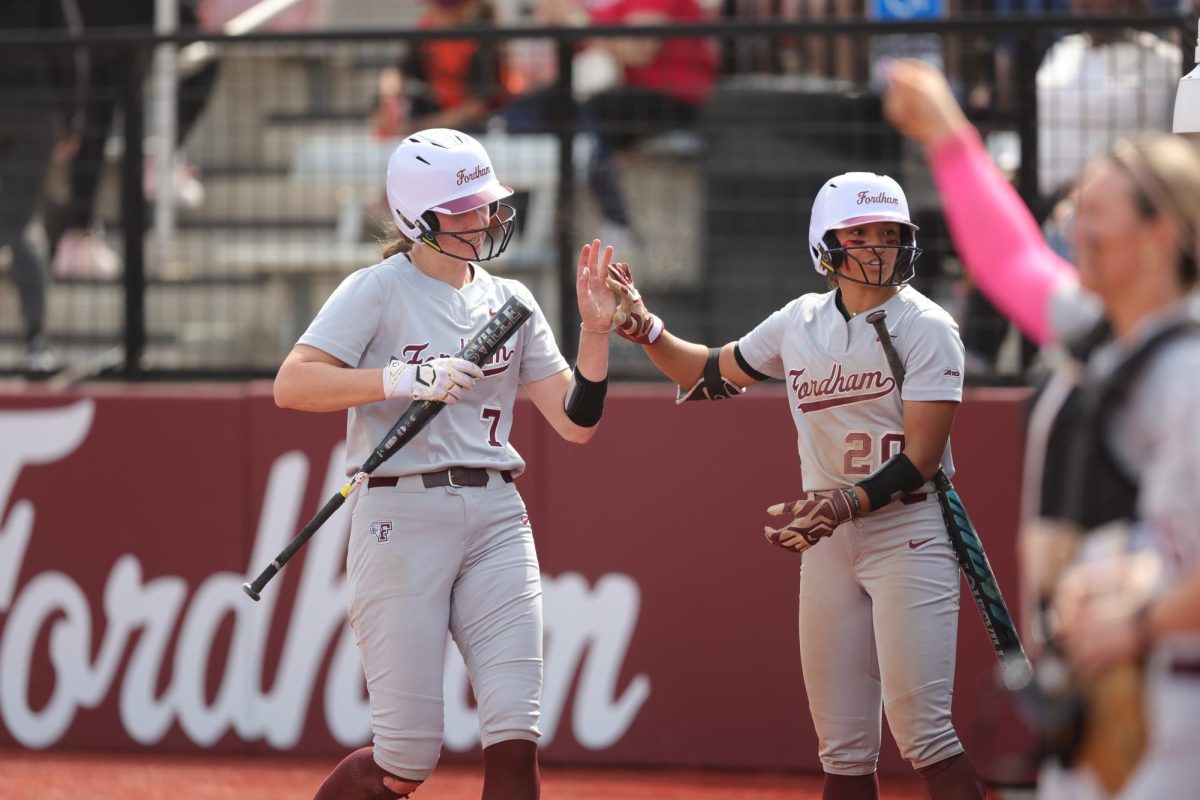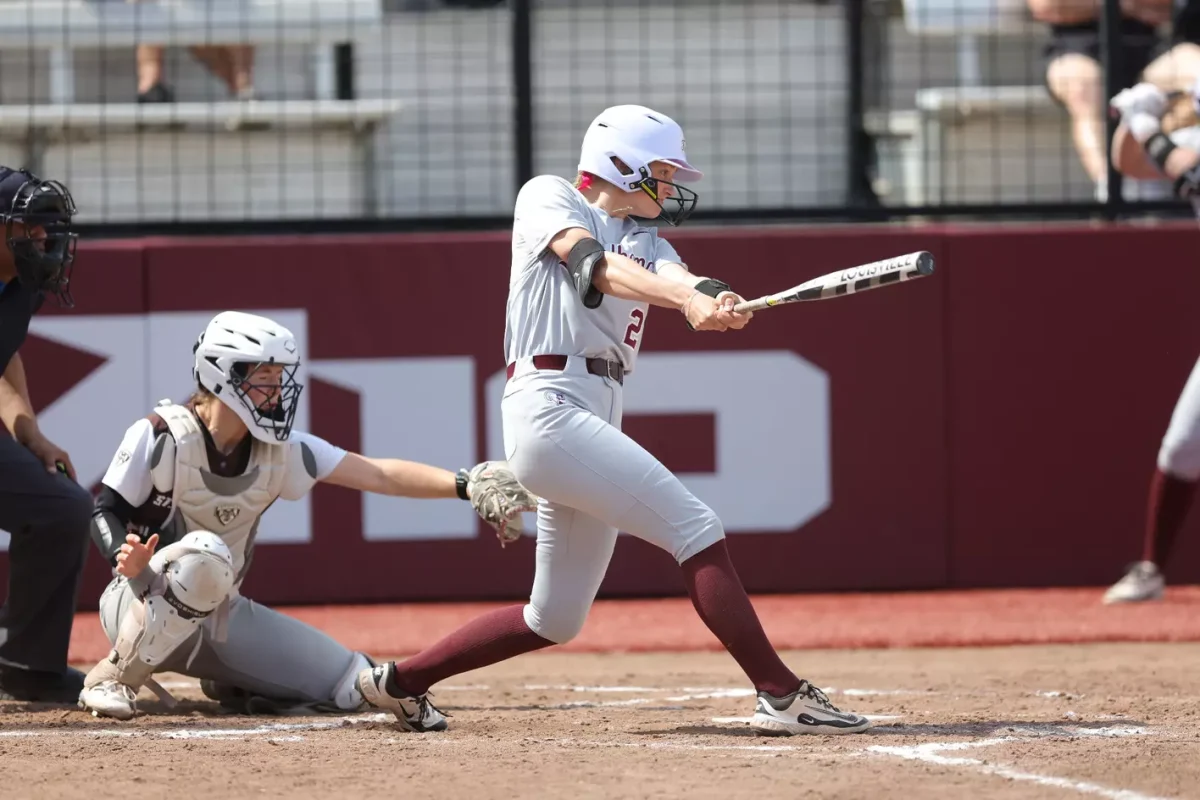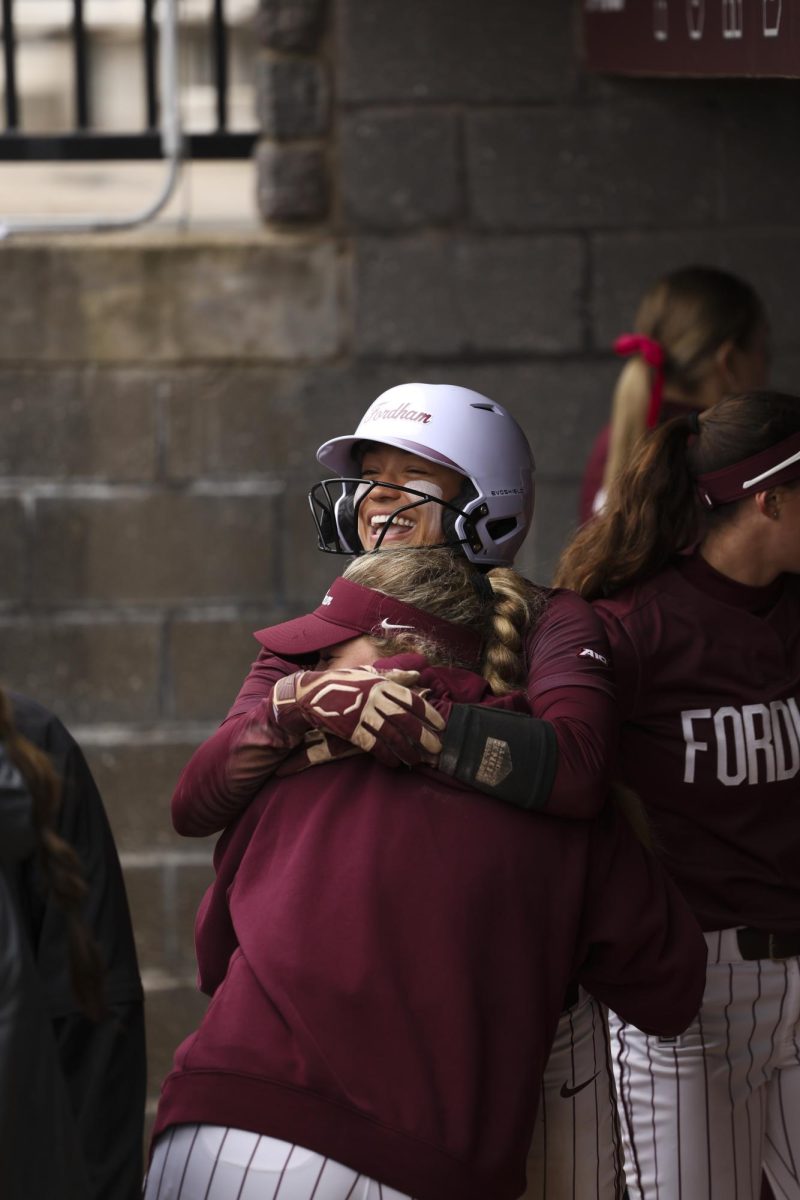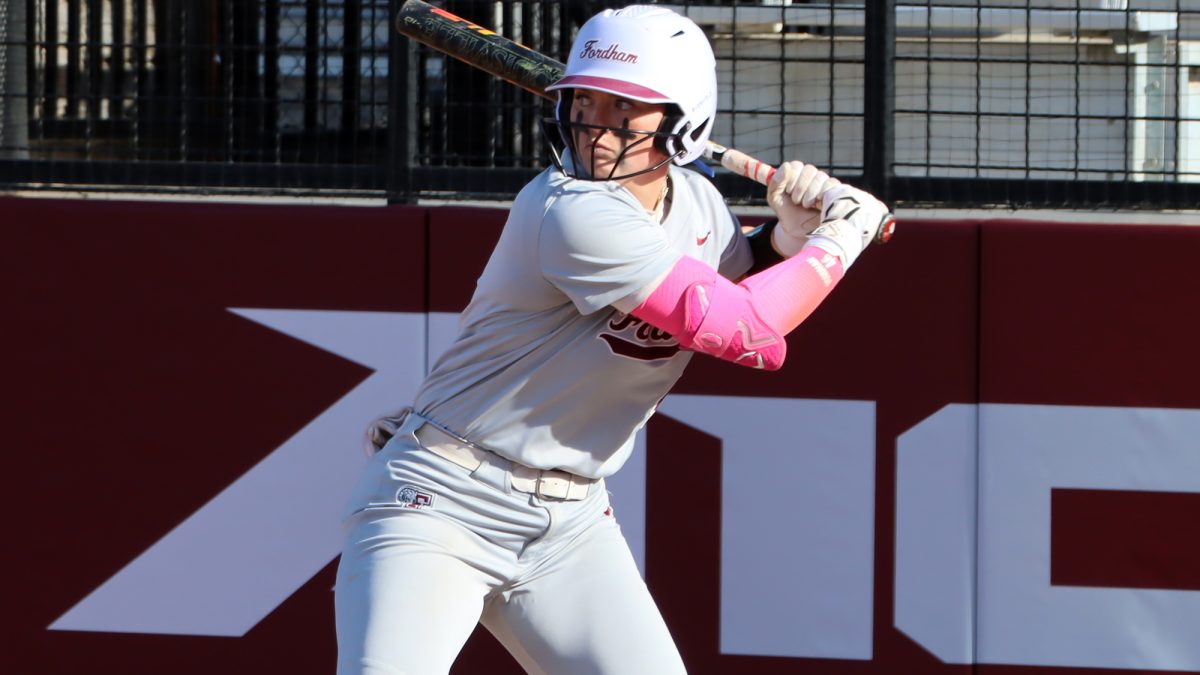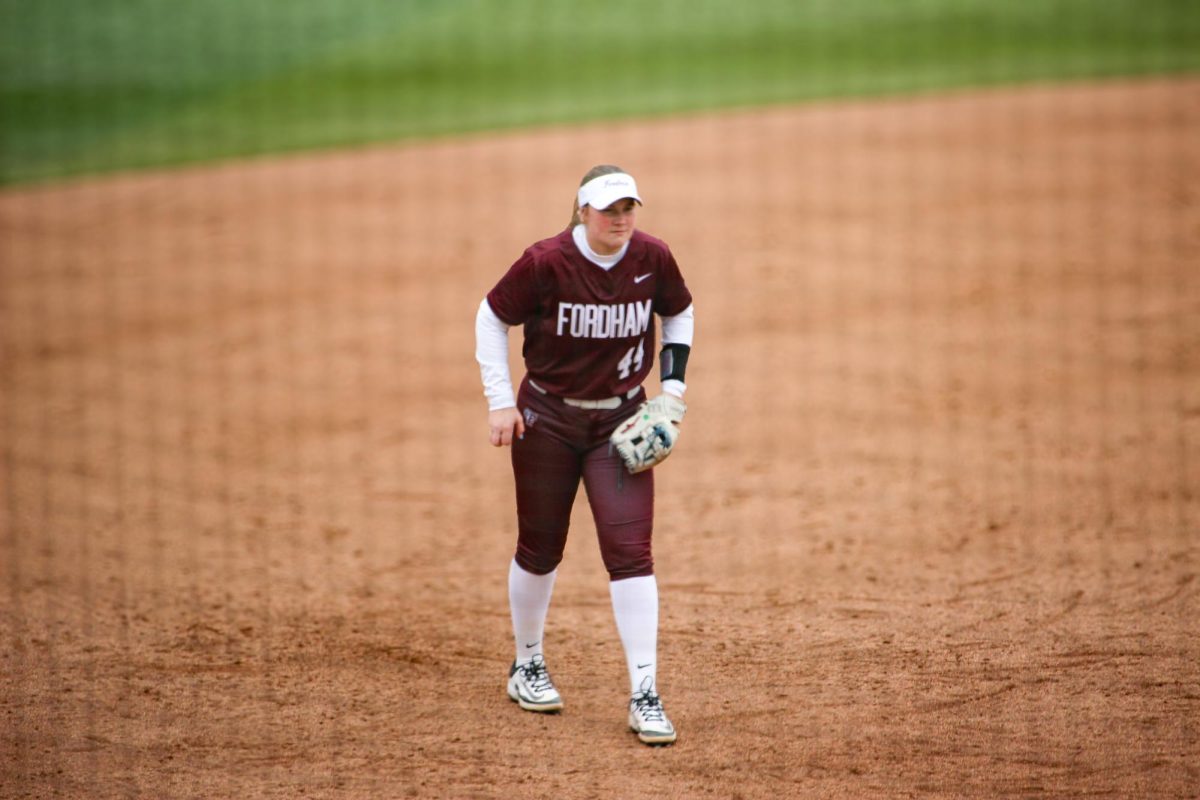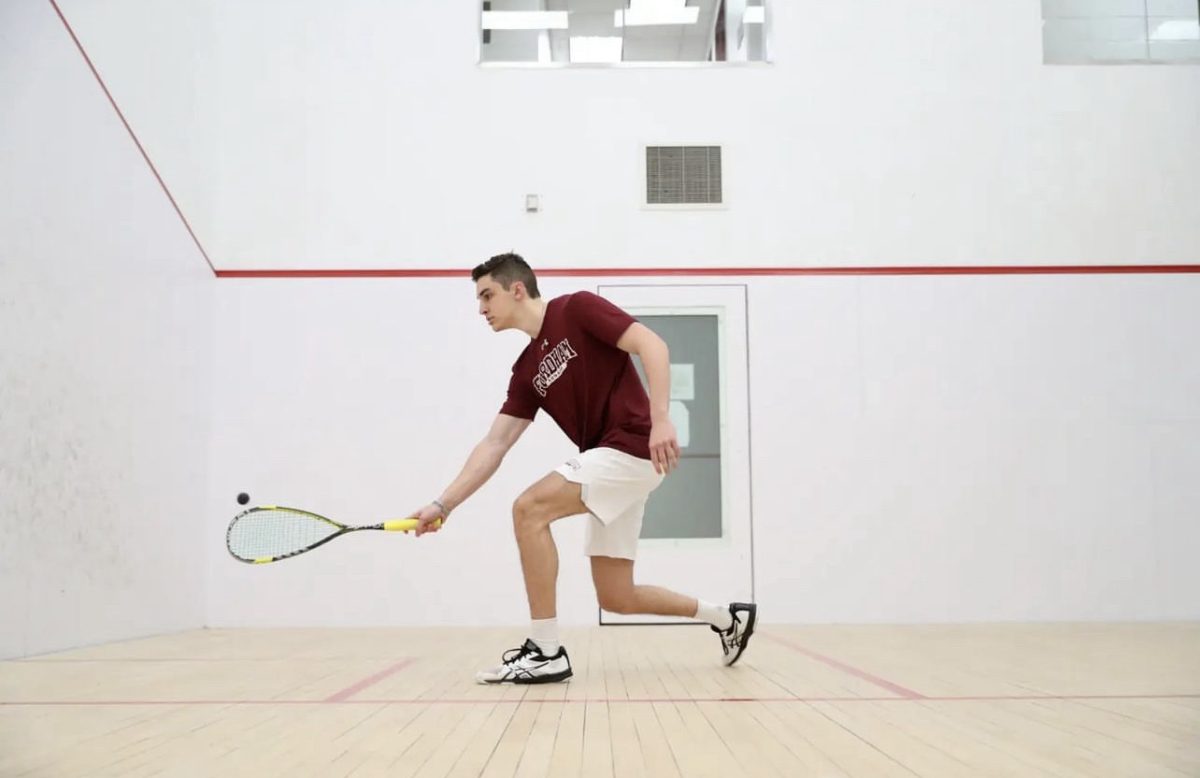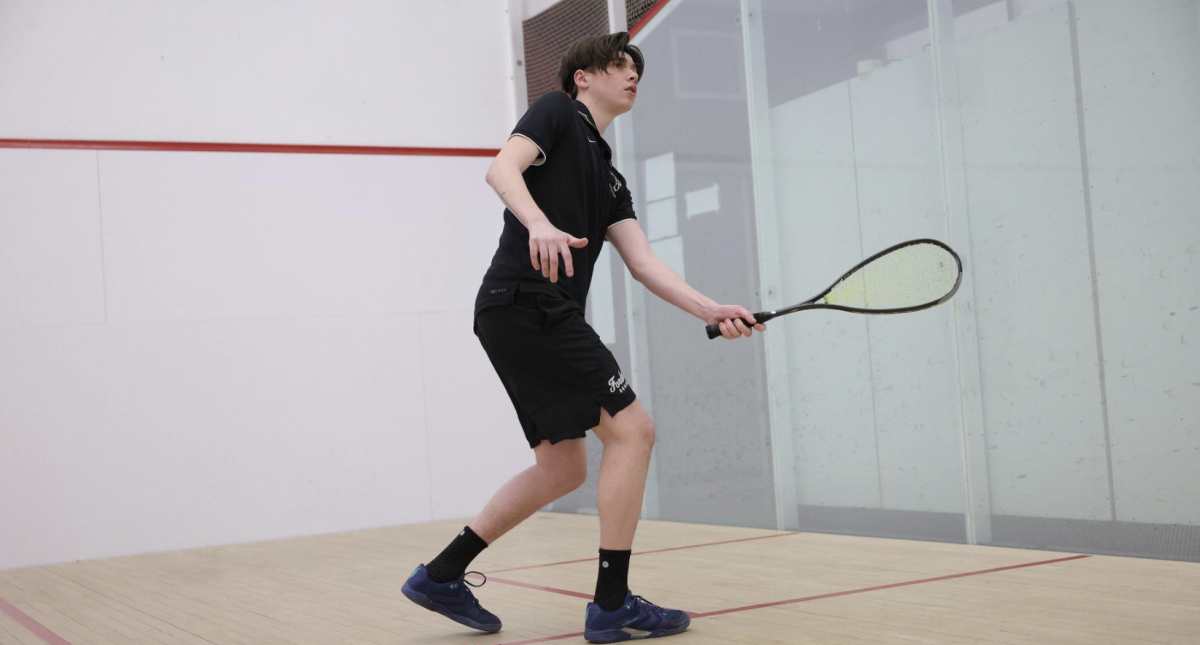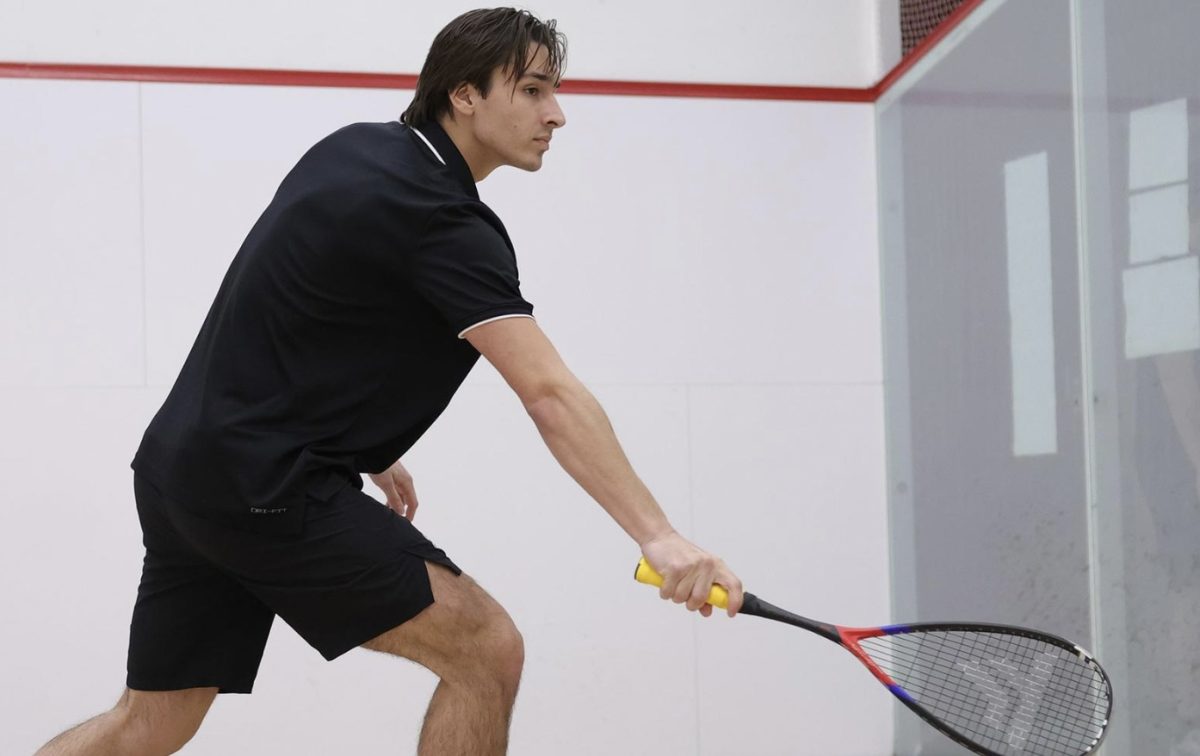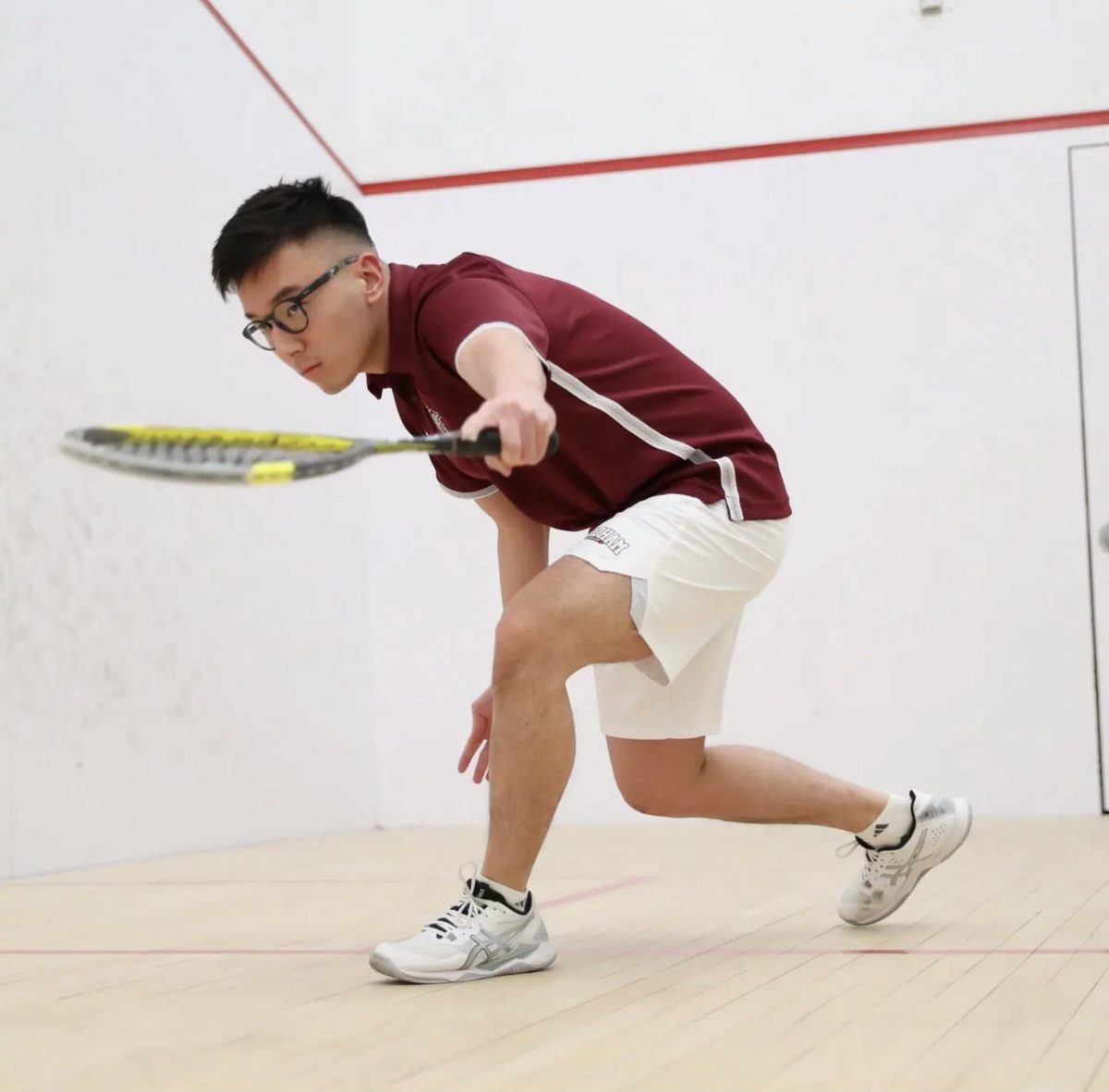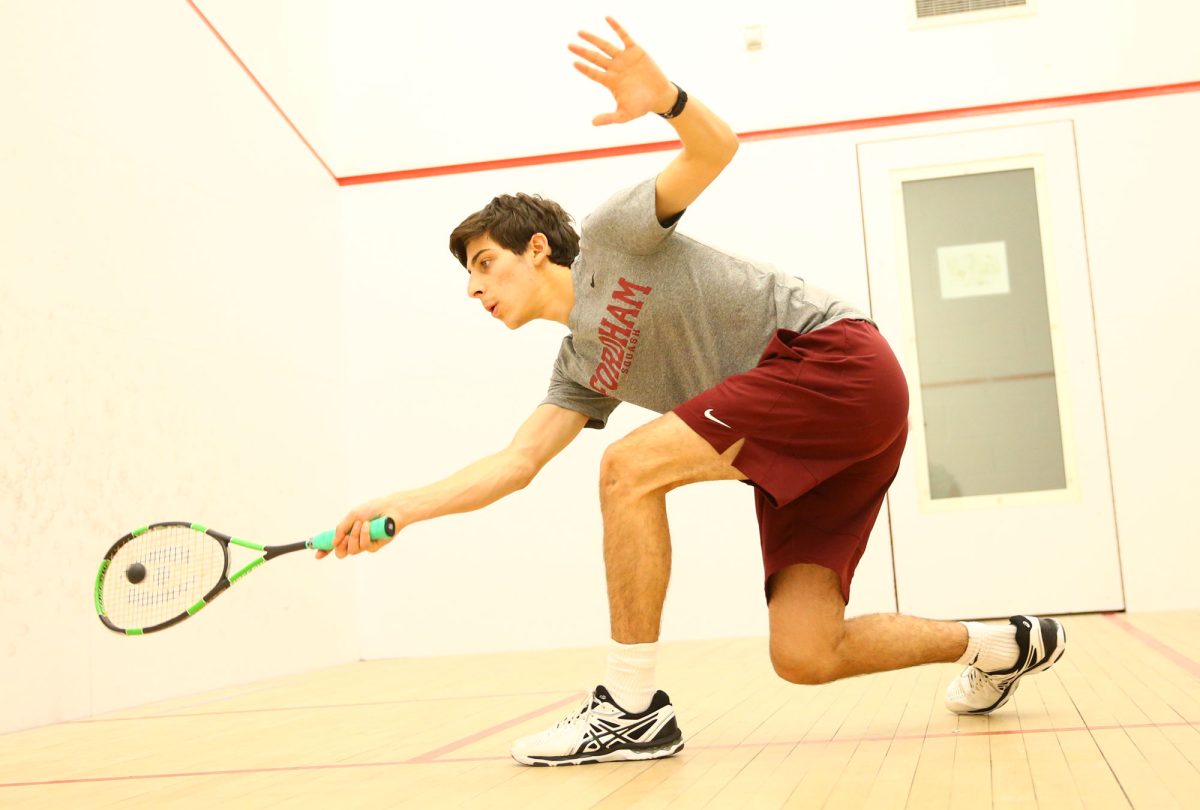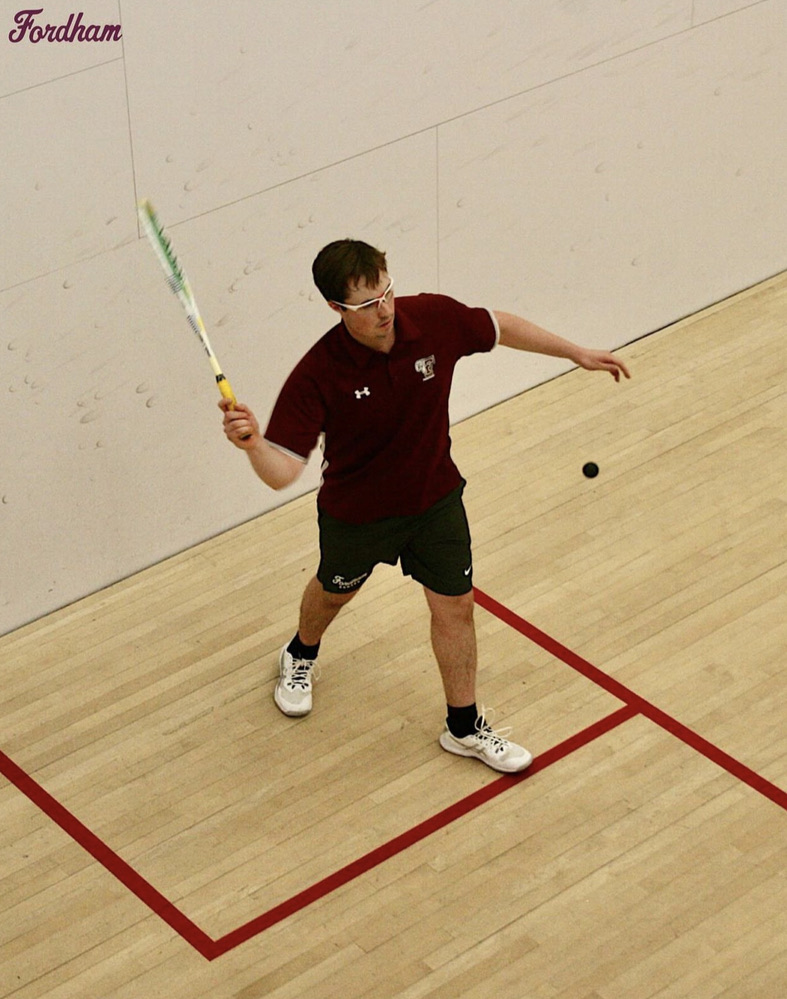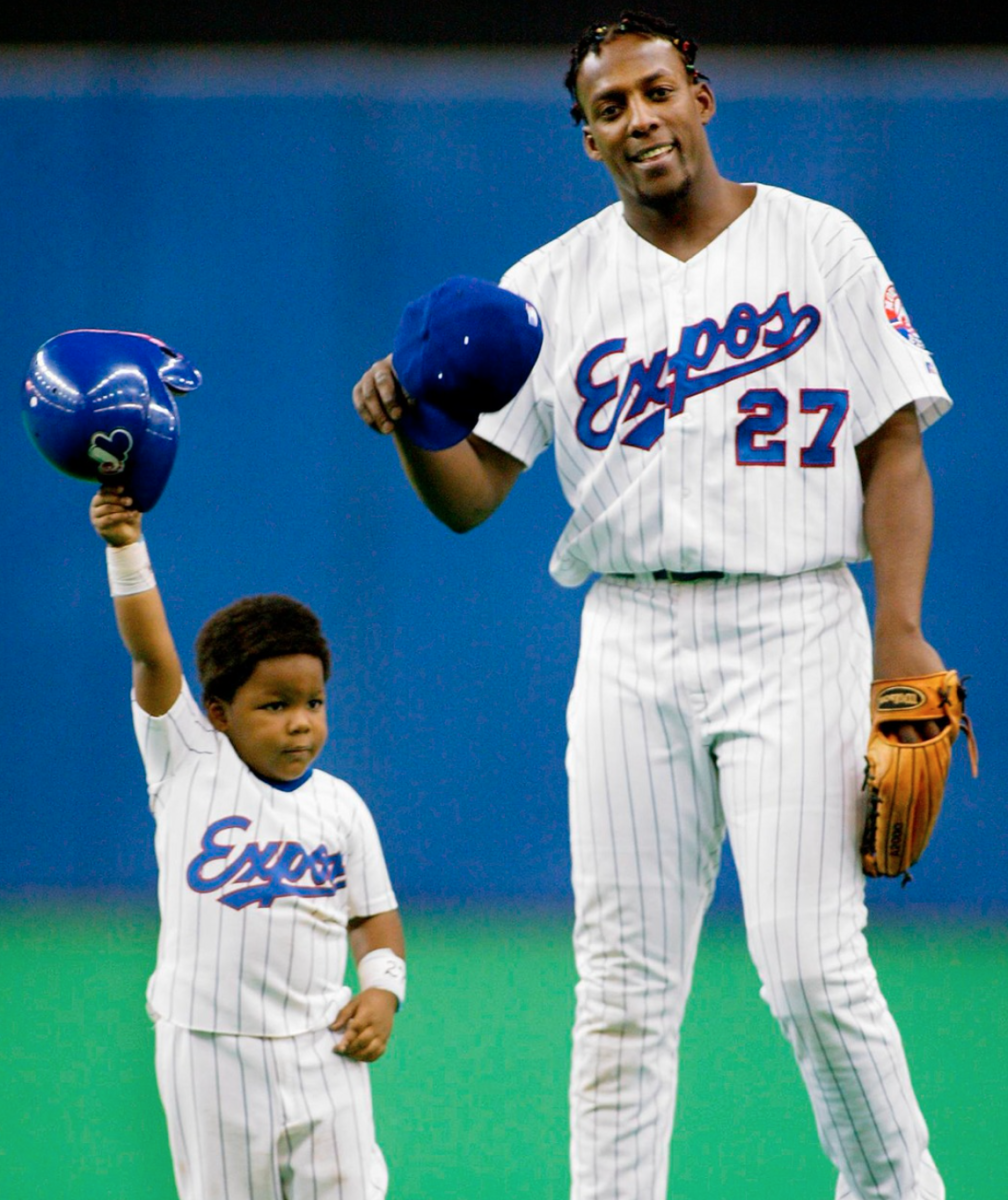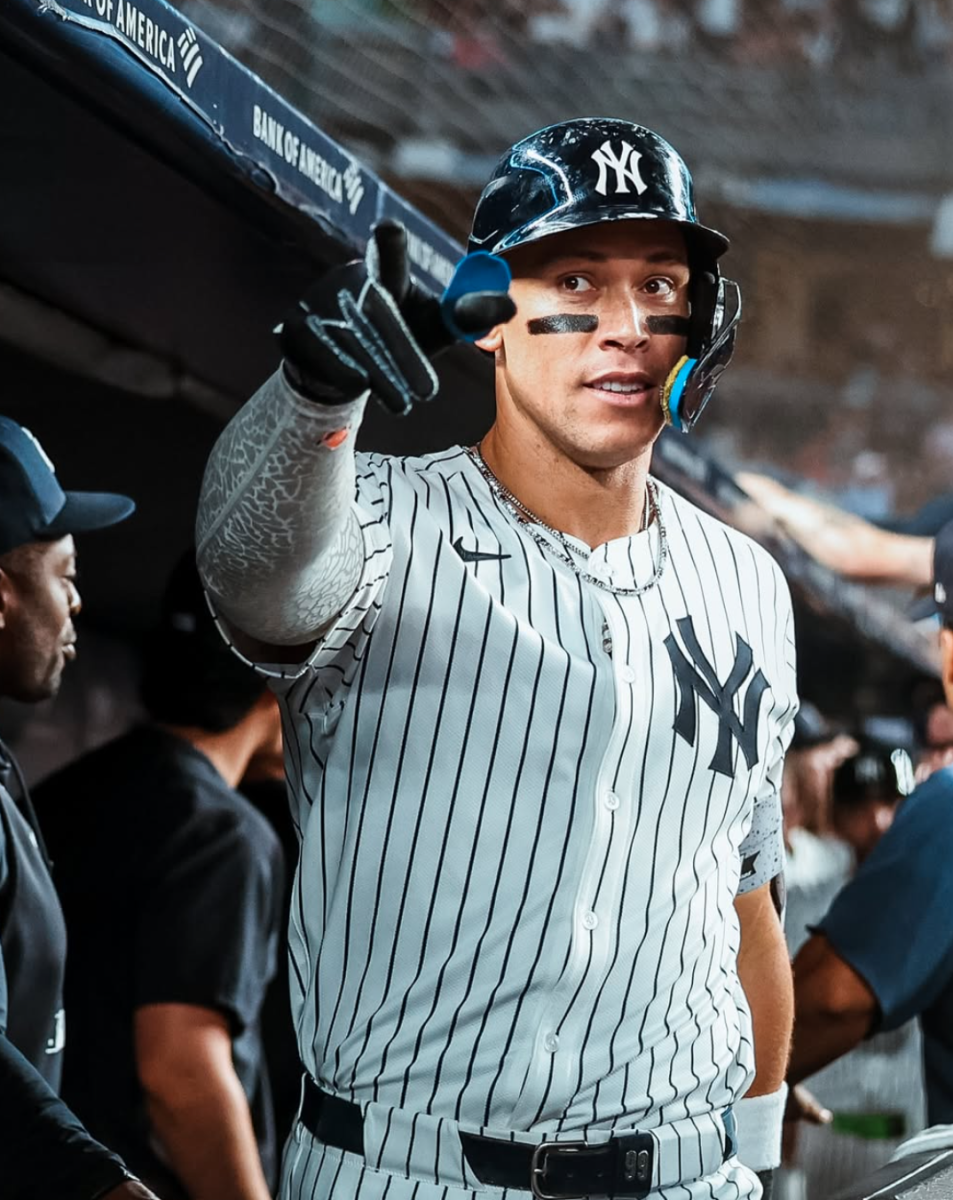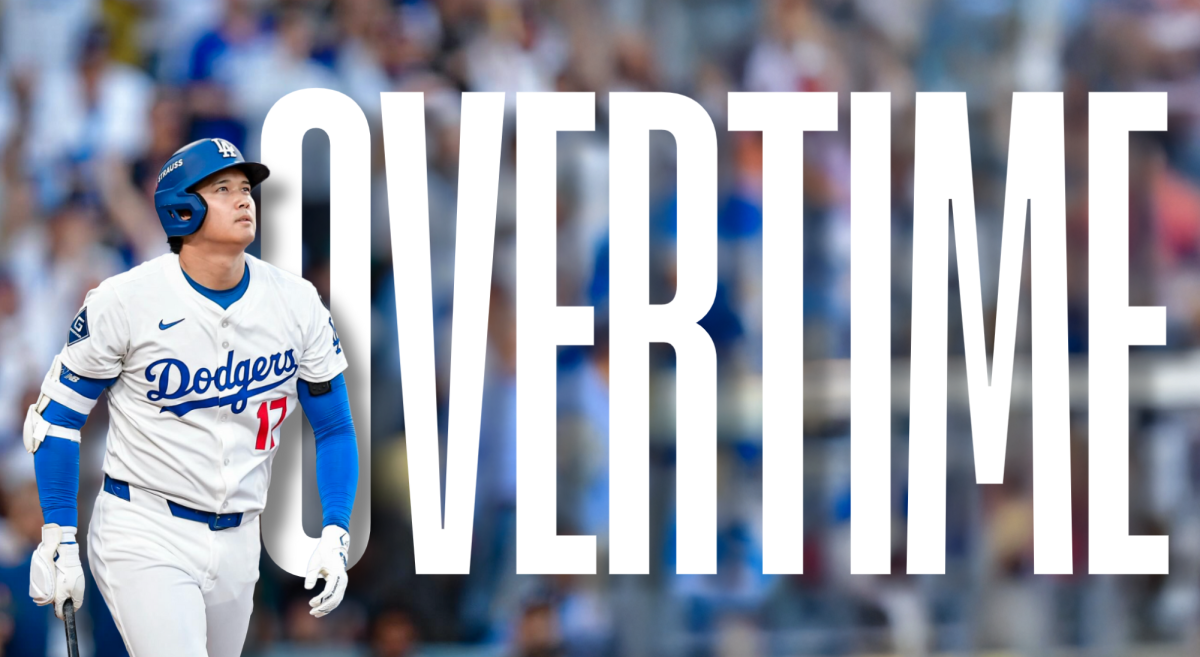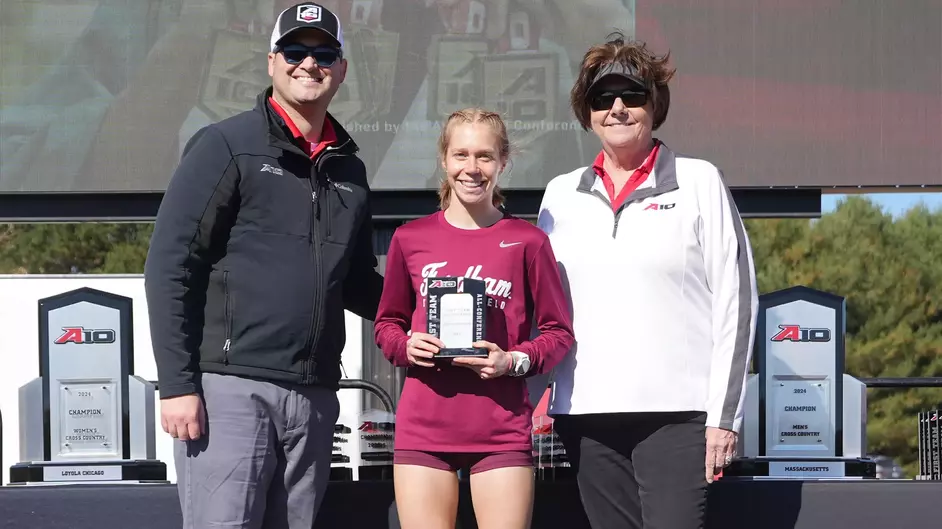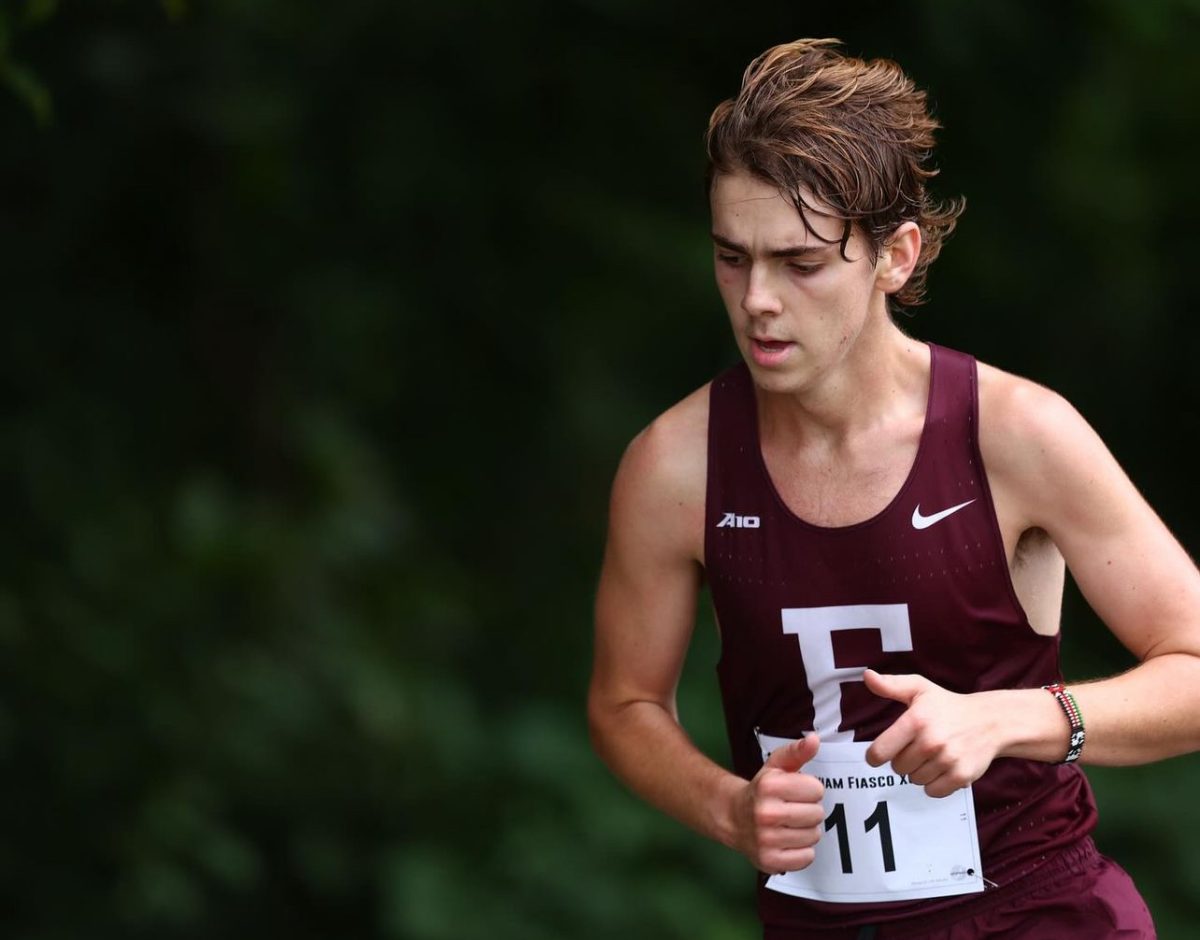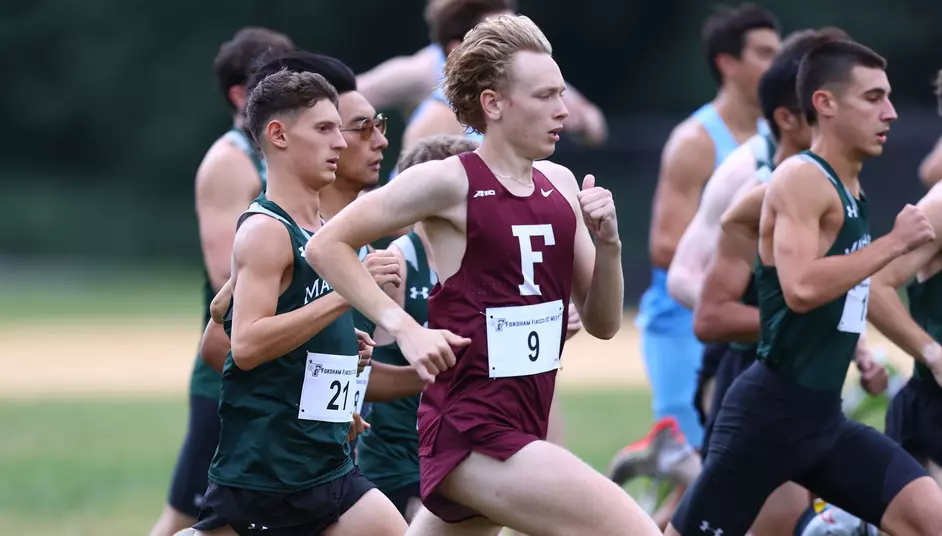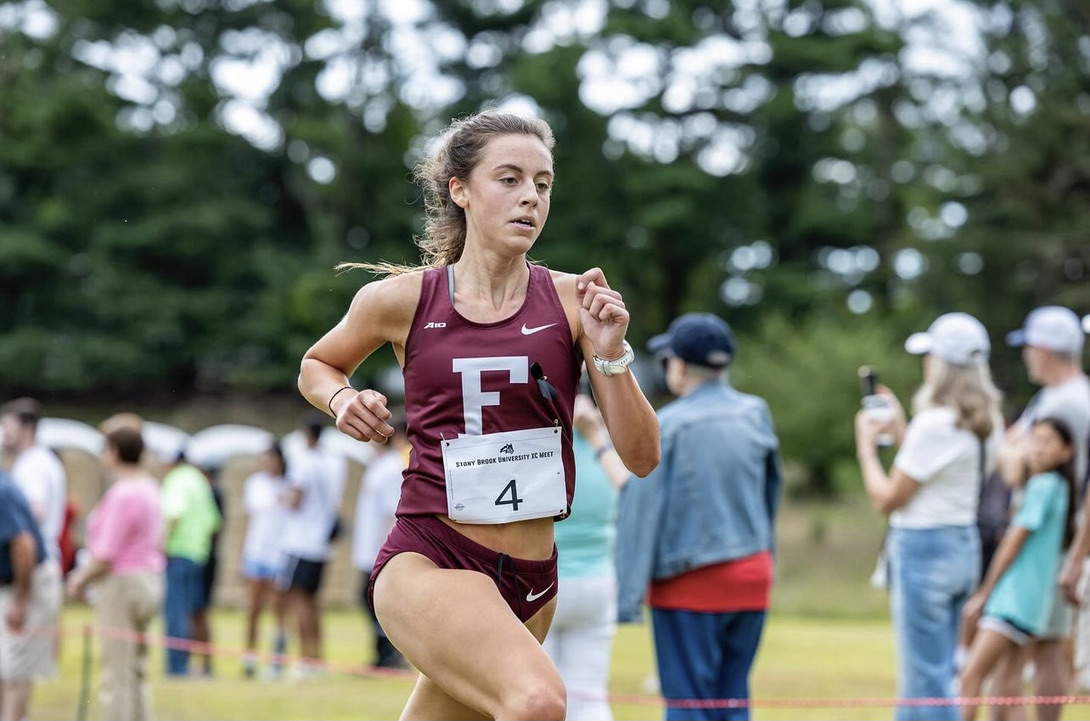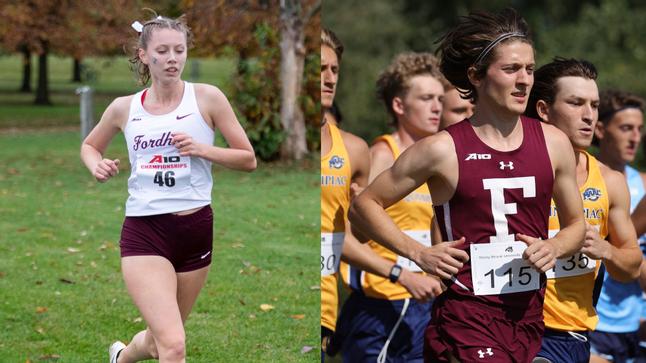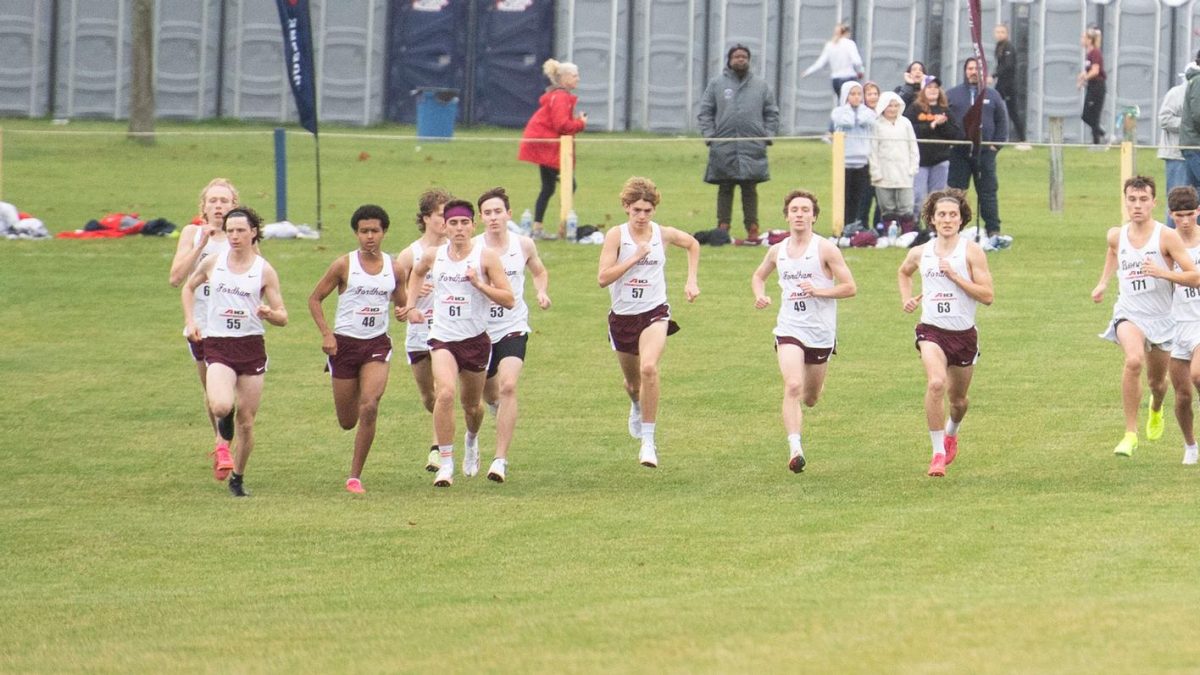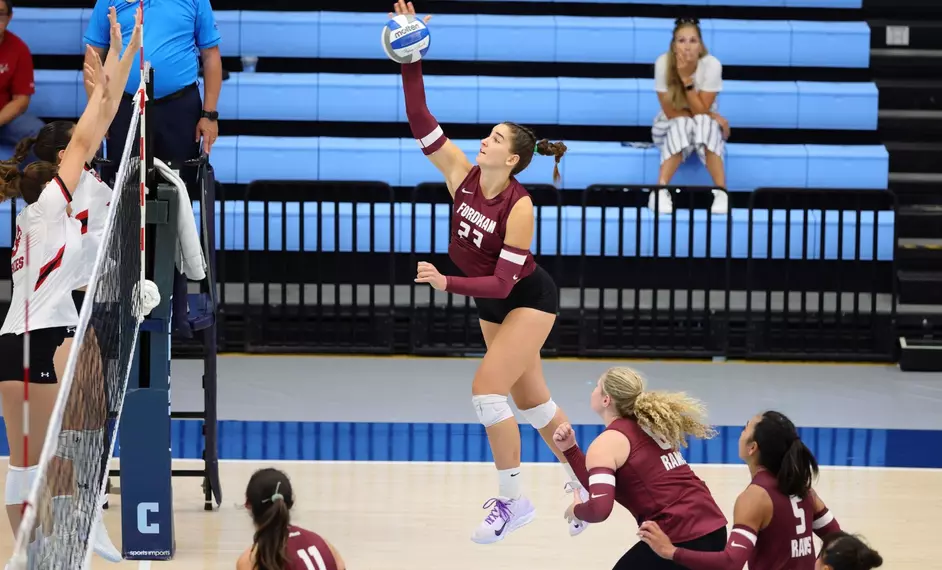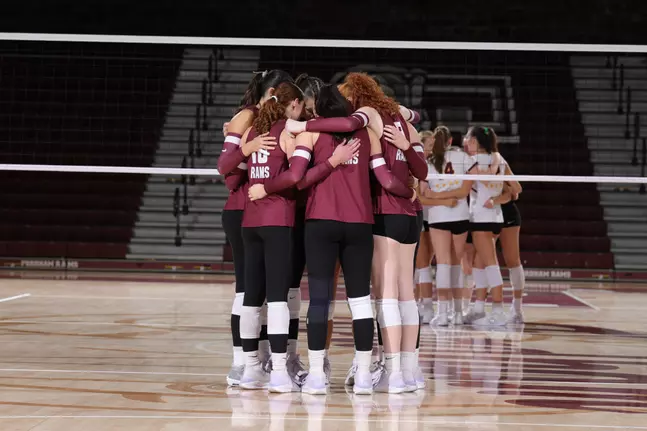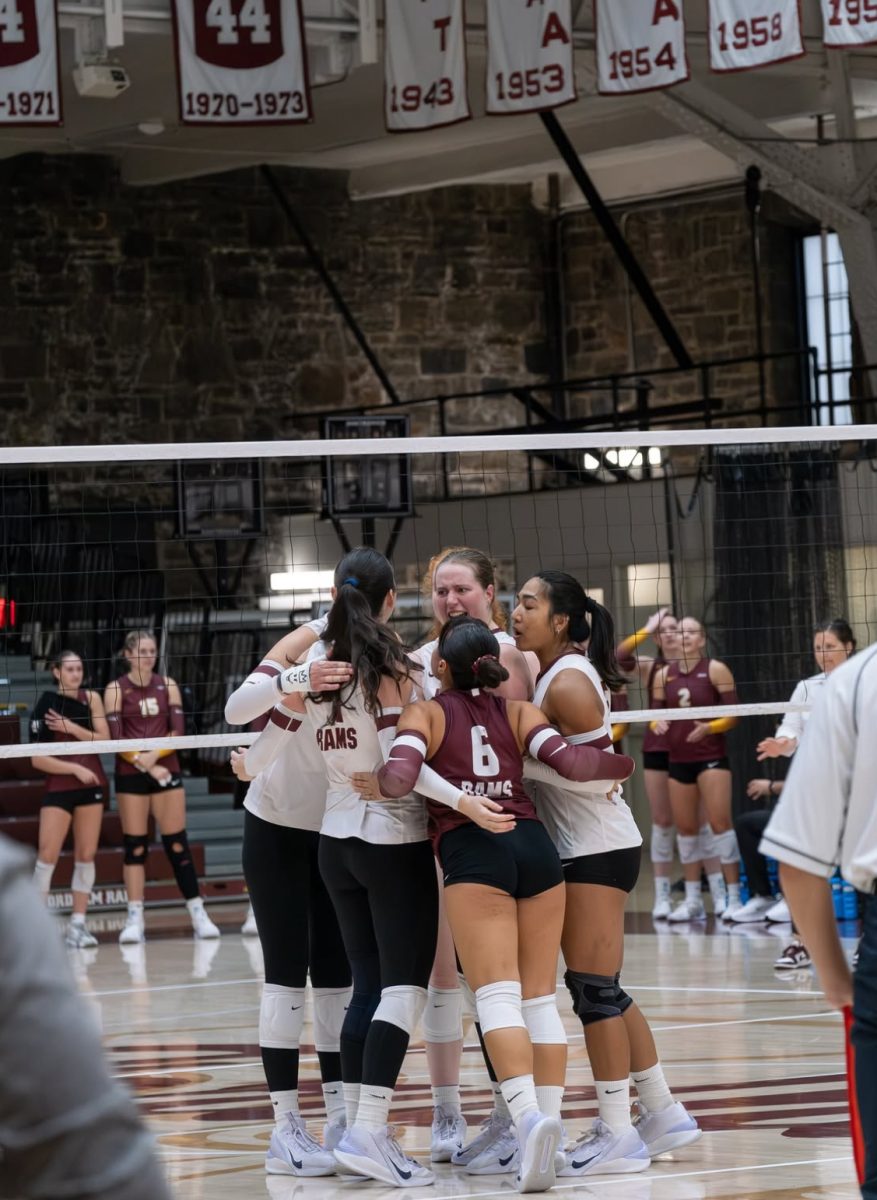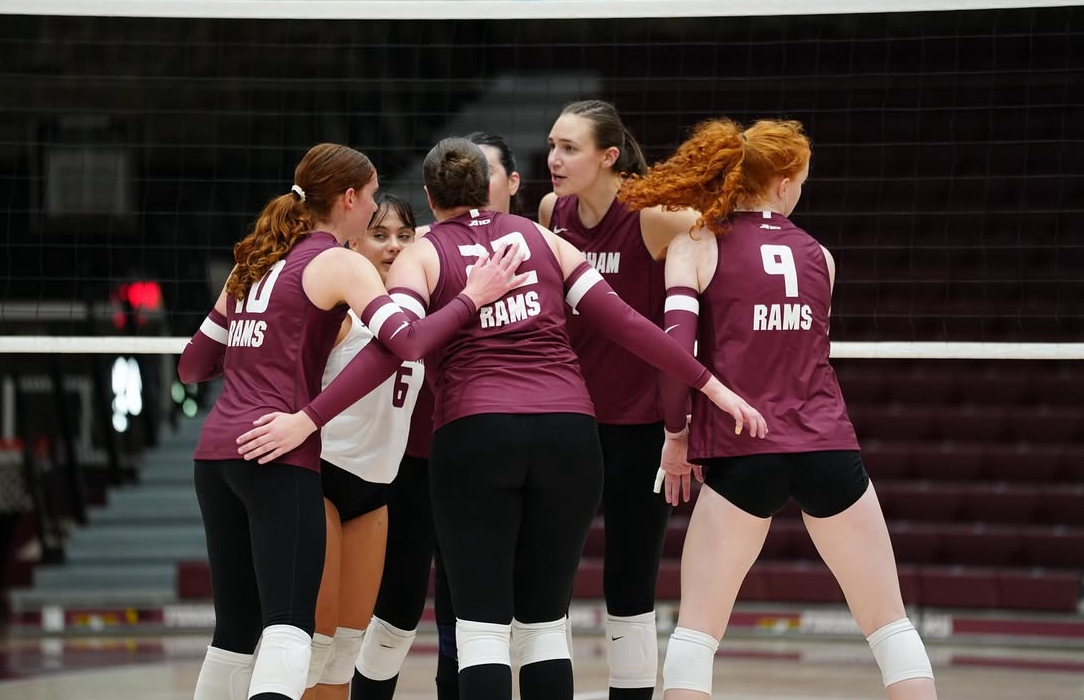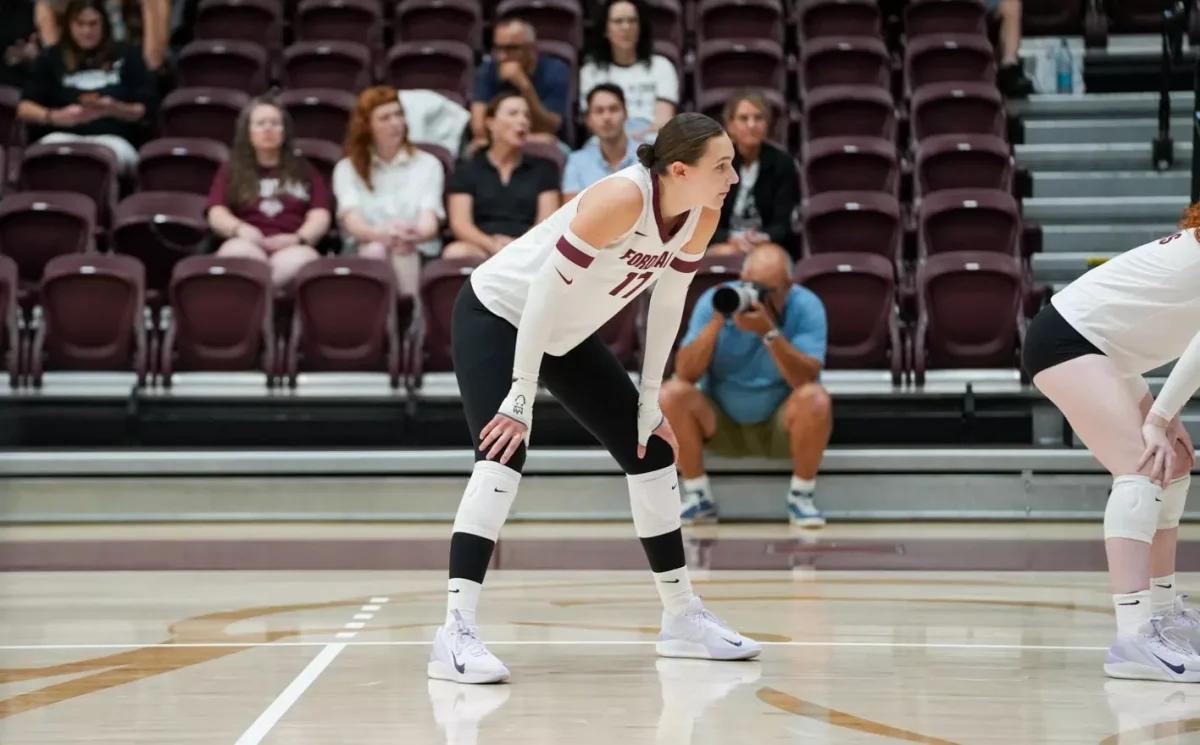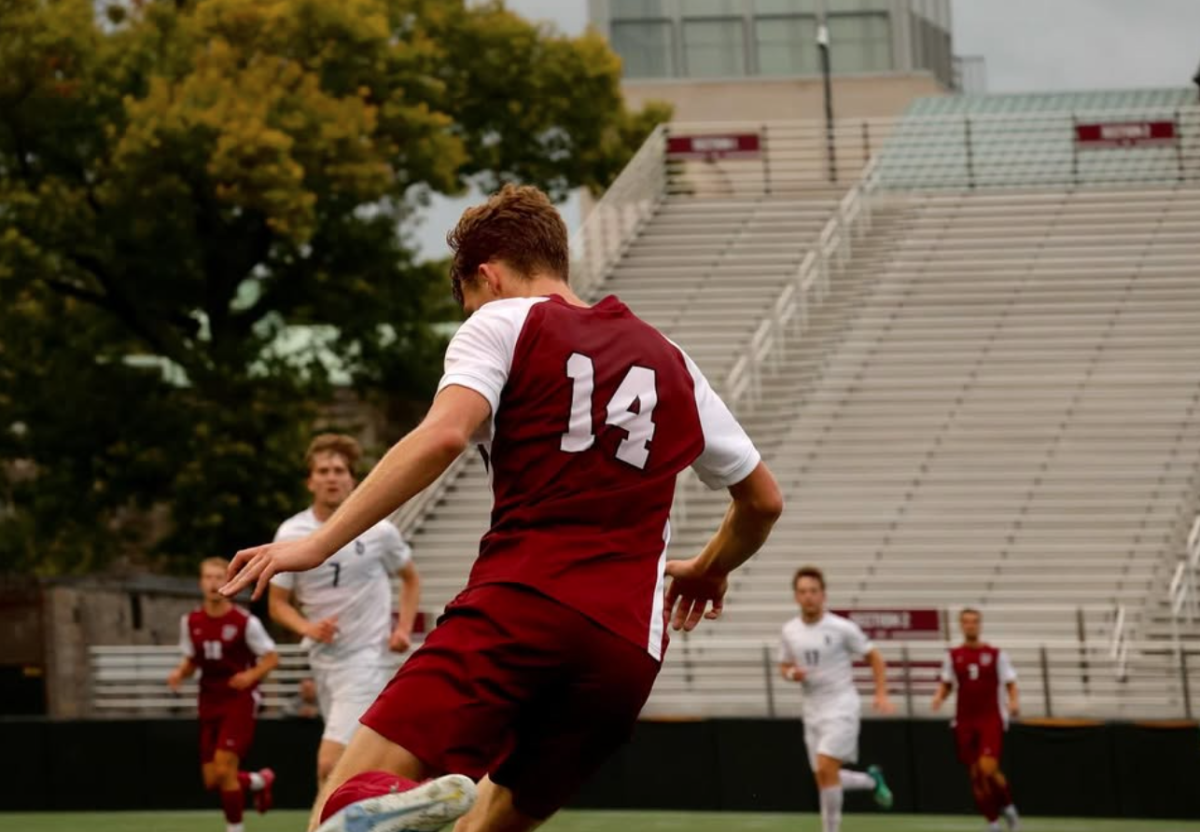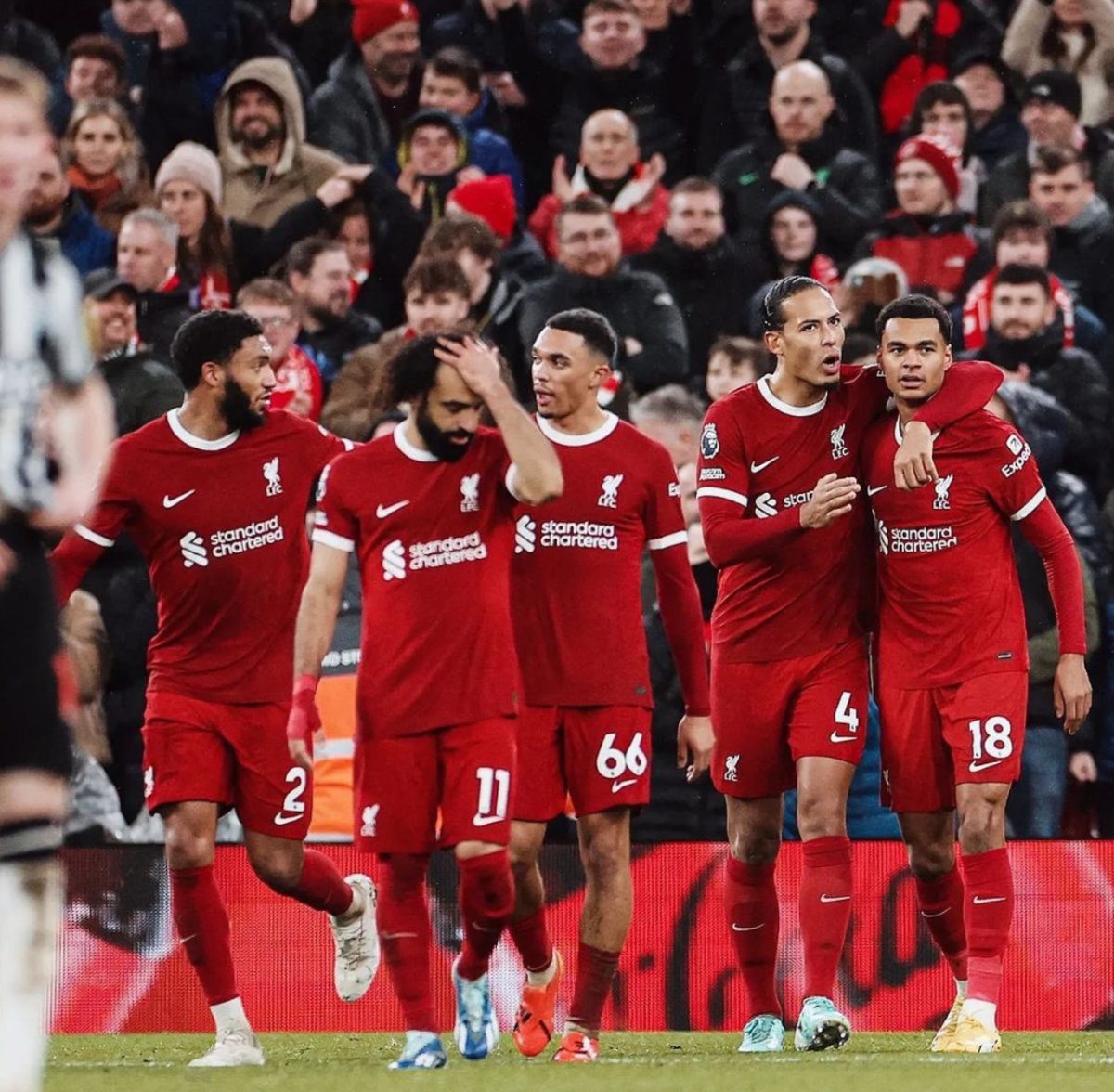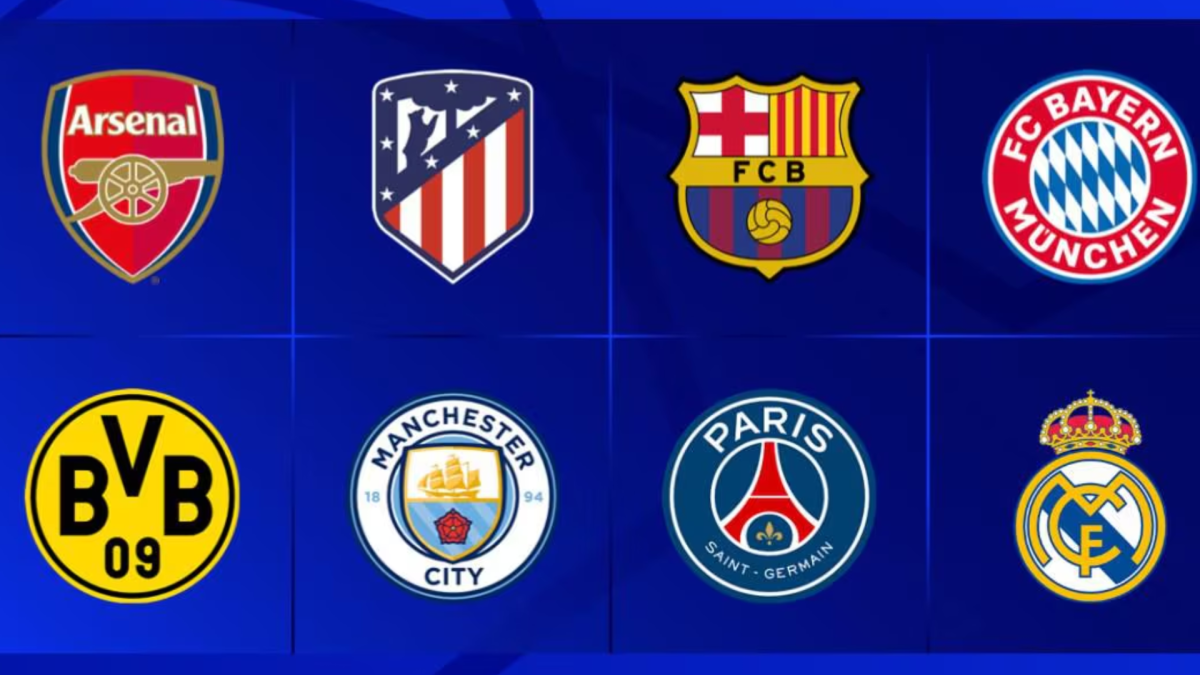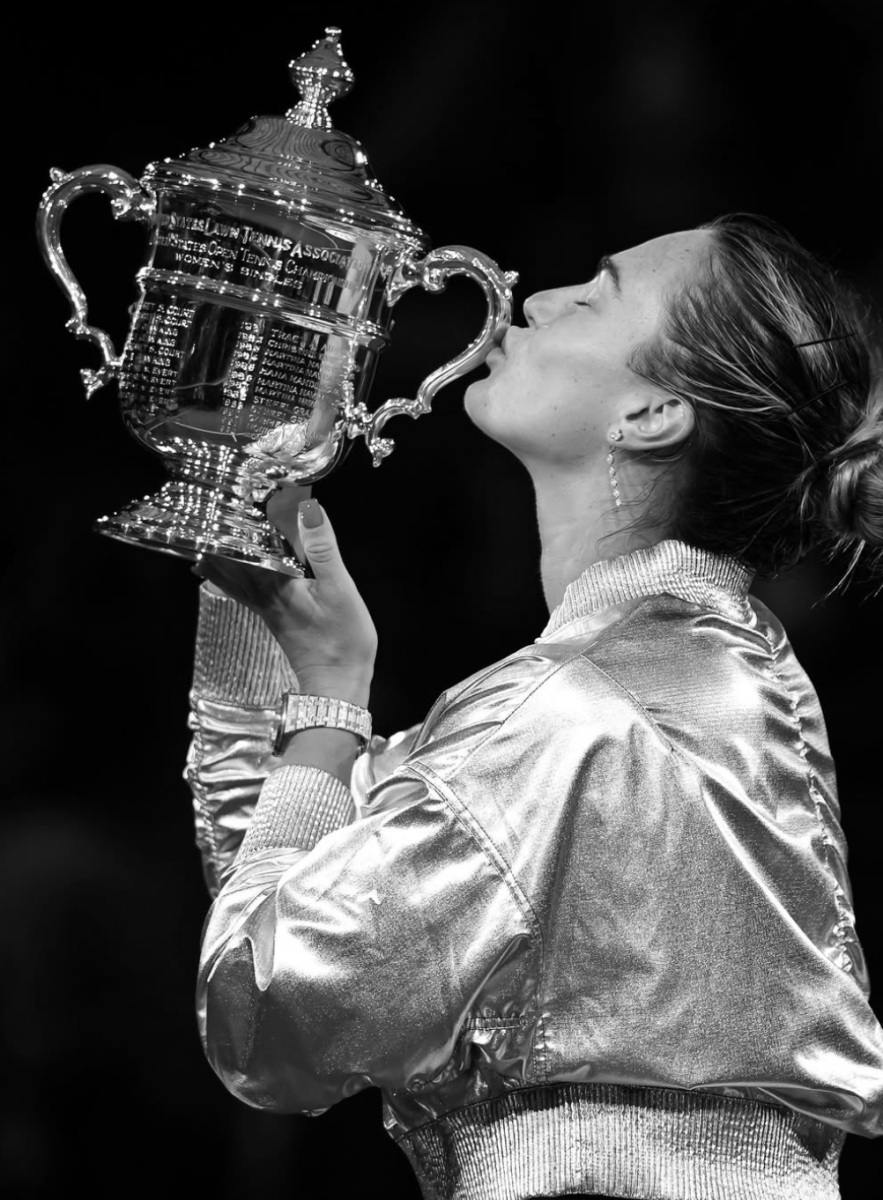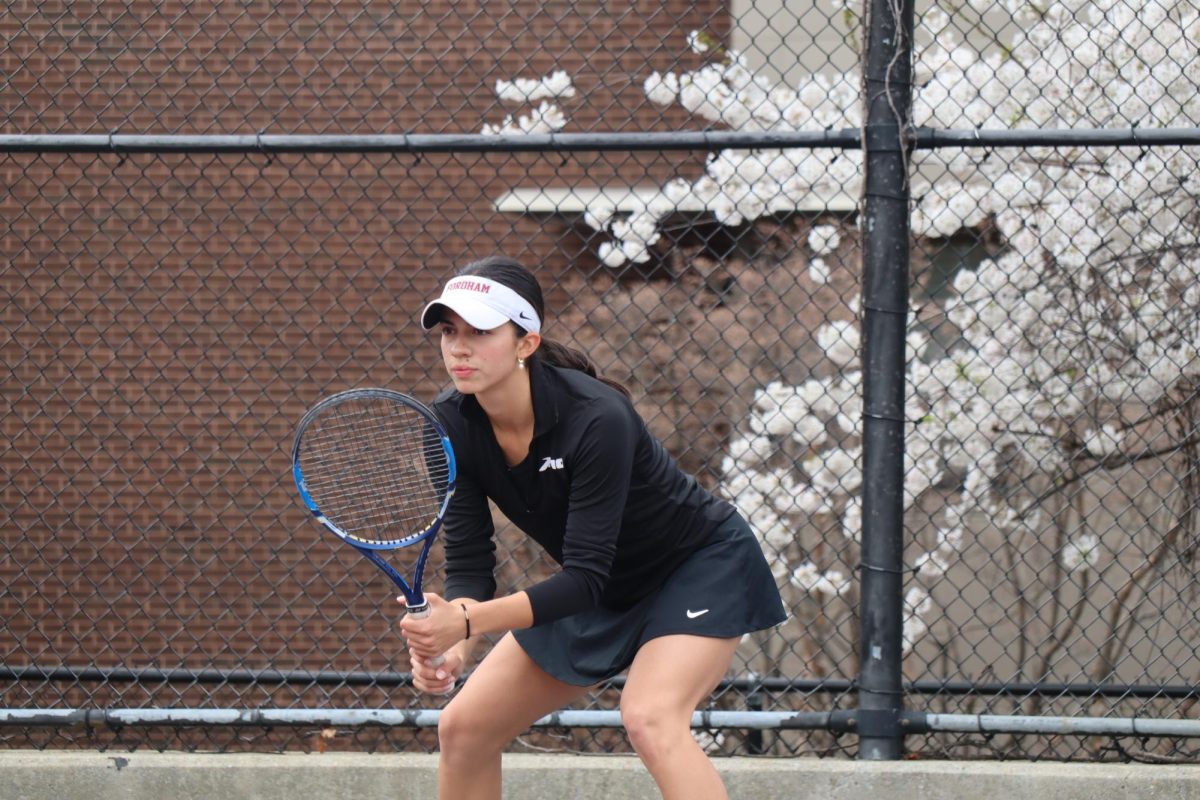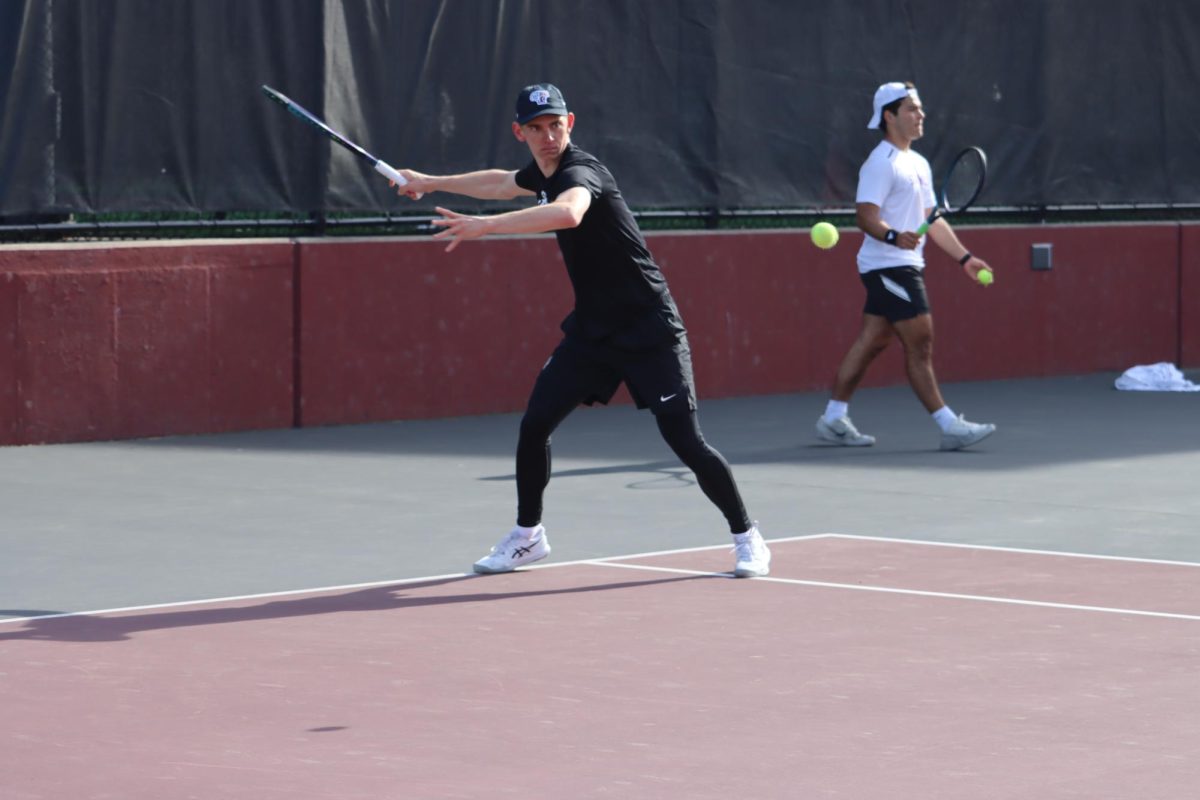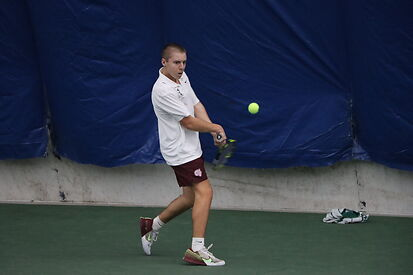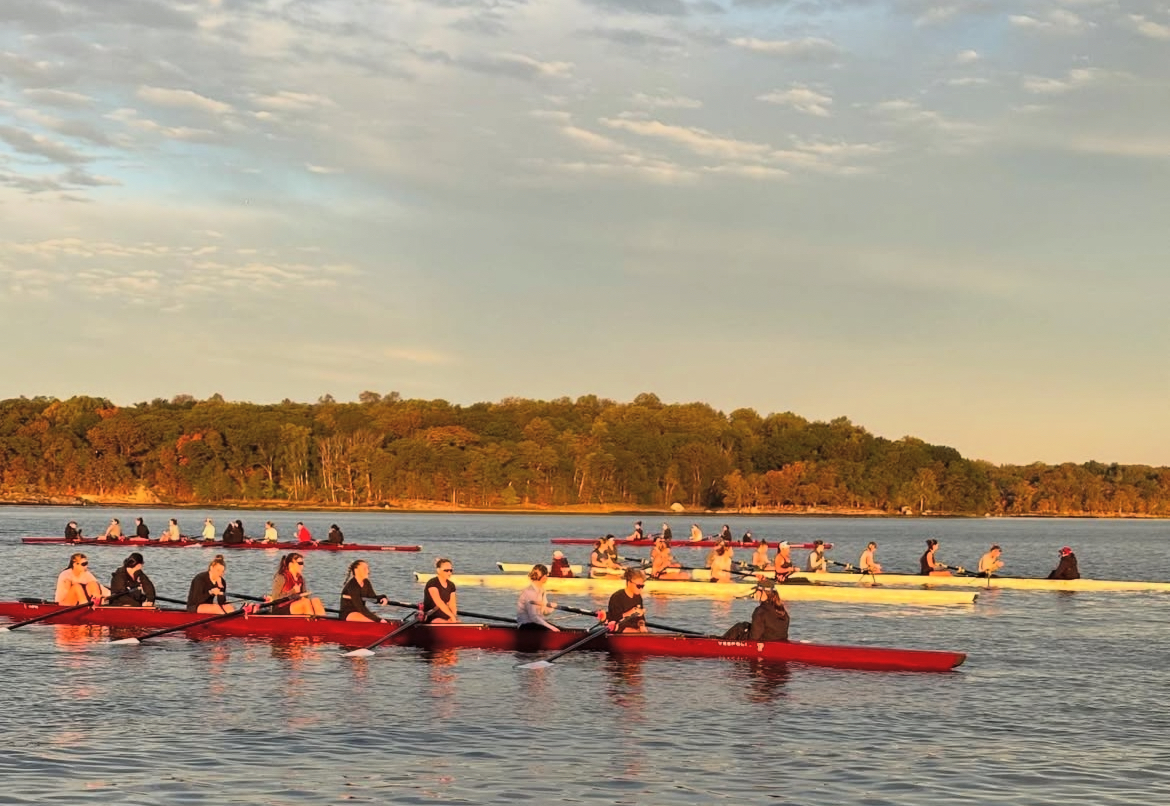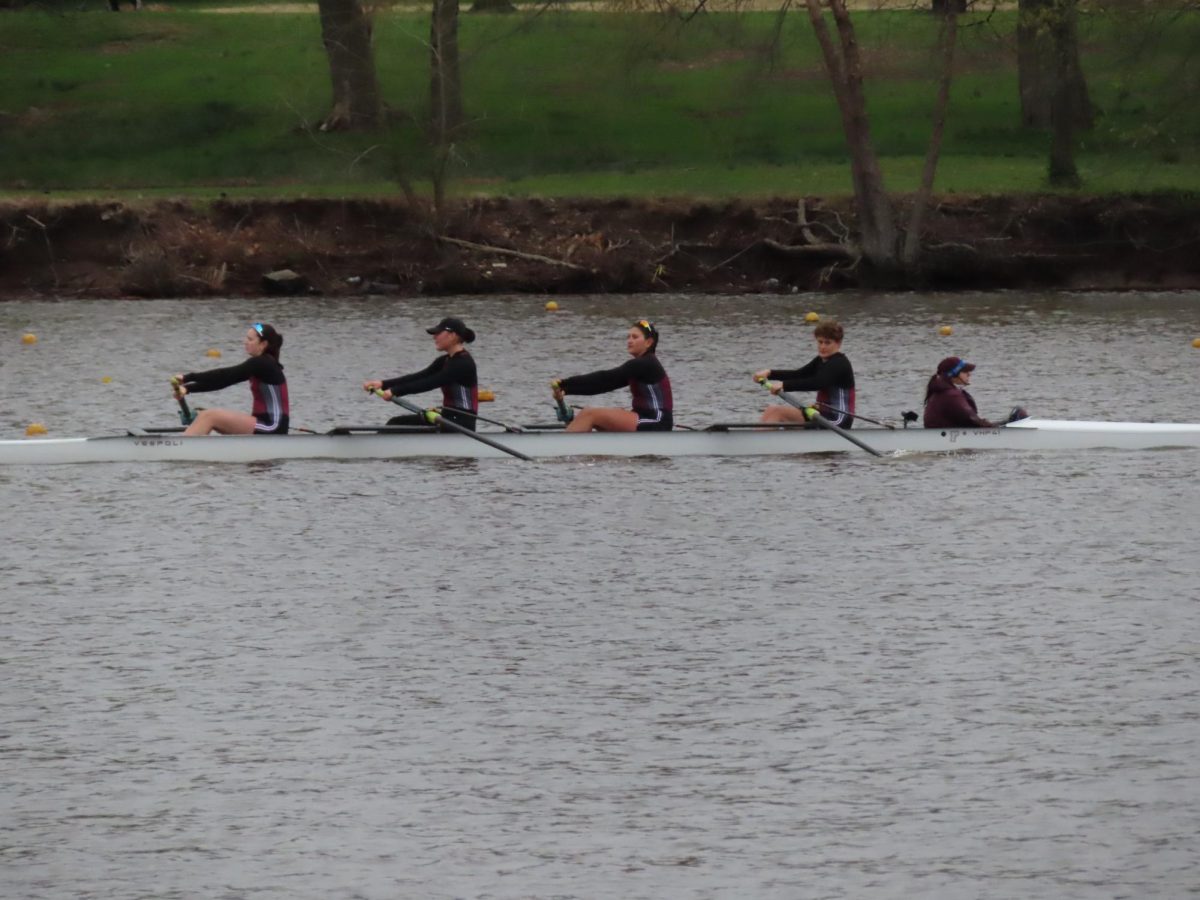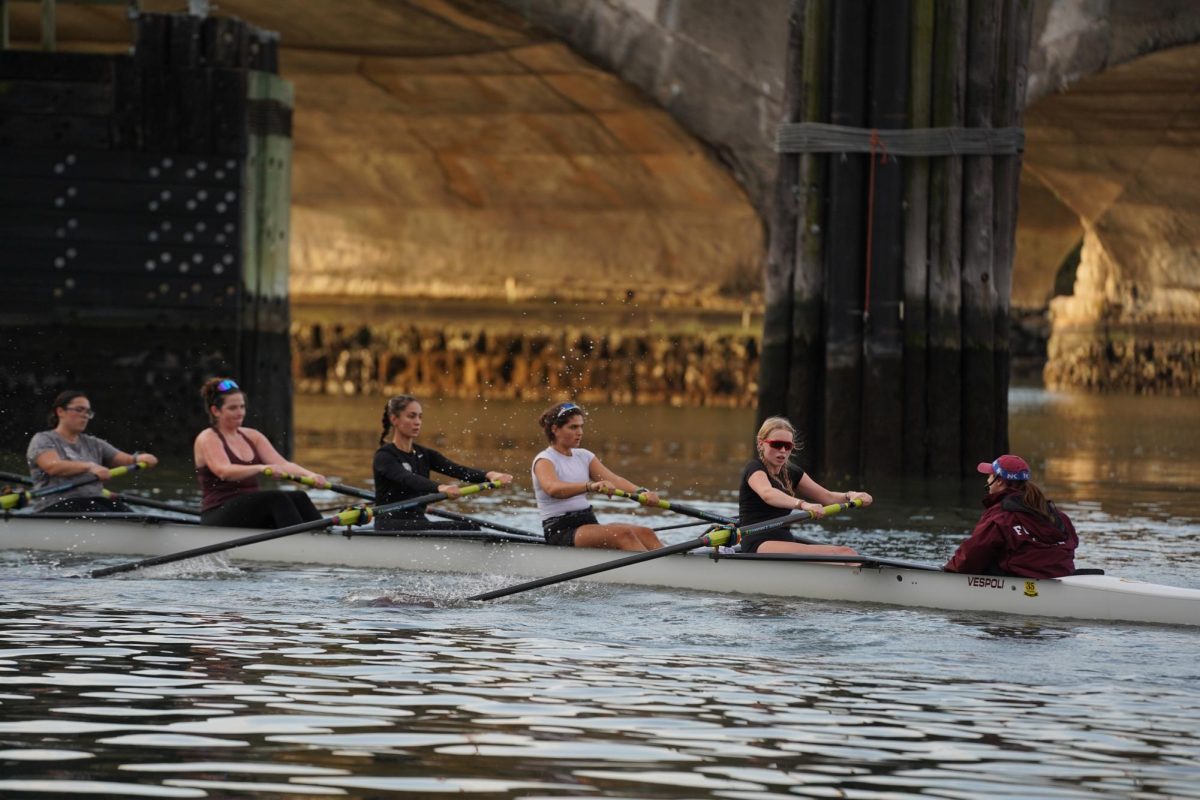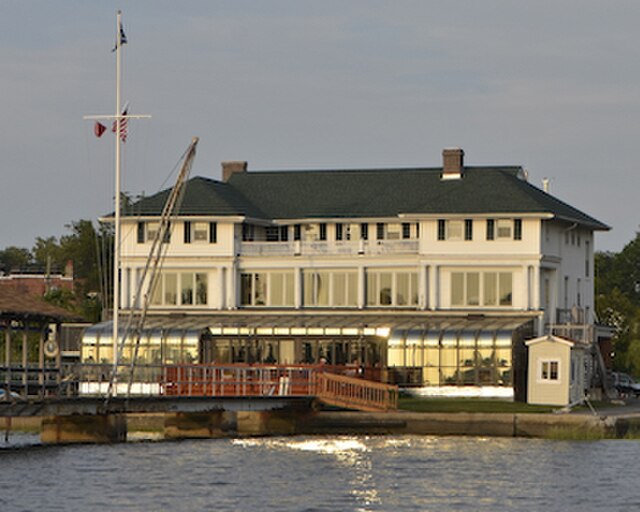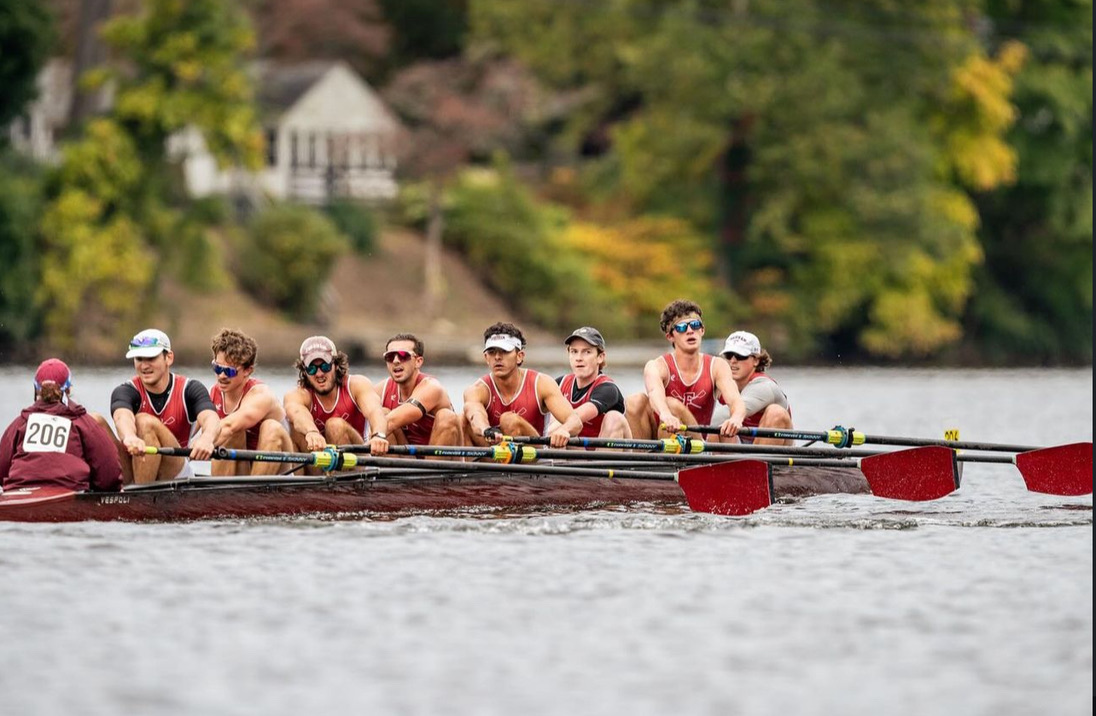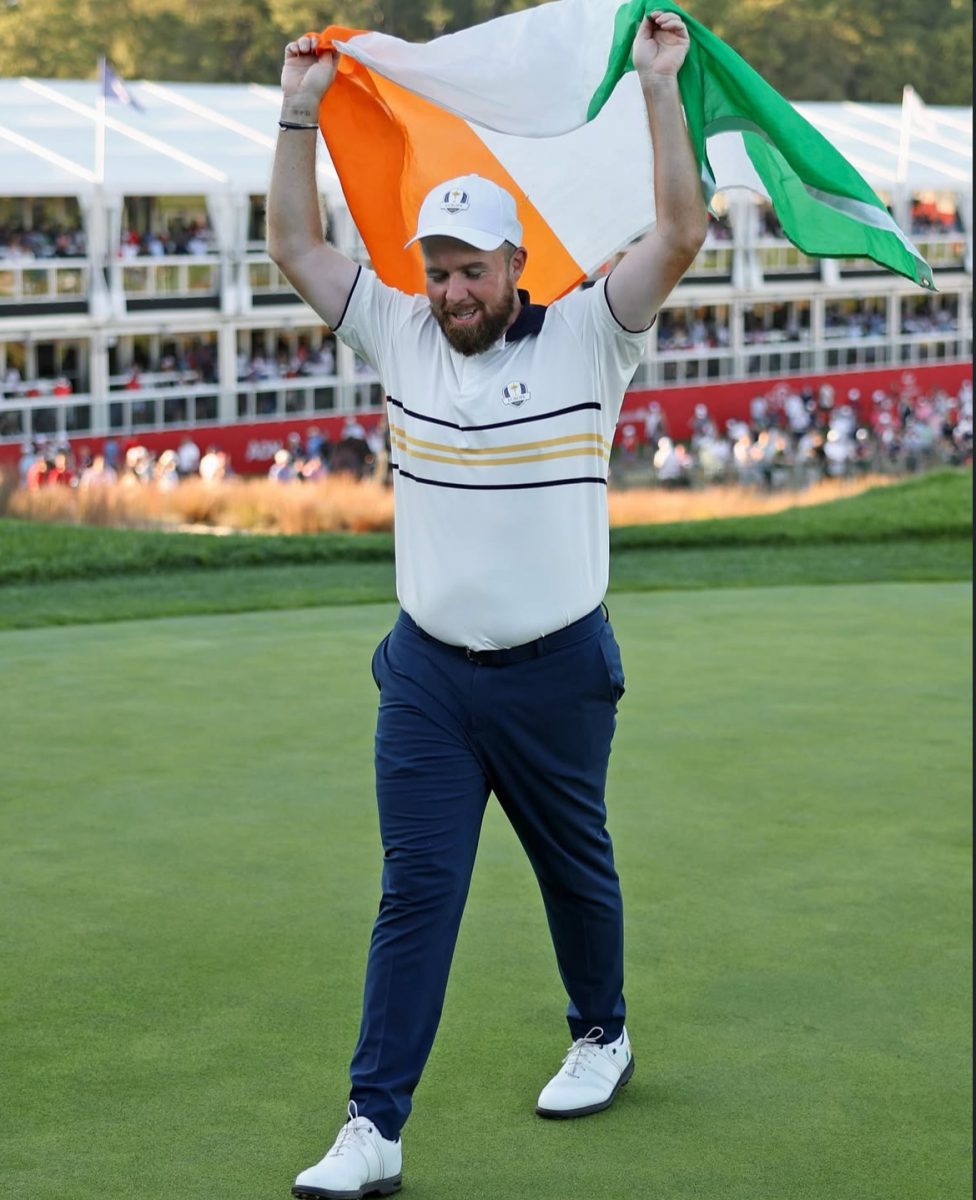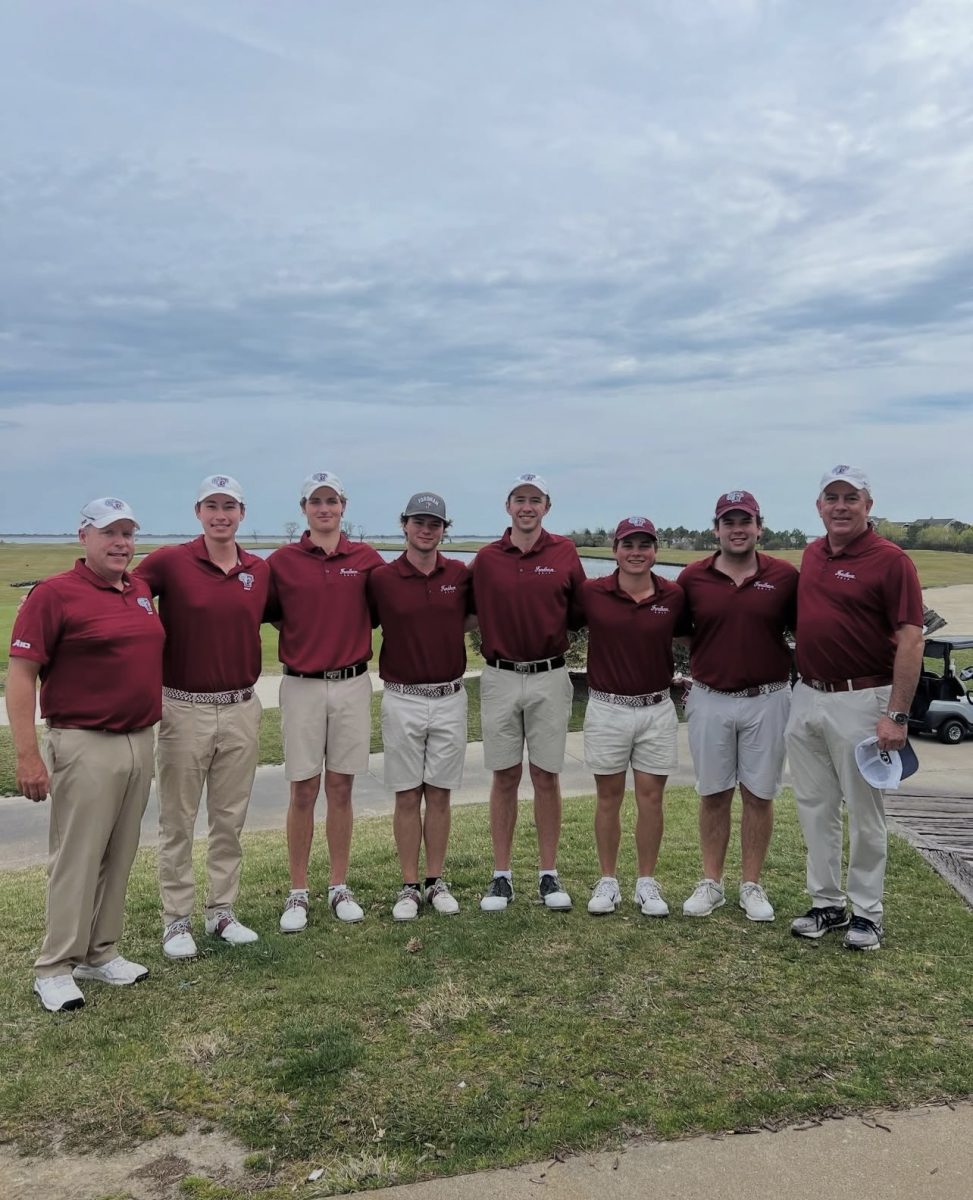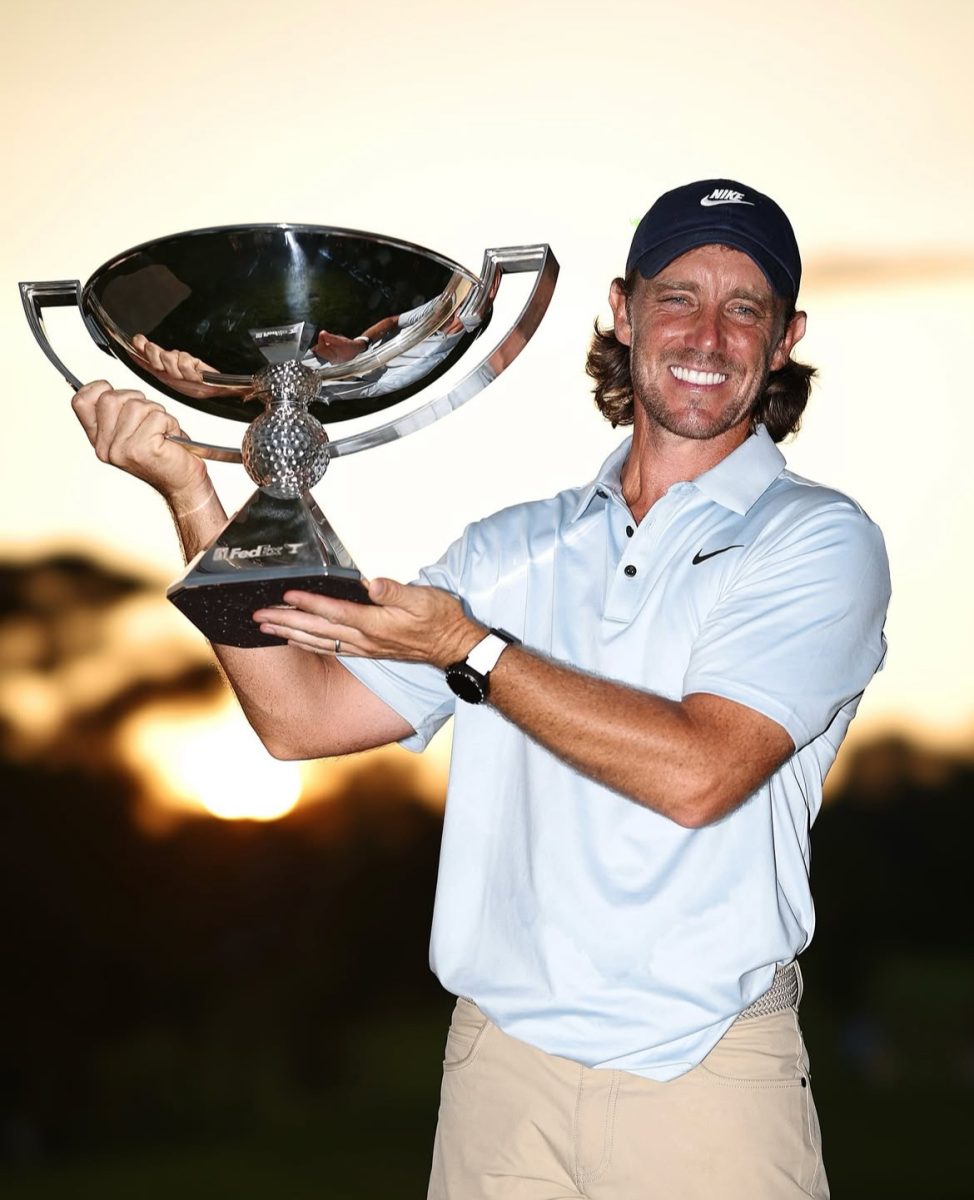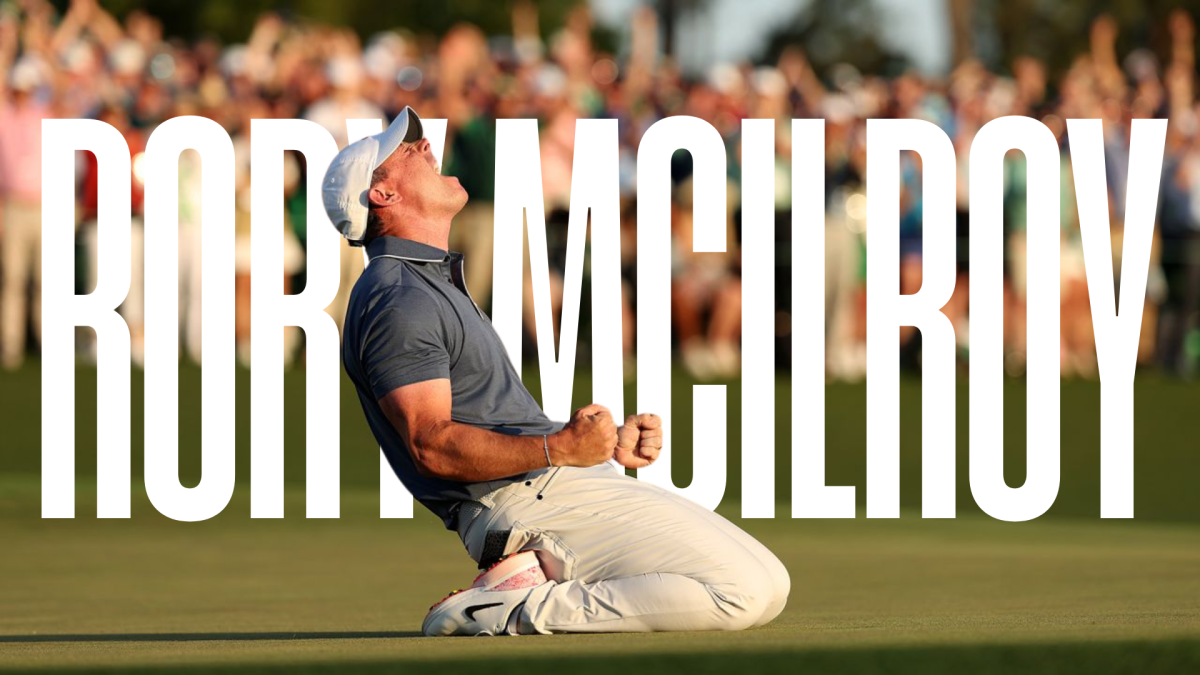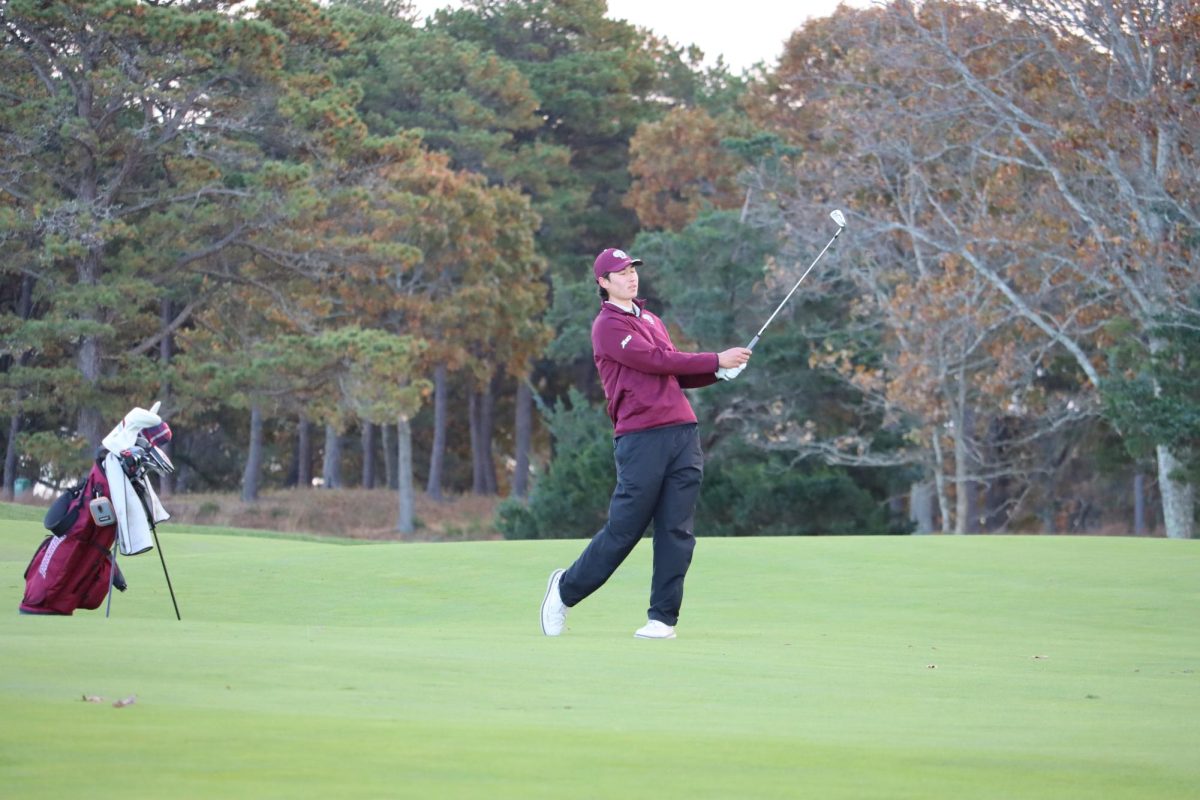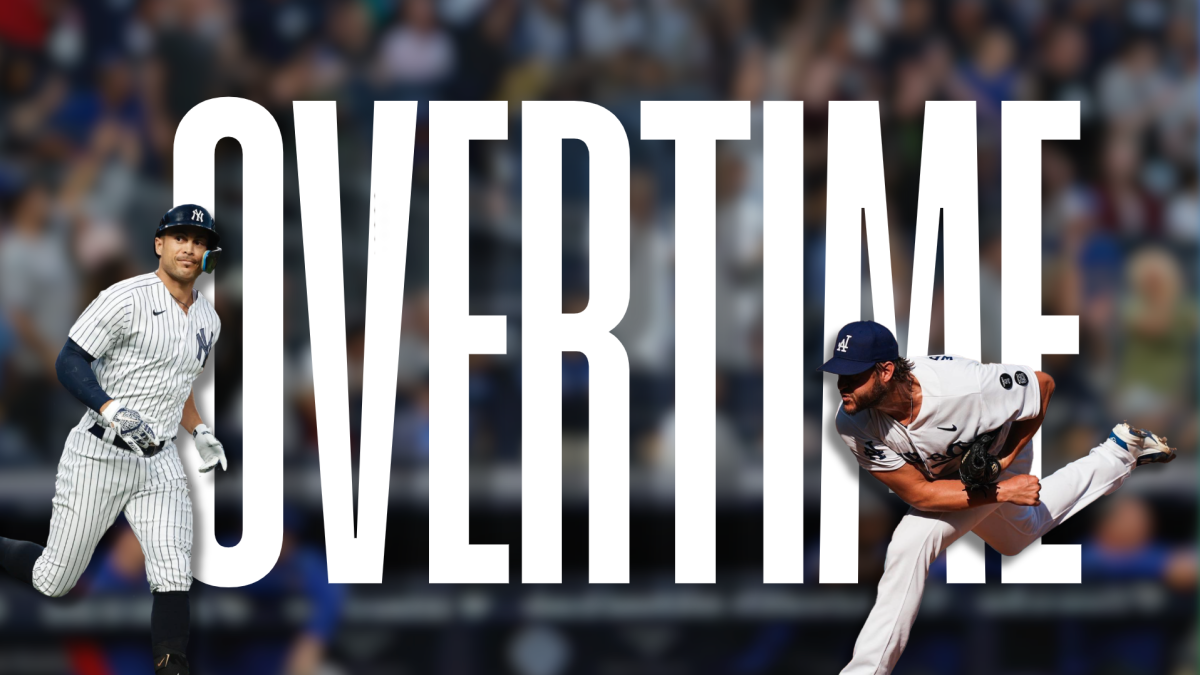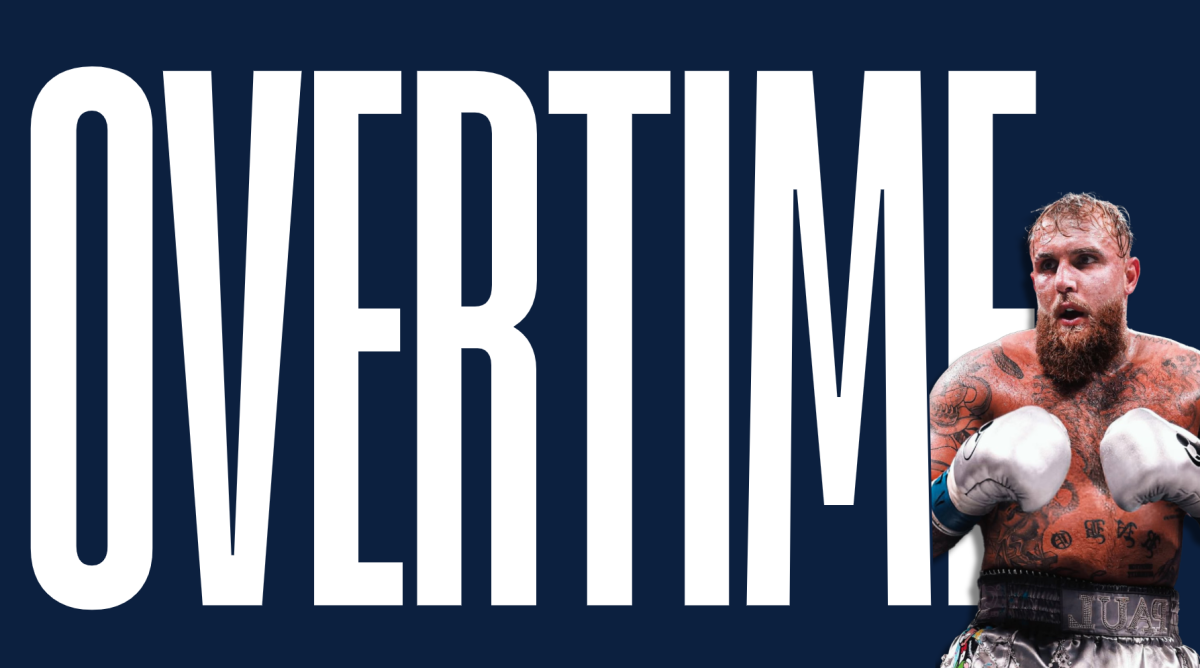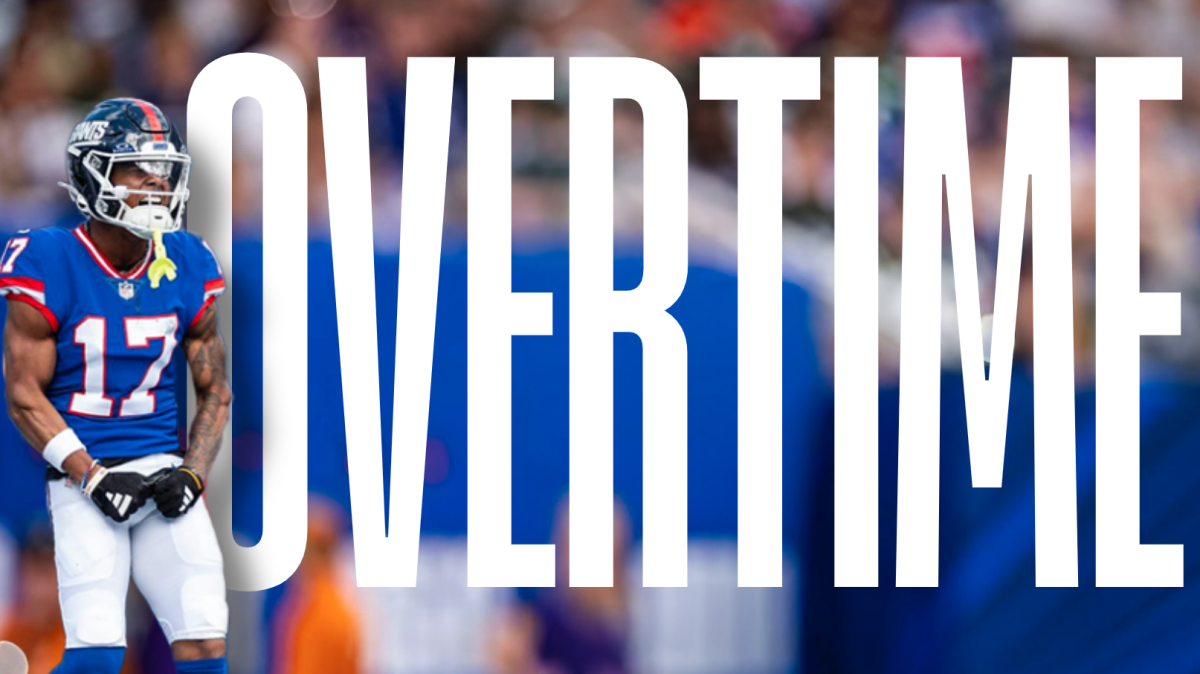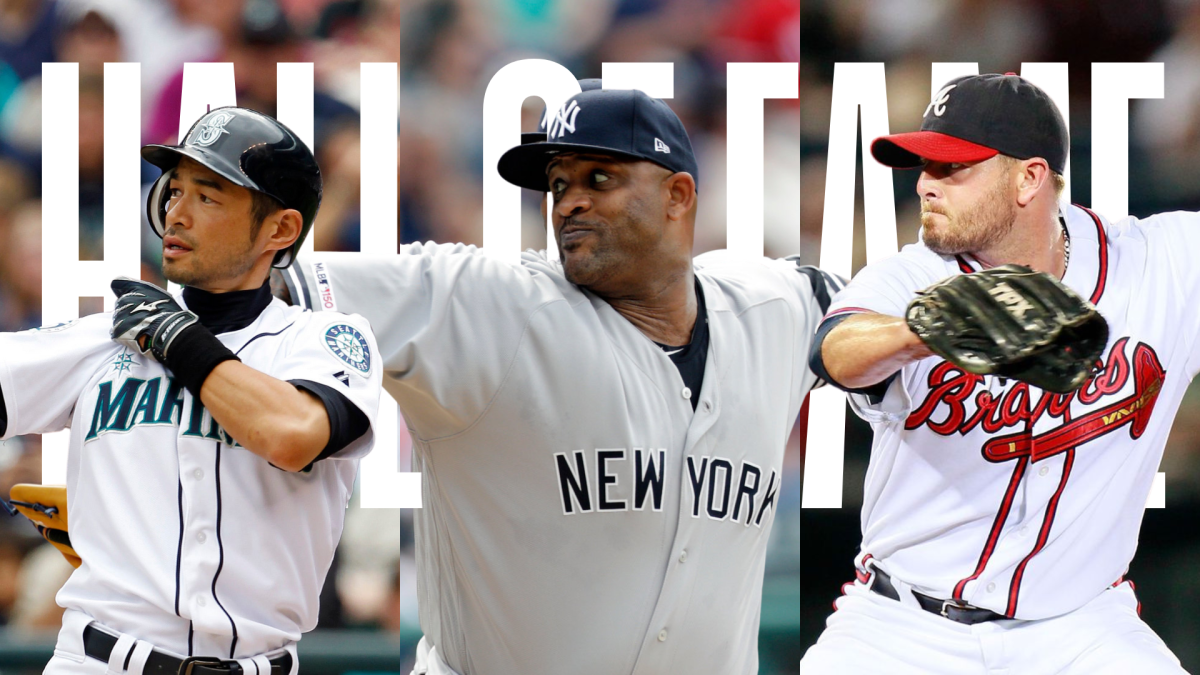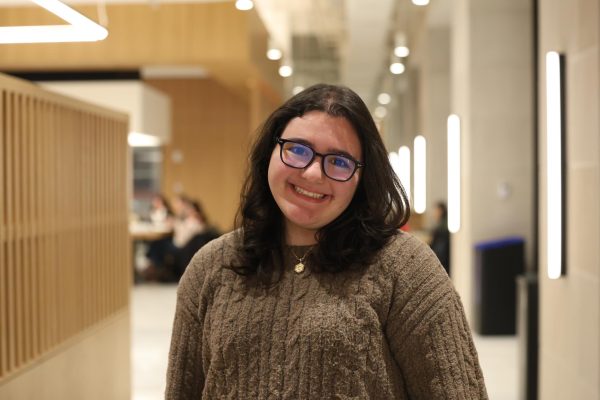Last Tuesday, Jan. 21, the National Baseball Hall of Fame announced this year’s Baseball Writers’ Association of America voting results. Ichiro Suzuki, CC Sabathia and Billy Wagner will join Dick Allen and Dave Parker, who were elected by the Classic Baseball Era Committee back in December, as part of the Class of 2025.
Suzuki and Sabathia were inducted in their first year on the ballot, with Suzuki falling just one vote shy of becoming the second unanimous Hall of Famer after Mariano Rivera. Wagner, meanwhile, earned his place on his final ballot, narrowly missing induction the previous year. Each had a different, yet in some ways similar, path that led to the same destination of baseball immortality.
Suzuki’s road to Cooperstown began as a fourth-round pick in the 1991 Nippon Professional Baseball (NPB) draft. Despite doubts about his small stature, he became a star with the Orix BlueWave after breaking out in 1994 by hitting .385 with 210 hits, setting the Japanese single-season record. Suzuki went on to win seven consecutive batting titles and three straight MVP awards.
After nine seasons in Japan, Suzuki signed with the Seattle Mariners in 2000, becoming Major League Baseball’s (MLB) first Japanese position player. The Japanese star made an immediate impact in his rookie season, leading the league in hits (242), batting average (.350) and stolen bases (56). His remarkable debut earned him both American League Rookie of the Year and Most Valuable Player honors, making him just the second player ever to win both awards in the same season.
Over his entire MLB career, Suzuki dazzled fans with his hitting, speed and defensive skills. He recorded 200 or more hits in each of his first 10 seasons, set the MLB single-season hits record with 262 in 2004 and won 10 Gold Gloves. Across 28 seasons, Suzuki accumulated 4,367 hits, 3,089 in MLB and 1,278 in NPB, the most in professional baseball history. He not only cemented his legacy with his statistics but also paved the way for all Japanese players, and although he is the first Japanese-born Hall of Famer, he certainly won’t be the last.
Sabathia, a first-round pick by the Cleveland Indians in 1998, also debuted in 2001, finishing runner-up to Suzuki in Rookie of the Year voting. However, it wasn’t until 2007 that he began to build his Hall of Fame résumé, winning the American League (AL) Cy Young Award with 19 wins, a 3.21 Earned Run Average (ERA) and 209 strikeouts over 241 innings.
In 2008, Sabathia was traded to the Milwaukee Brewers in a historic deadline deal. Over 17 starts, he posted an 11-2 record with a 1.65 ERA, including seven complete games and three shutouts, carrying the Brewers to their first playoff appearance in 26 years. The southpaw finished fifth in National League (NL) Cy Young voting and sixth in NL MVP voting, despite only pitching there for half the season.
That offseason, he signed a record-breaking $161 million contract with the New York Yankees, becoming the ace they needed after they missed the playoffs in 2008. In Sabathia’s first season in New York, he led the pitching staff en route to a World Series title, winning American League Championship Series MVP honors on the way.
Sabathia played 11 seasons with the Yankees, recording 134 wins and 1,700 strikeouts. He retired with 251 career wins and 3,093 strikeouts, and joined Randy Johnson and Steve Carlton as the only left-handers in MLB history to reach 250 wins and 3,000 strikeouts, both of whom he will join in Cooperstown this summer.
Wagner’s journey to the Hall was far from easy. After a challenging childhood that included times when his family had little to eat and teaching himself to throw left-handed after he broke his right arm multiple times, he became one of the best relievers of all time.
Wagner, a Division III product out of Ferrum College, was drafted 12th overall by the Houston Astros in 1993 and debuted in the majors in 1995. Named the Astros’ full-time closer in 1997, he recorded the first of nine 30-plus save seasons in 1998. In 1999, Wagner earned his first All-Star nod and finished fourth in NL Cy Young voting with 39 saves, a 1.57 ERA and 124 strikeouts.
The flamethrower posted three more 35-plus save seasons in Houston, earning two additional All-Star appearances before spending two years with the Philadelphia Phillies and four with the New York Mets, tacking on three more All-Star nods. He returned late in 2009 with the Red Sox and closed out his career in 2010 with the Braves, saving 37 games and posting a 1.43 ERA at age 38.
Wagner retired in 2010 with 422 saves (eighth all-time), a 2.31 ERA and 1,196 strikeouts, fanning 33.2% of hitters faced over 16 dominant seasons. In his tenth and final ballot, he finally garnered the necessary votes to secure his place in Cooperstown, making him one of just nine primary relievers to do so.
The Class of 2025 showcases several paths to baseball greatness. Suzuki, the international icon and trailblazer. Sabathia, the traditional ace. Wagner, the gritty closer who defined resilience on and off the mound. Their induction will take place on the last weekend of July in Cooperstown, New York.

